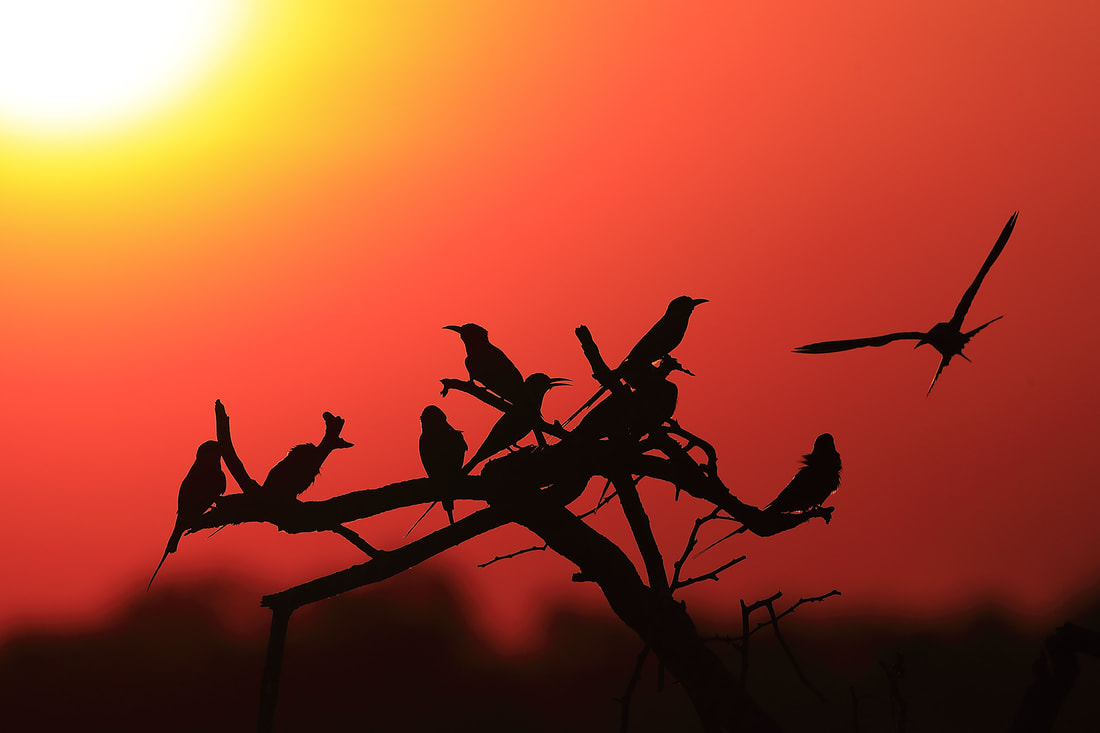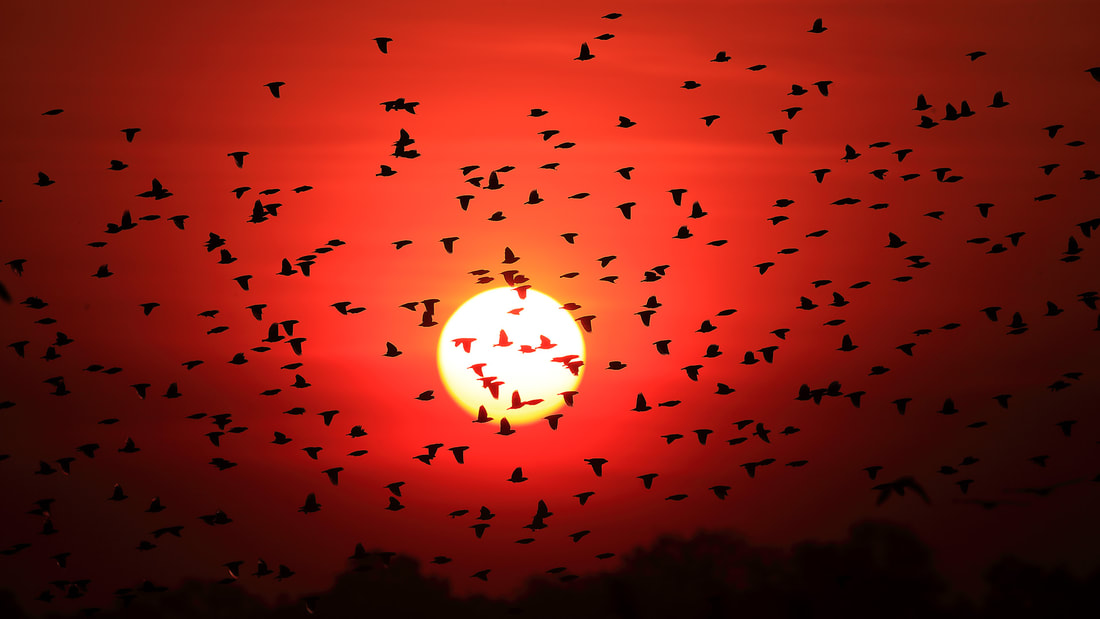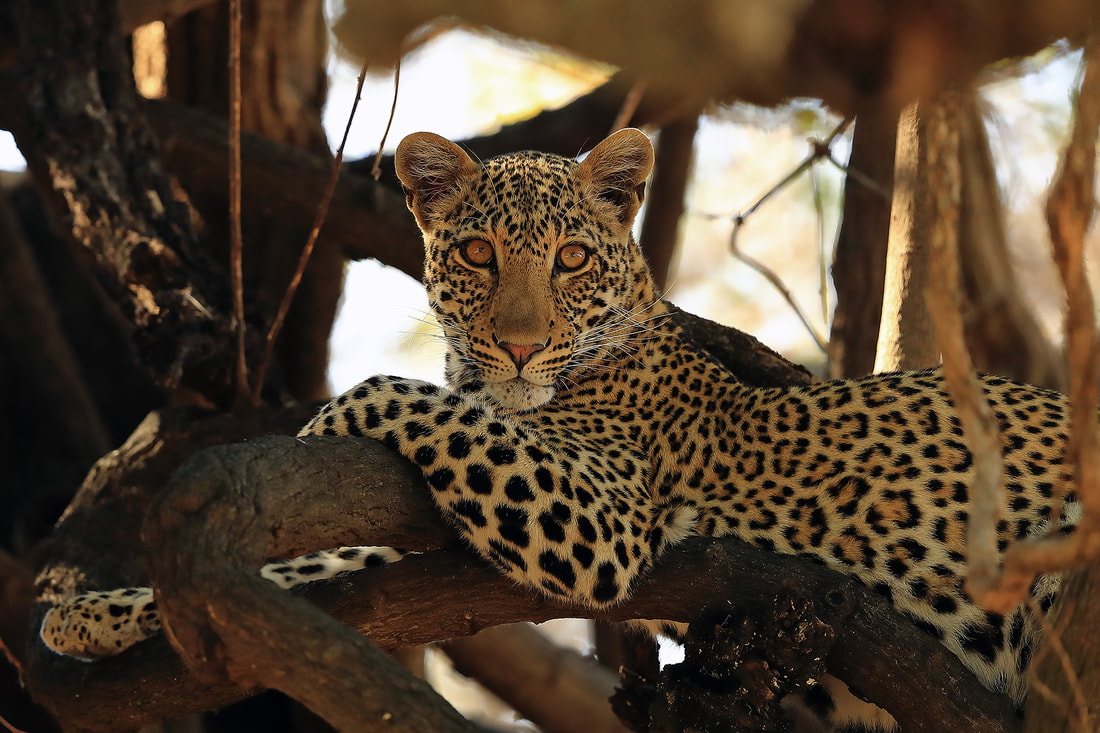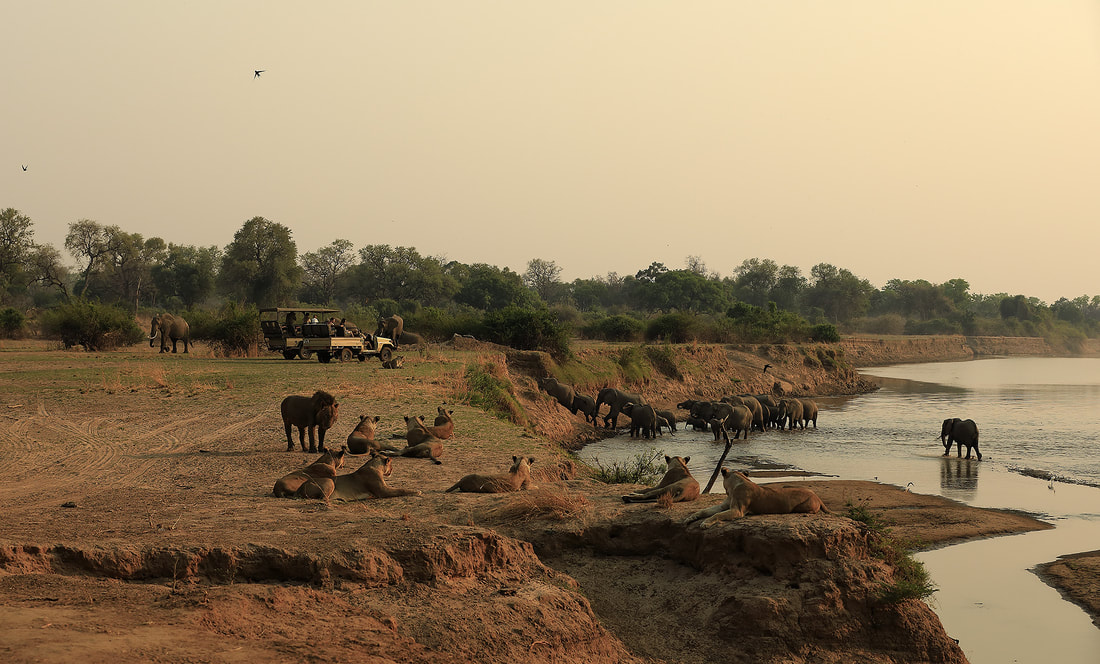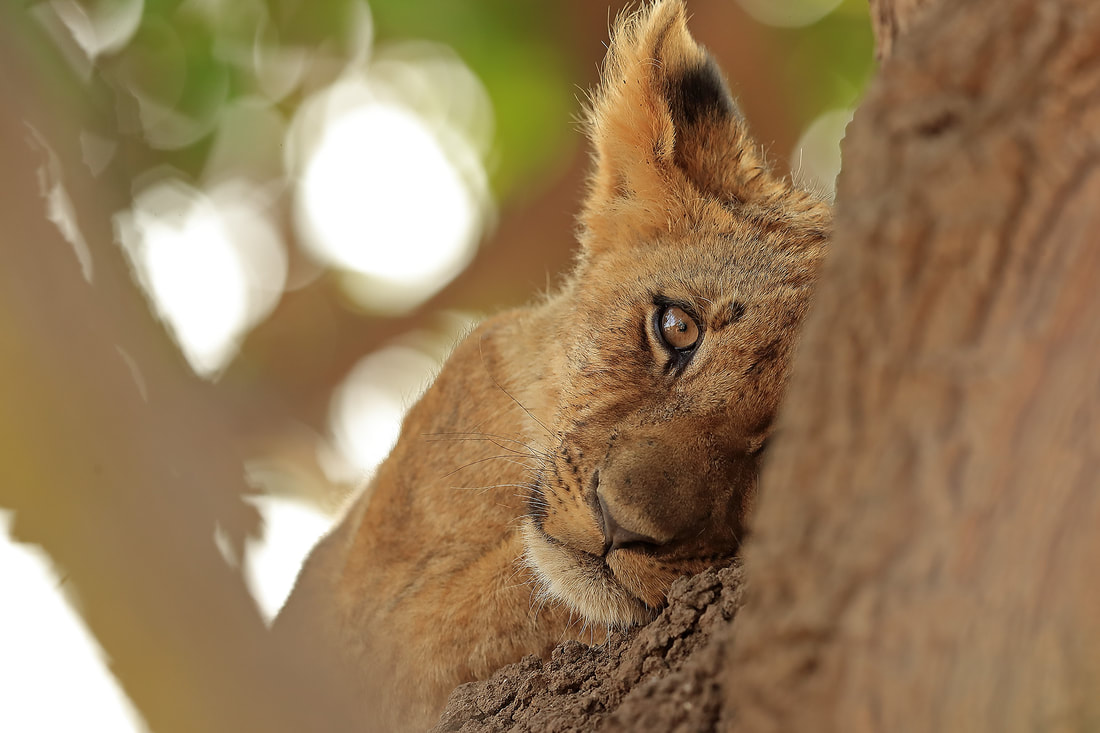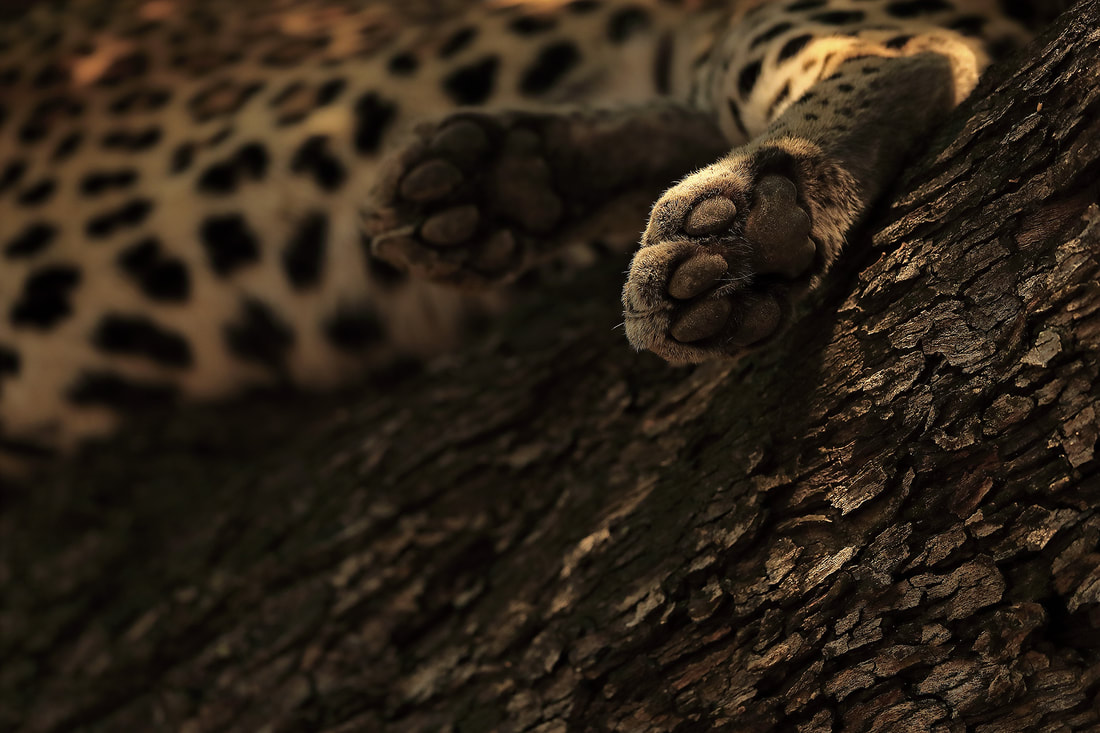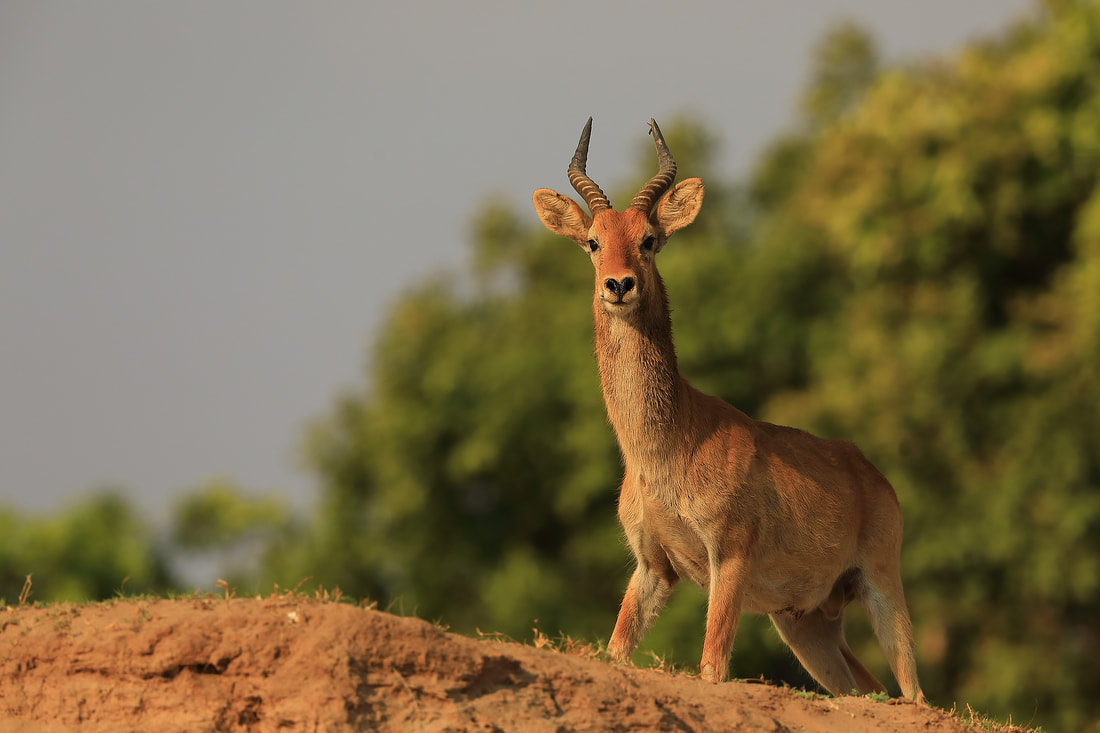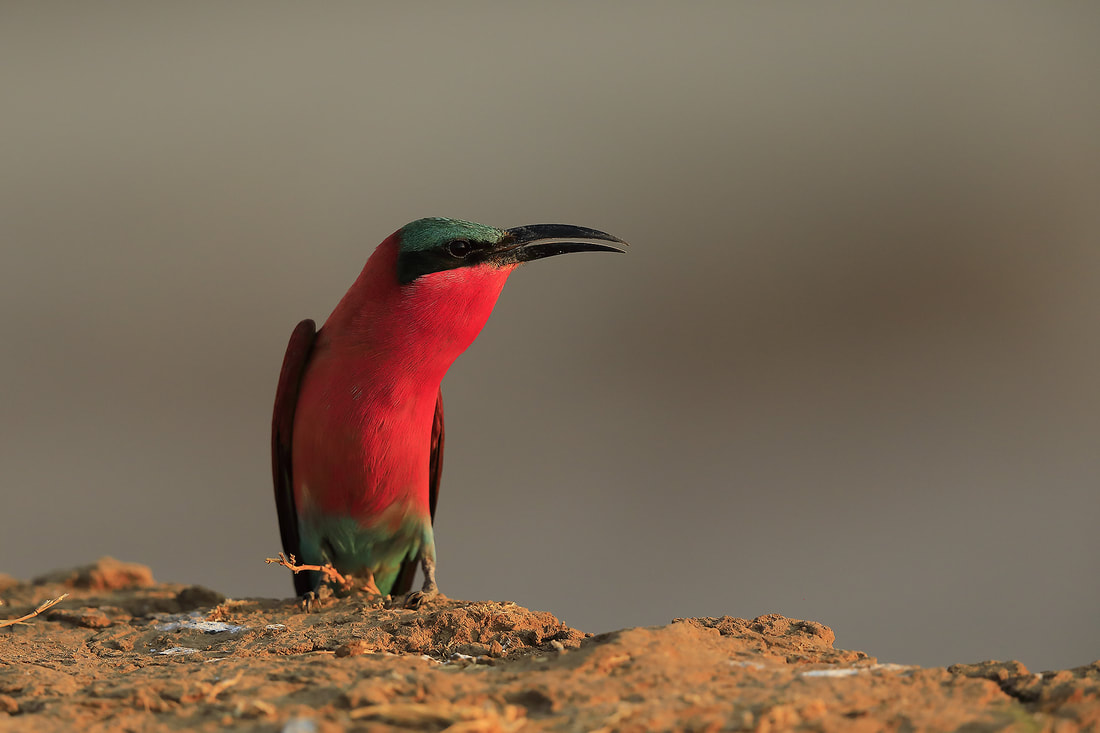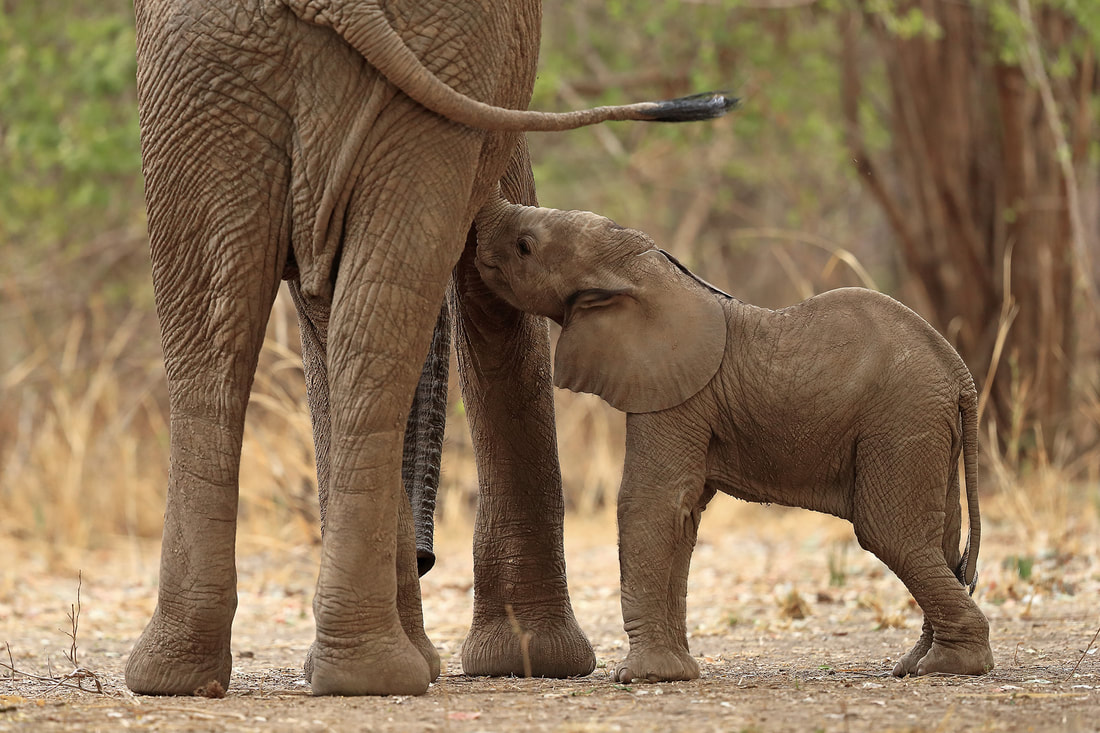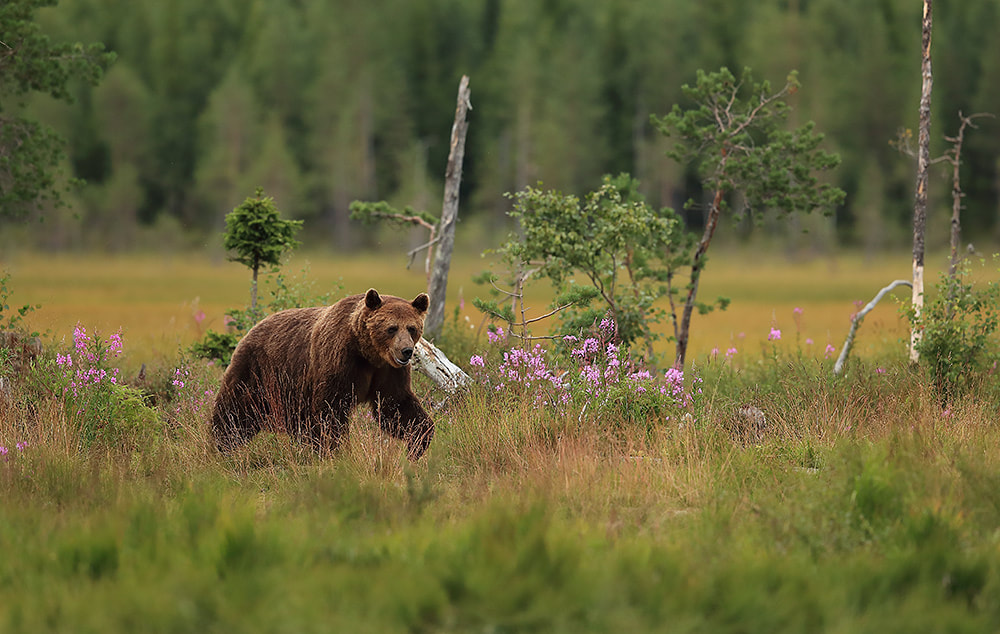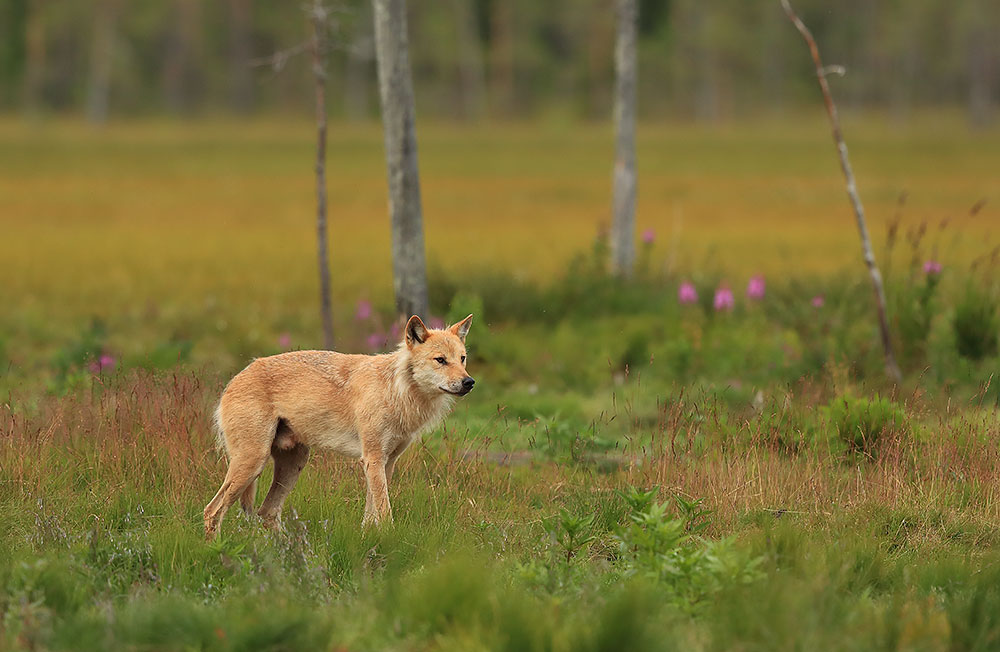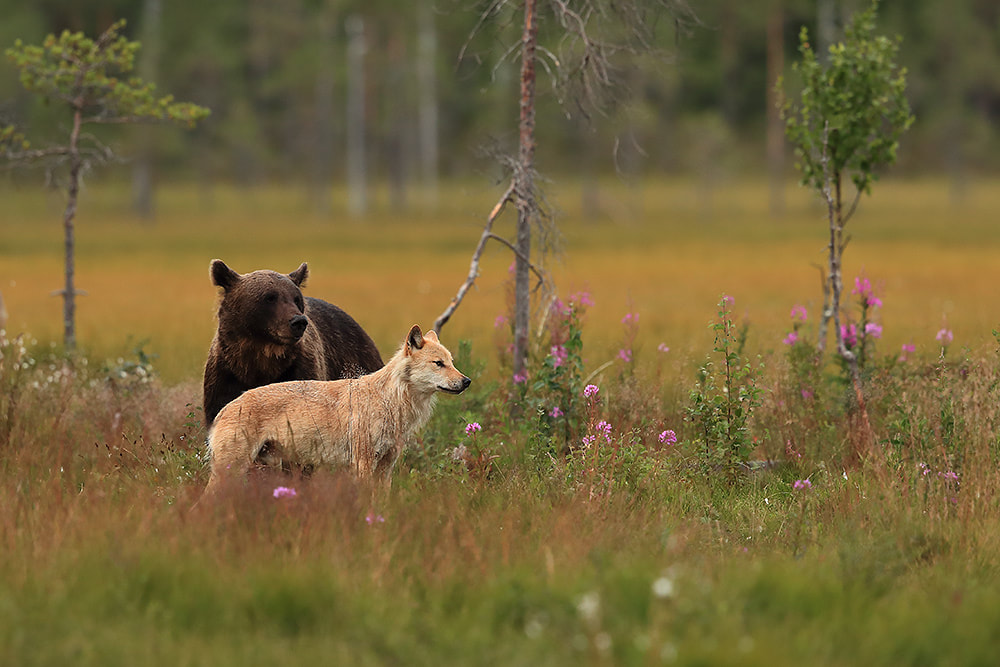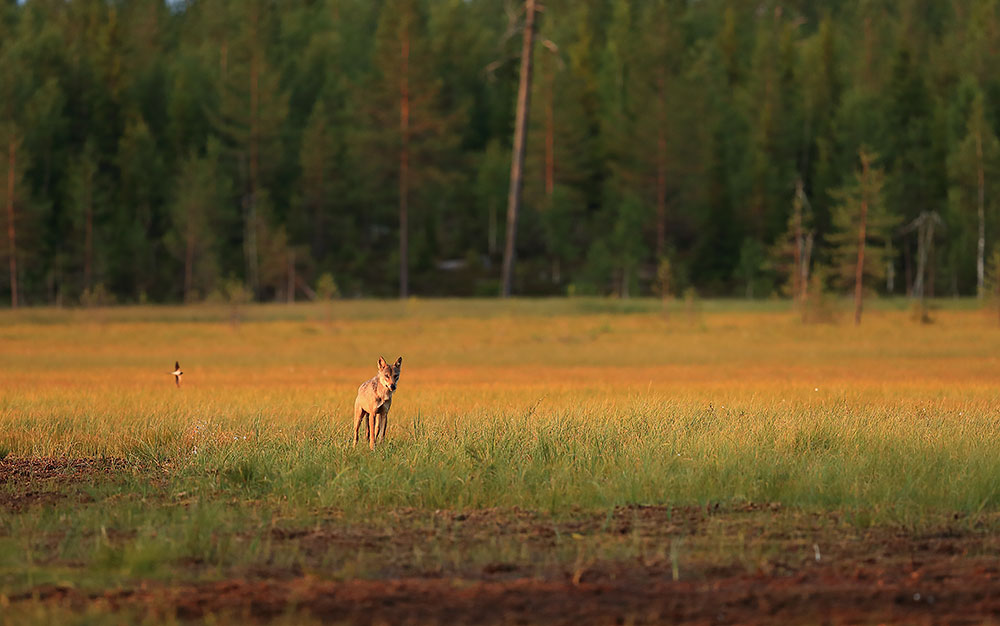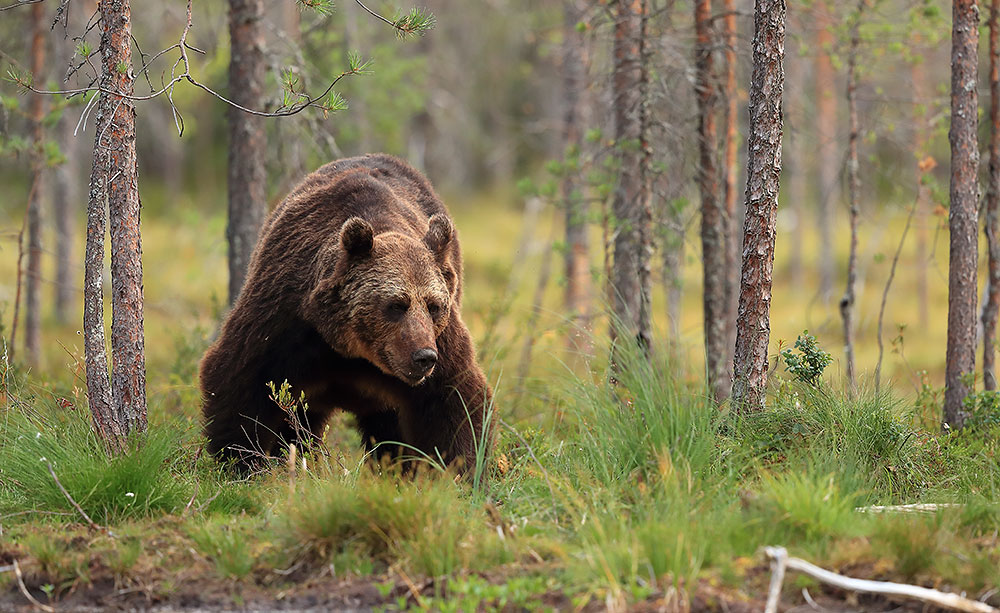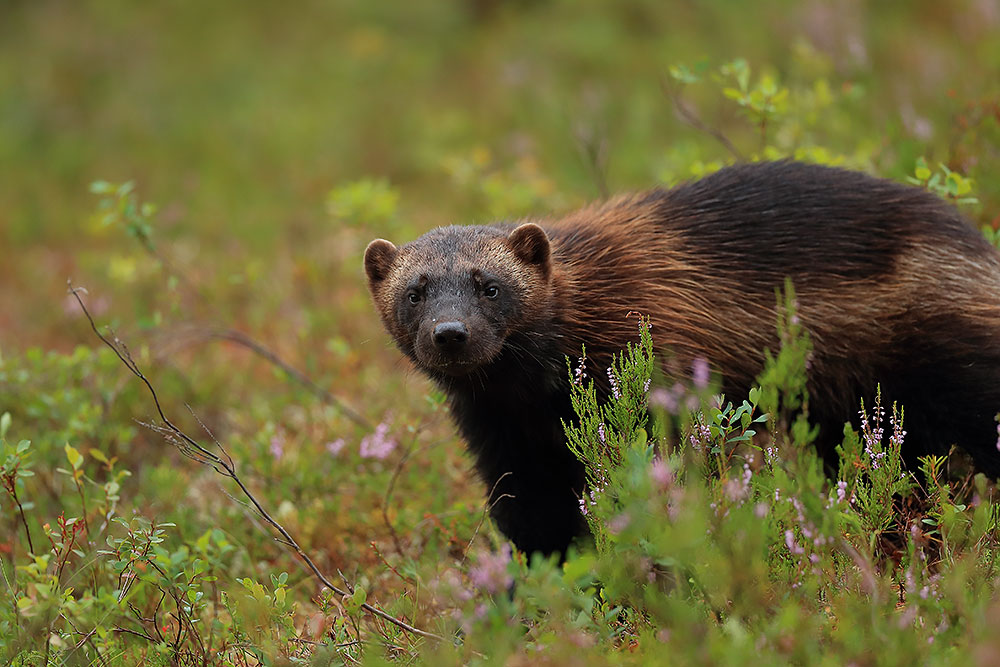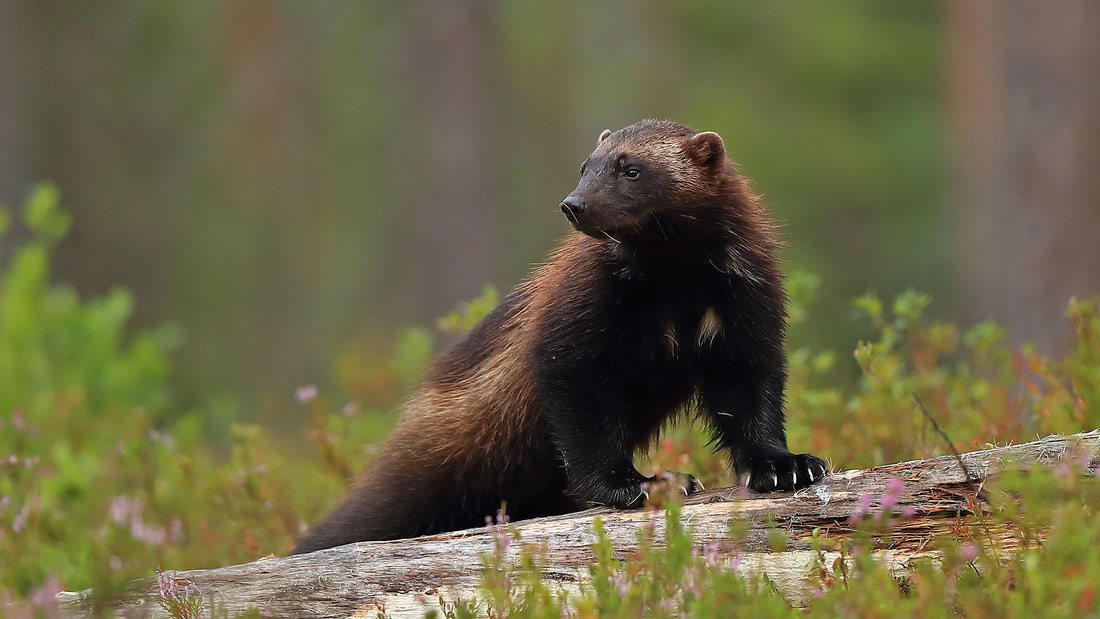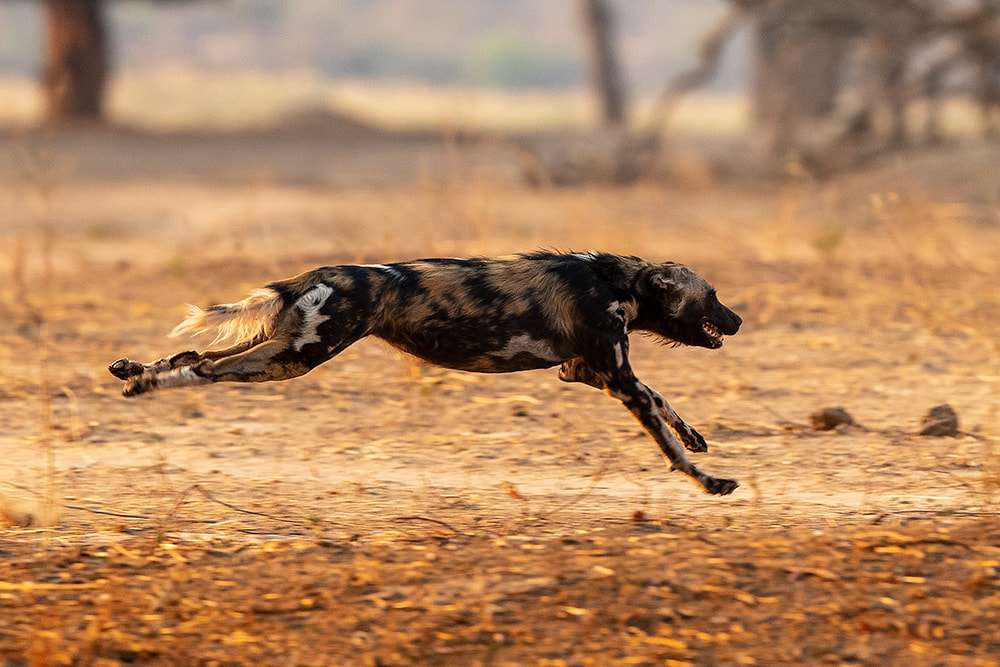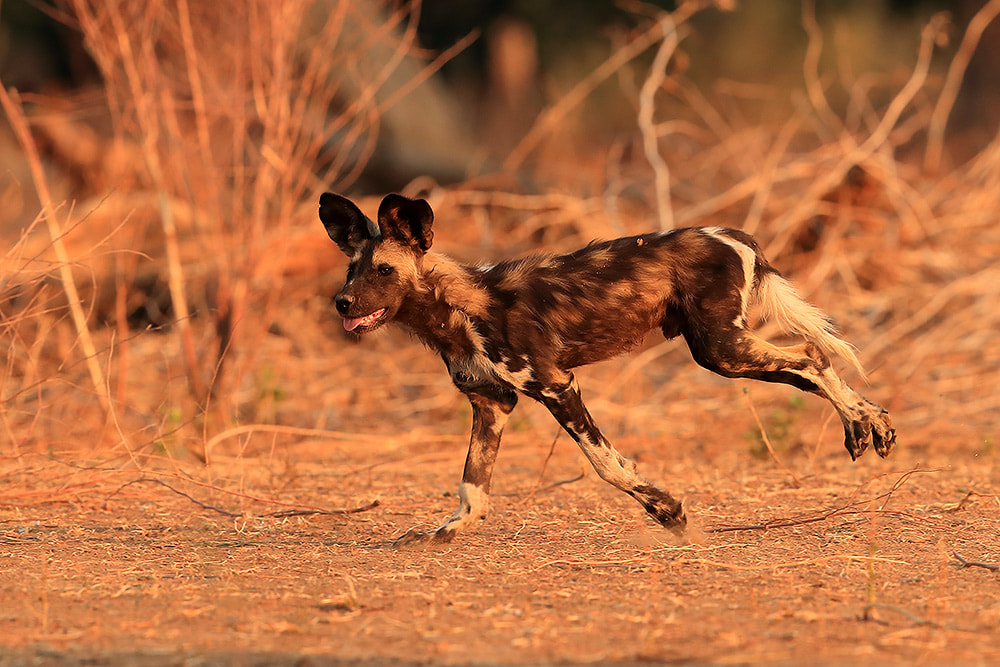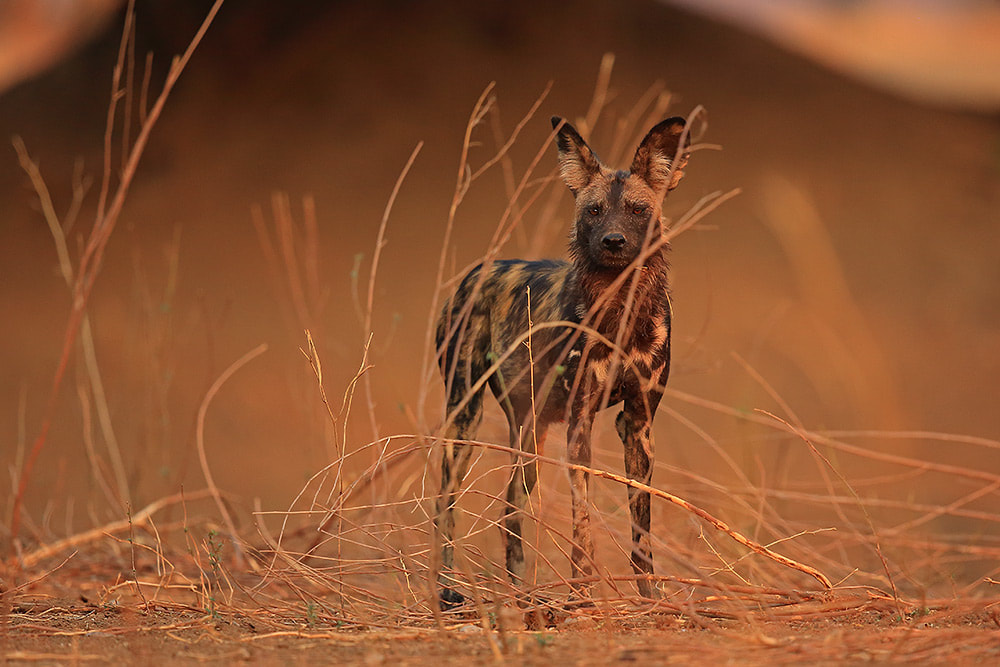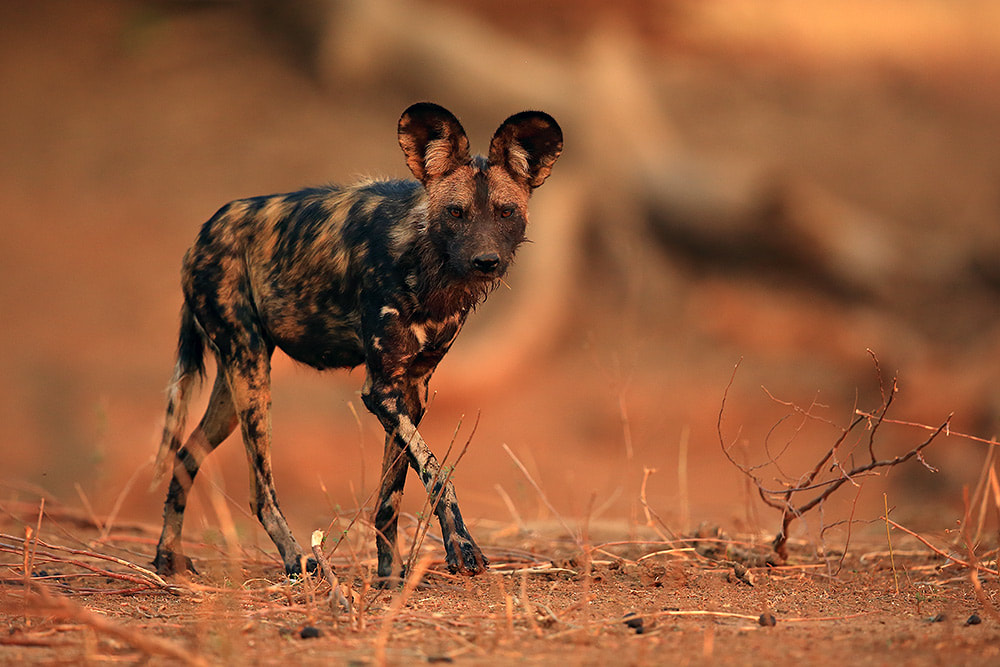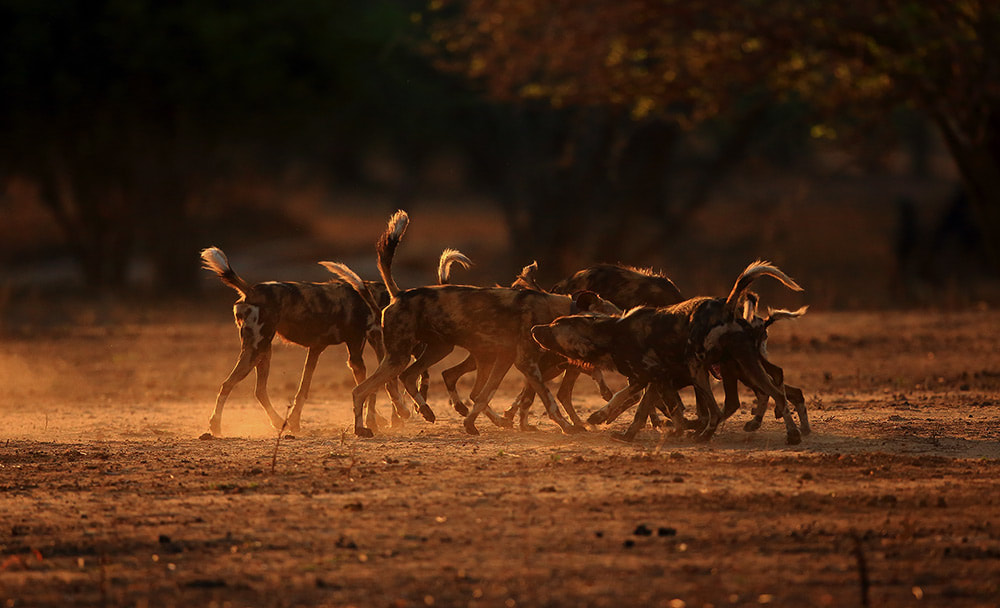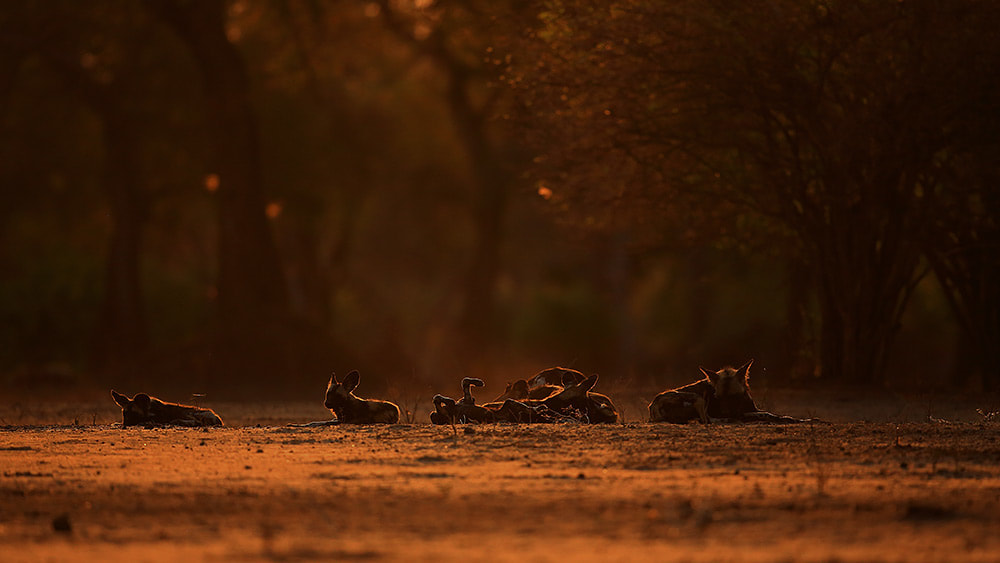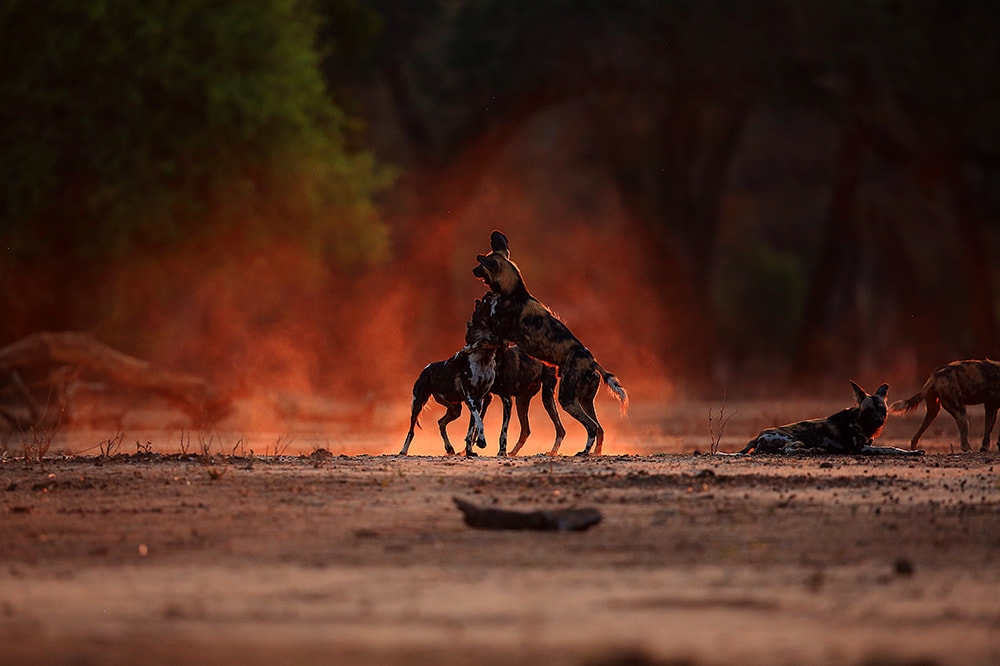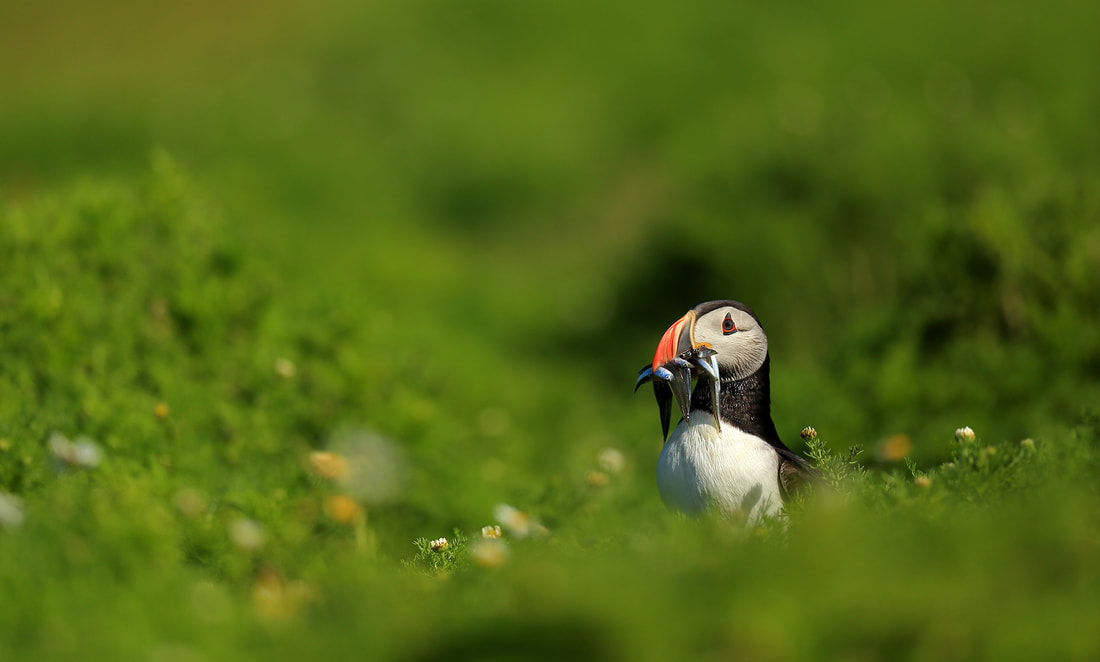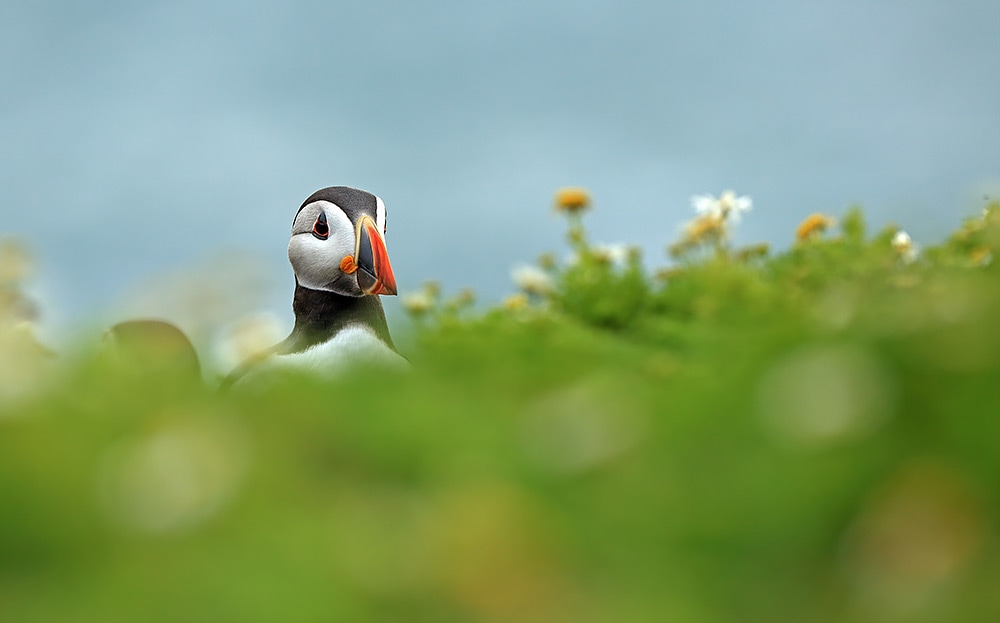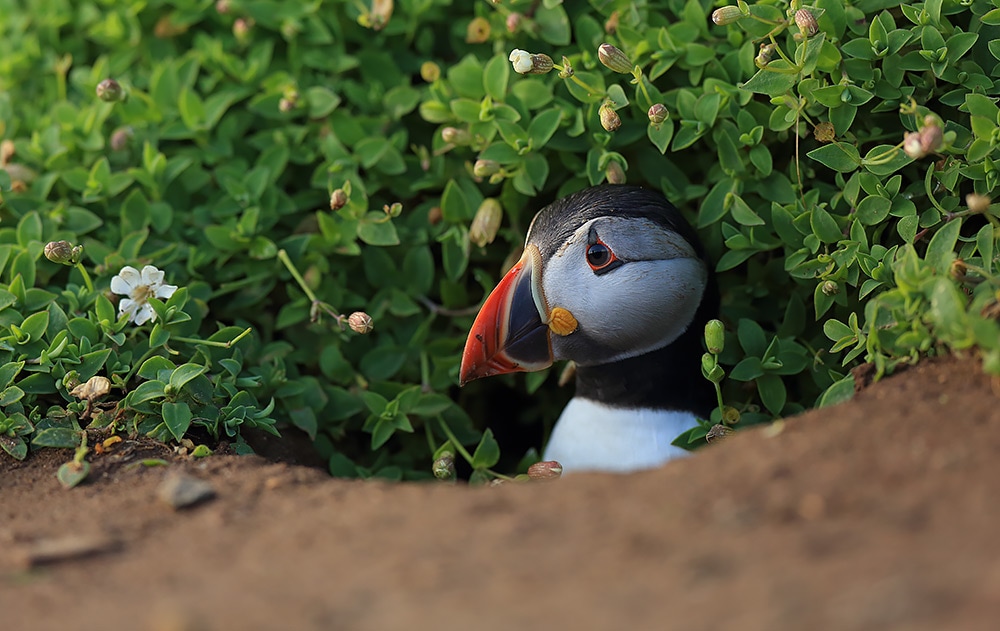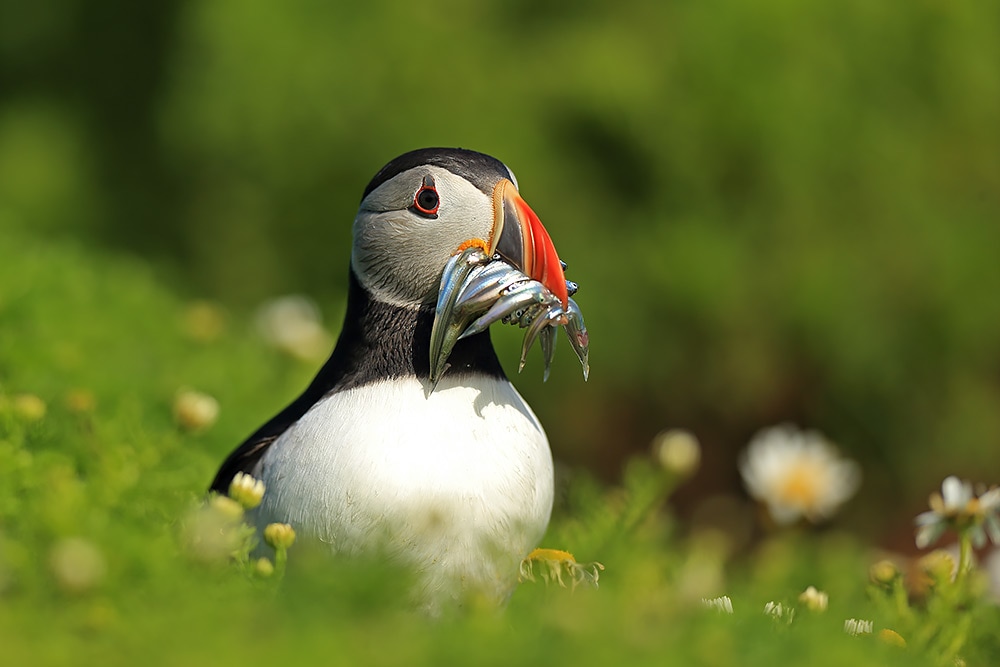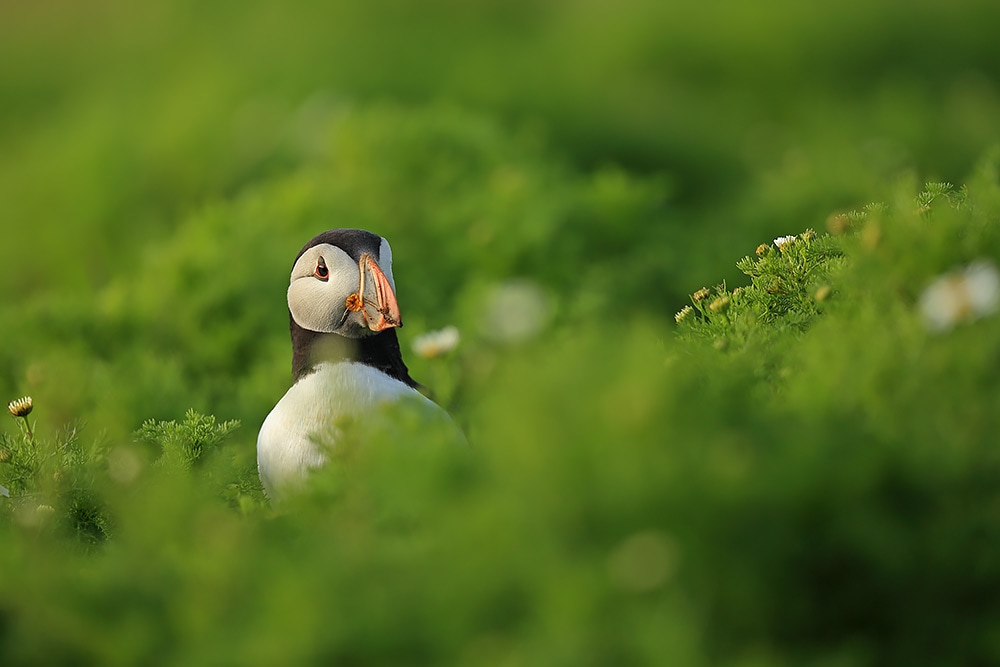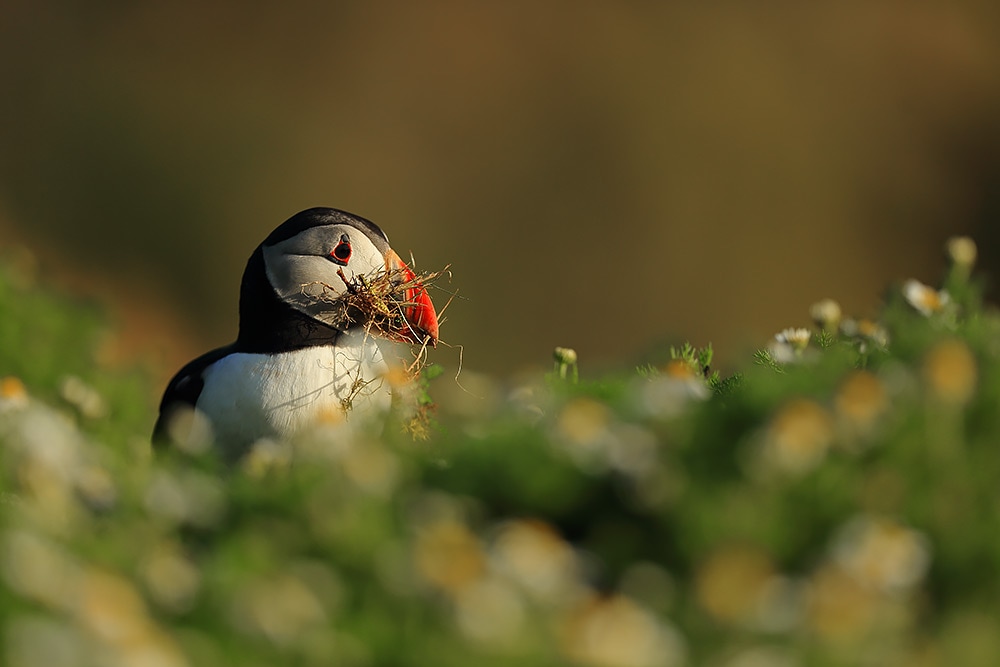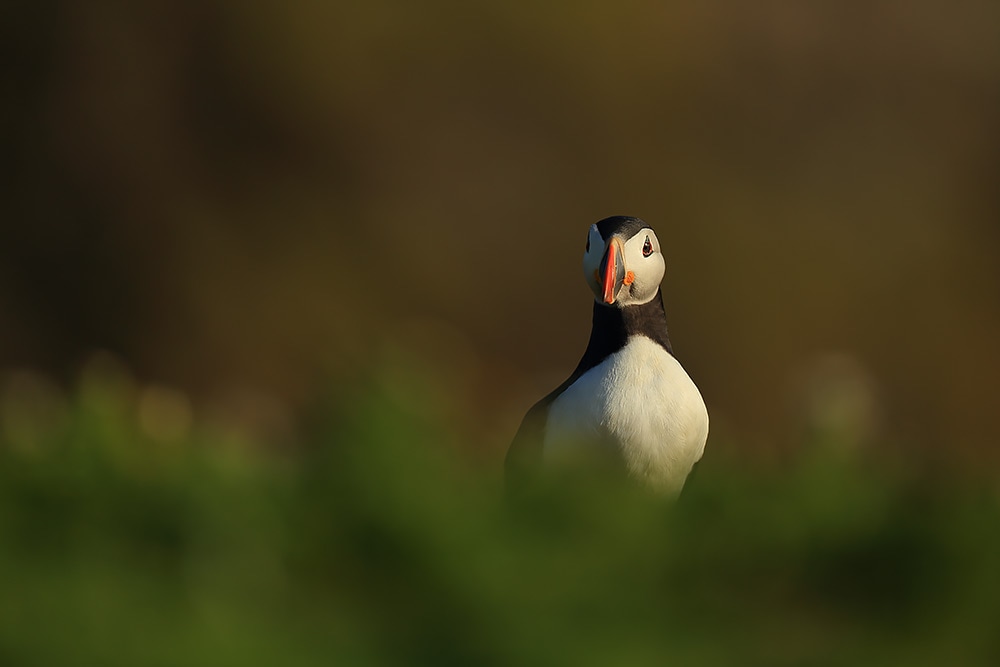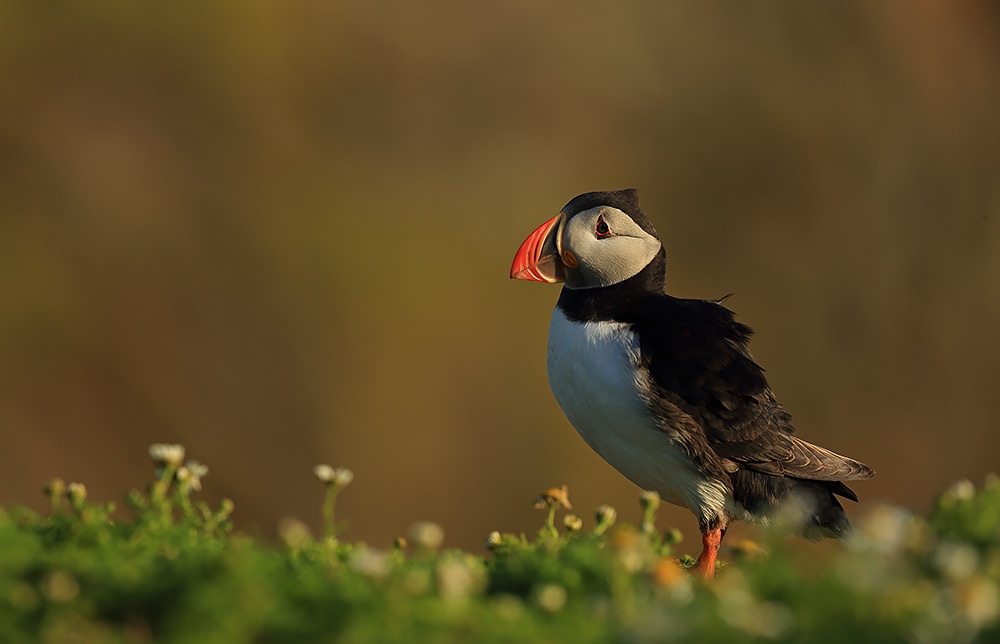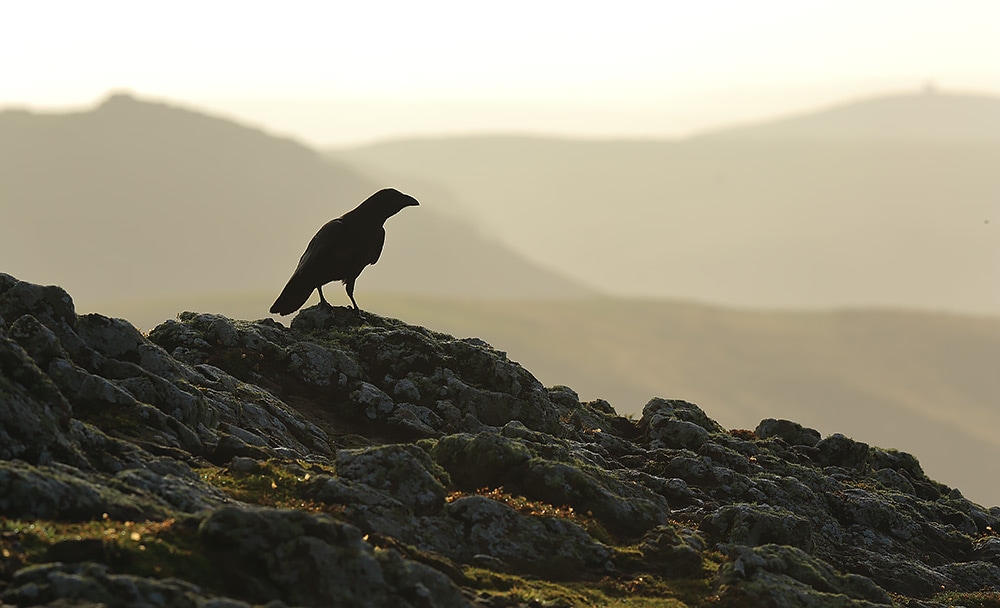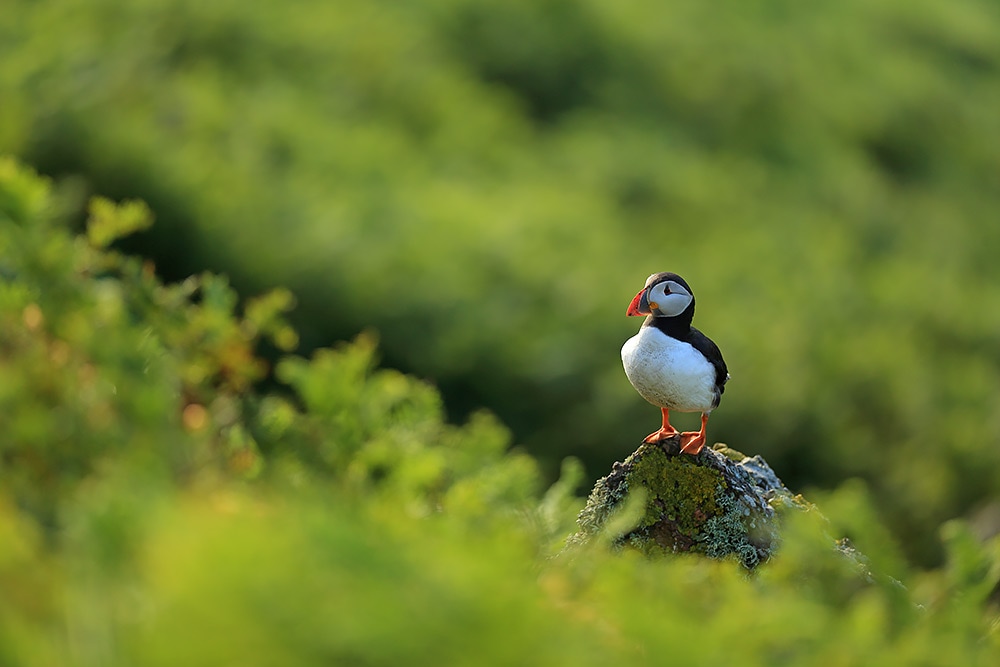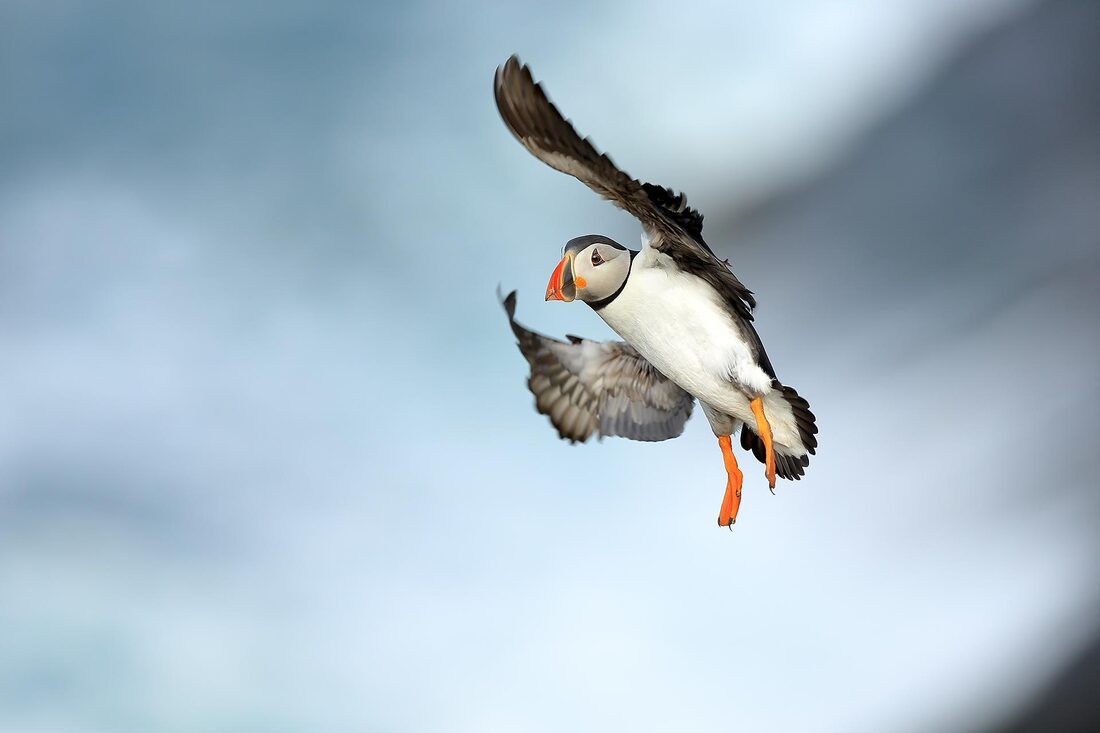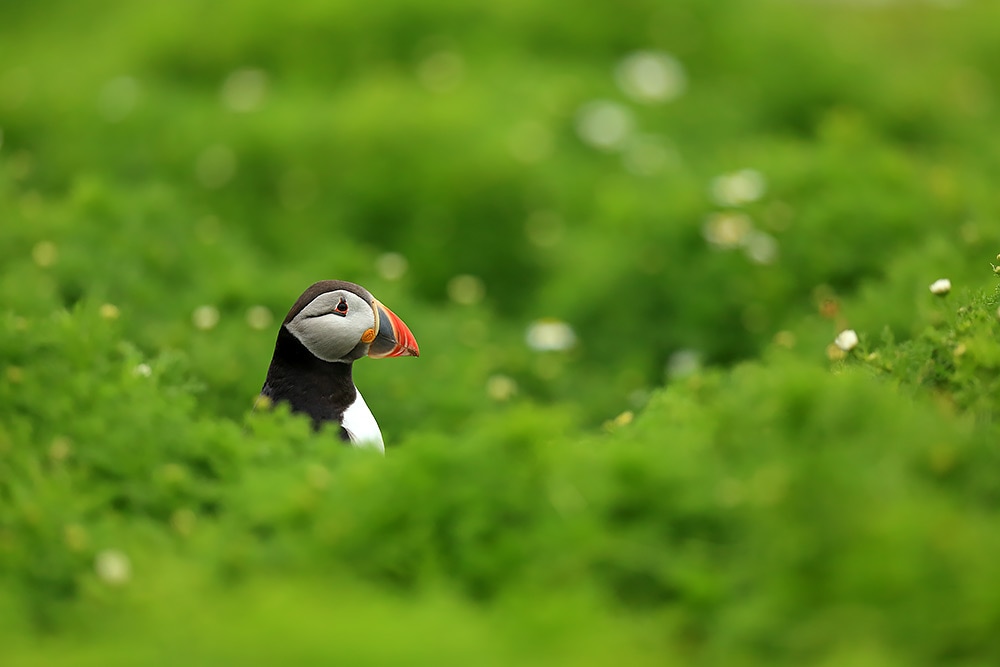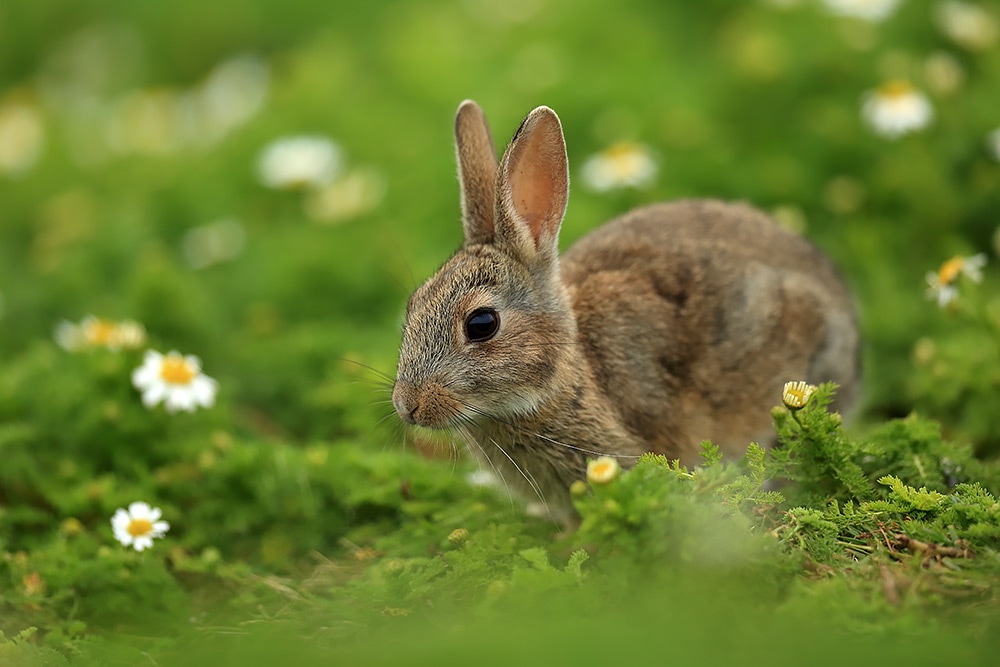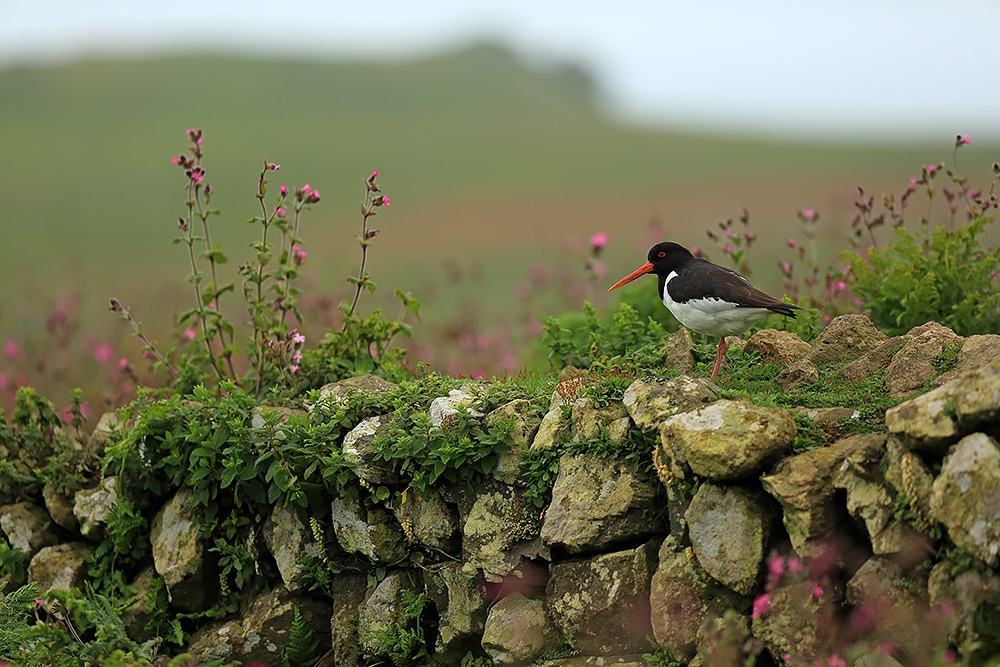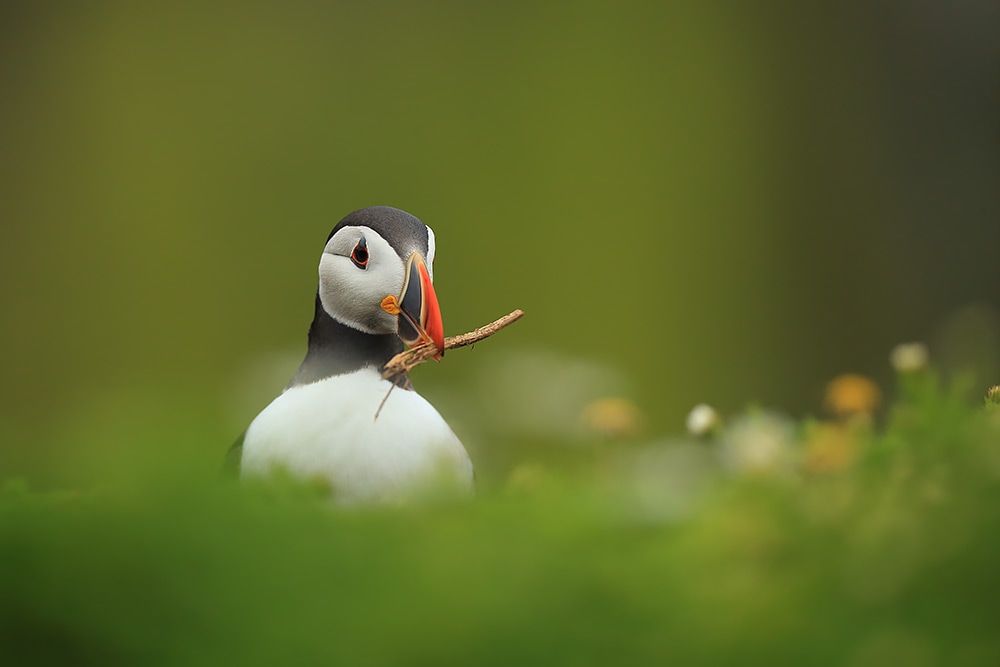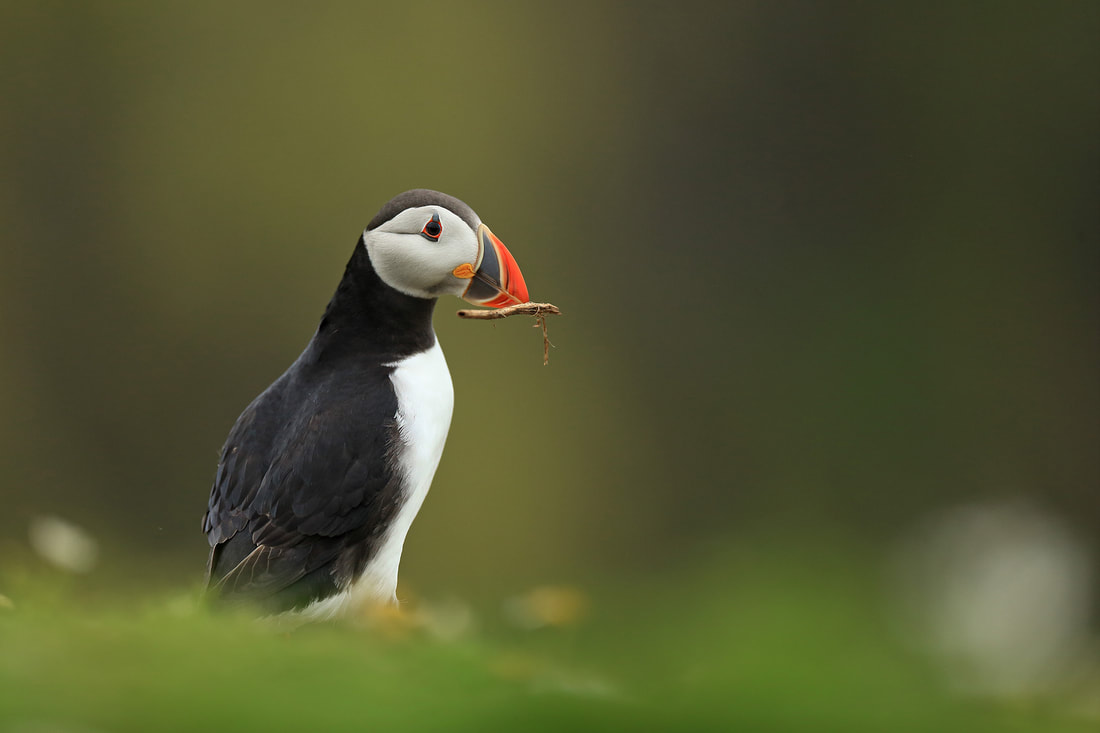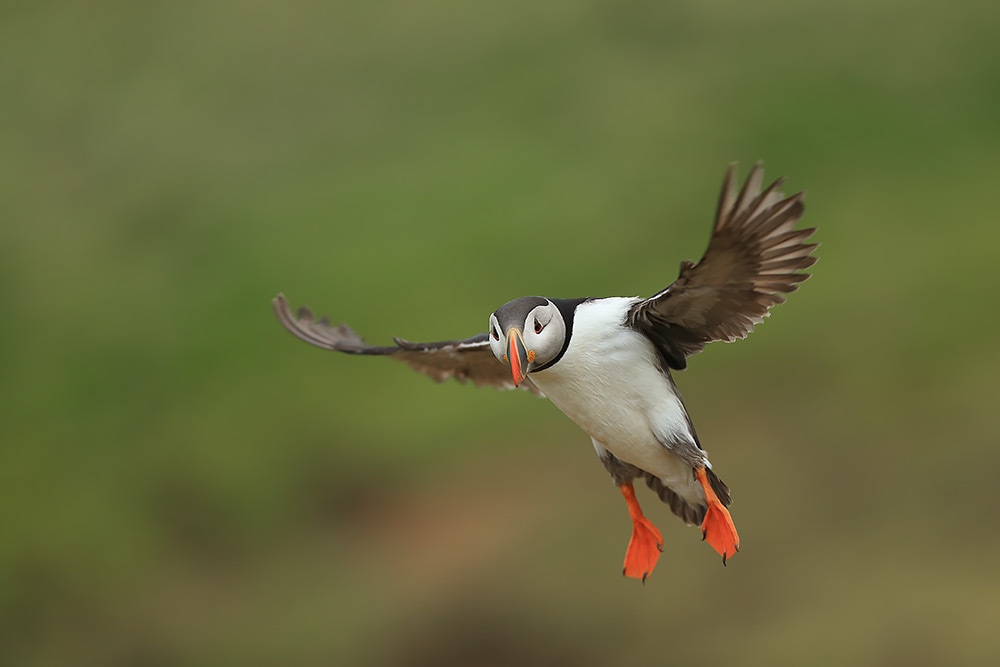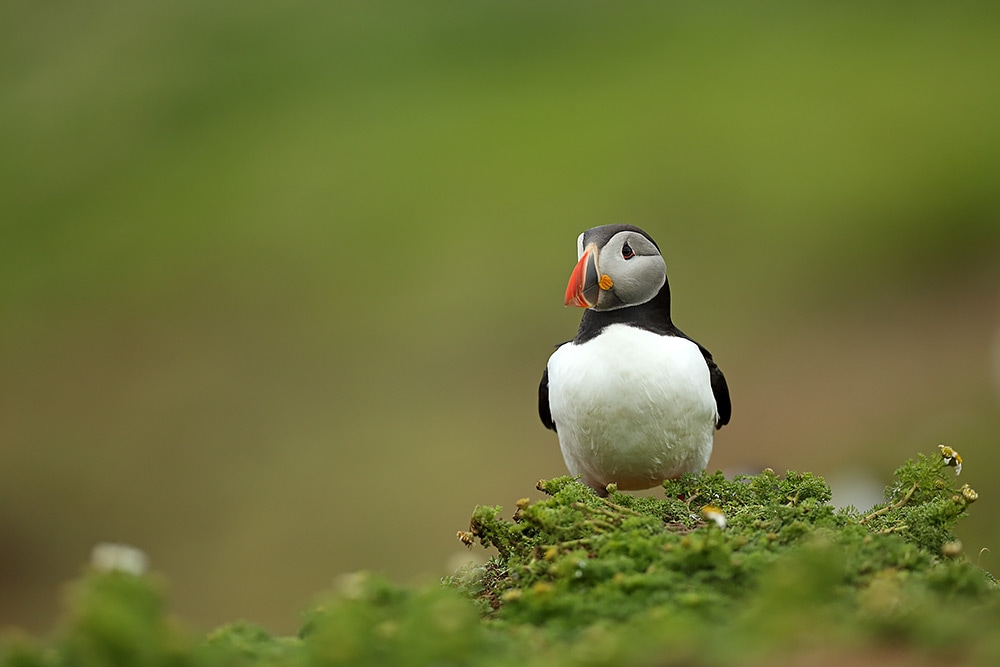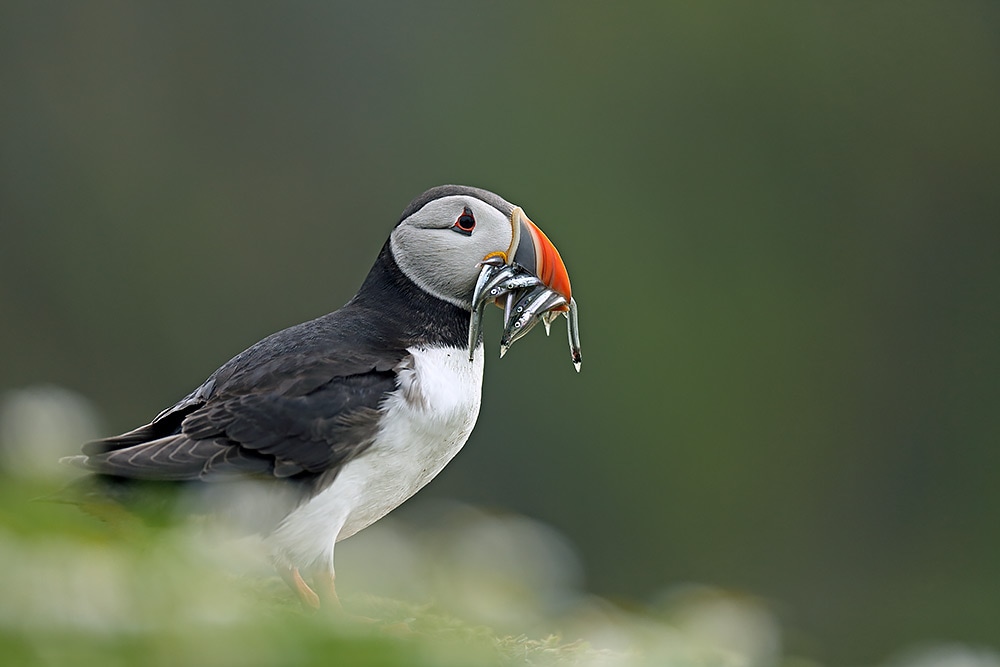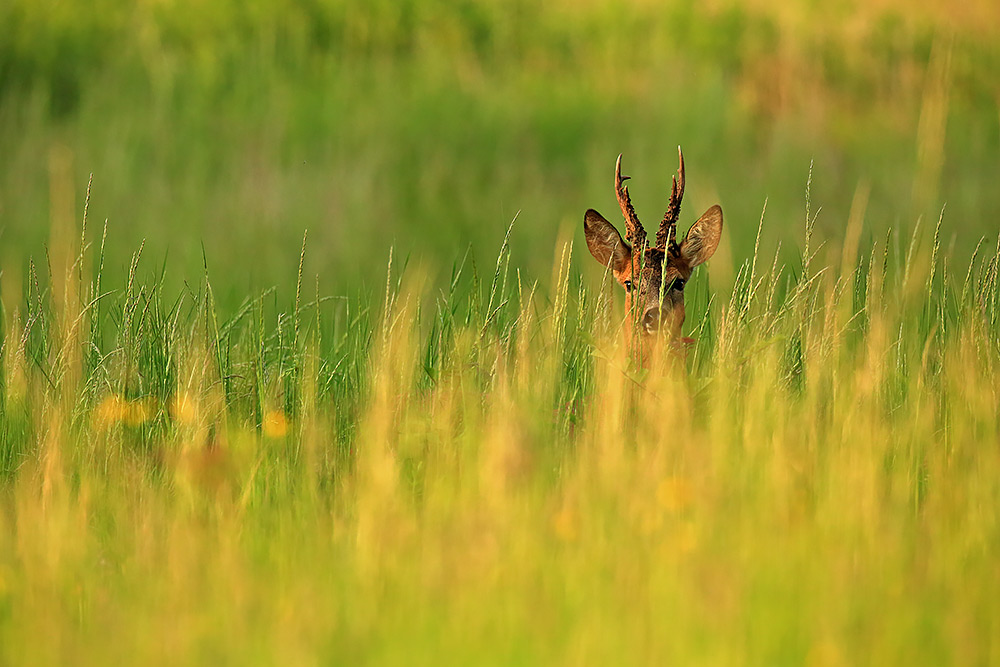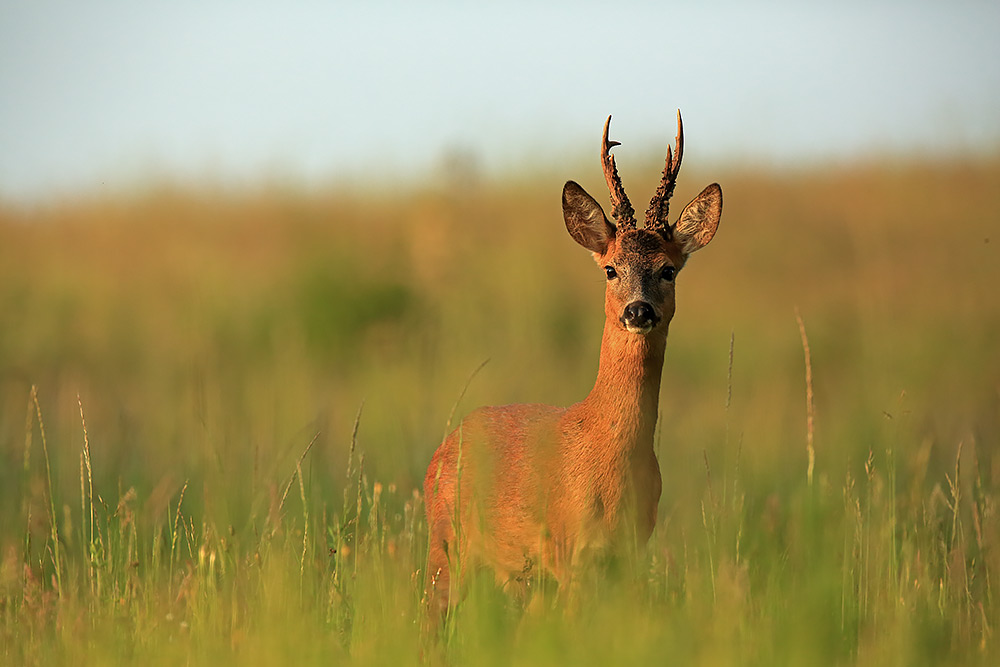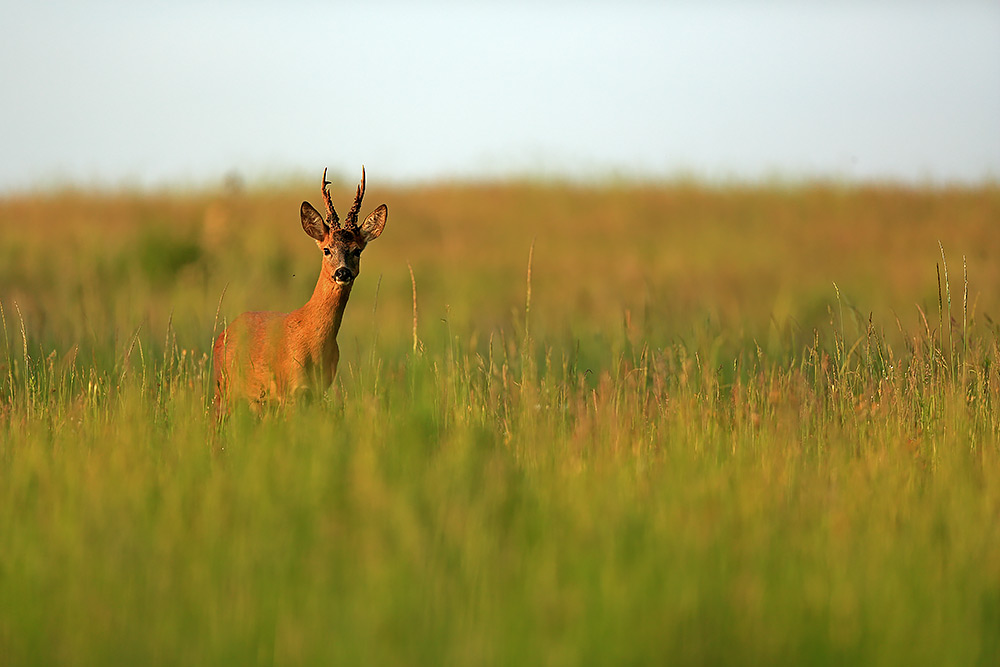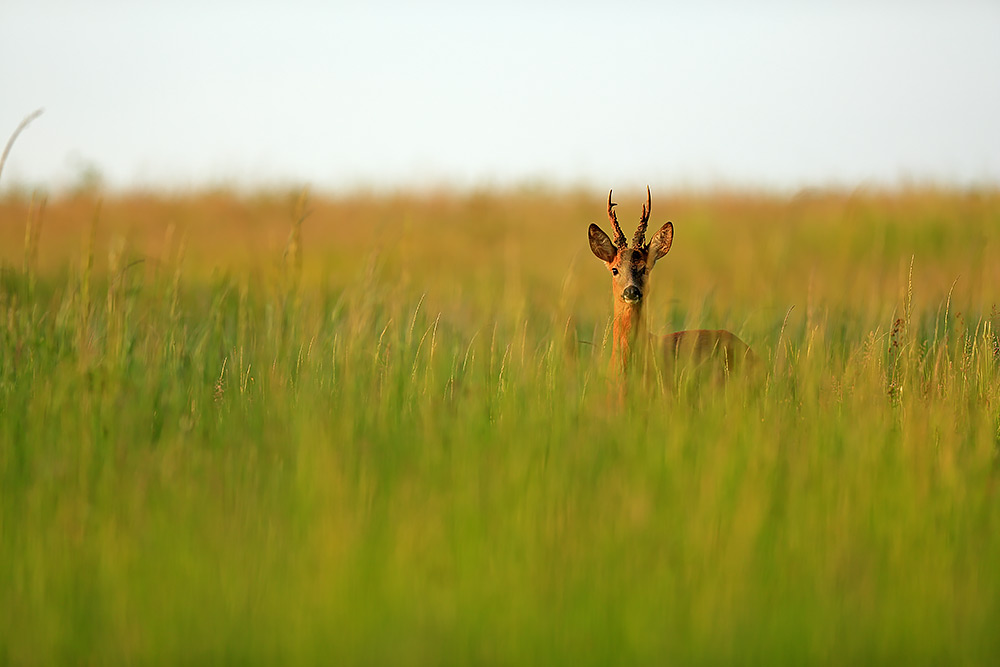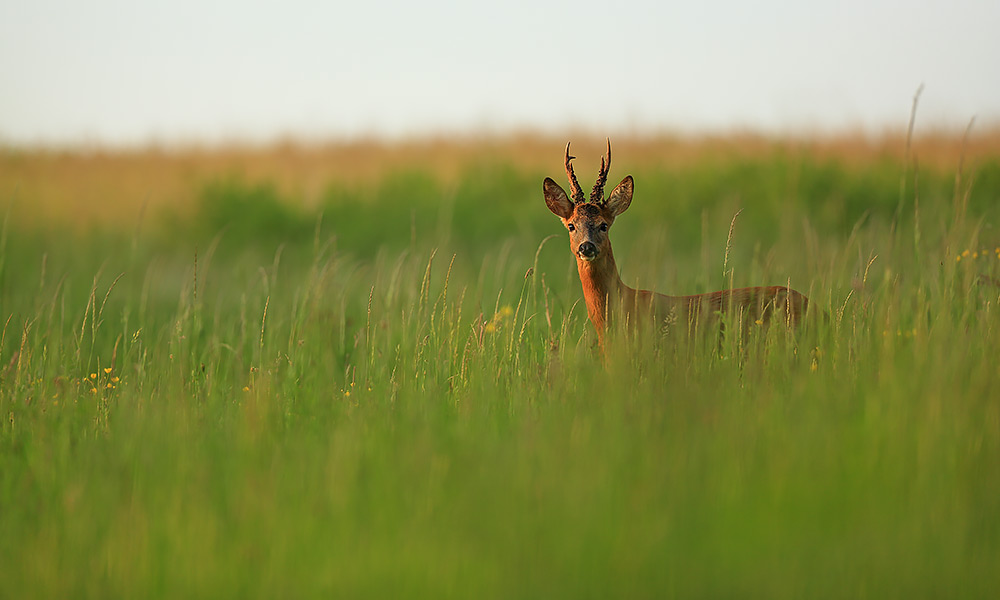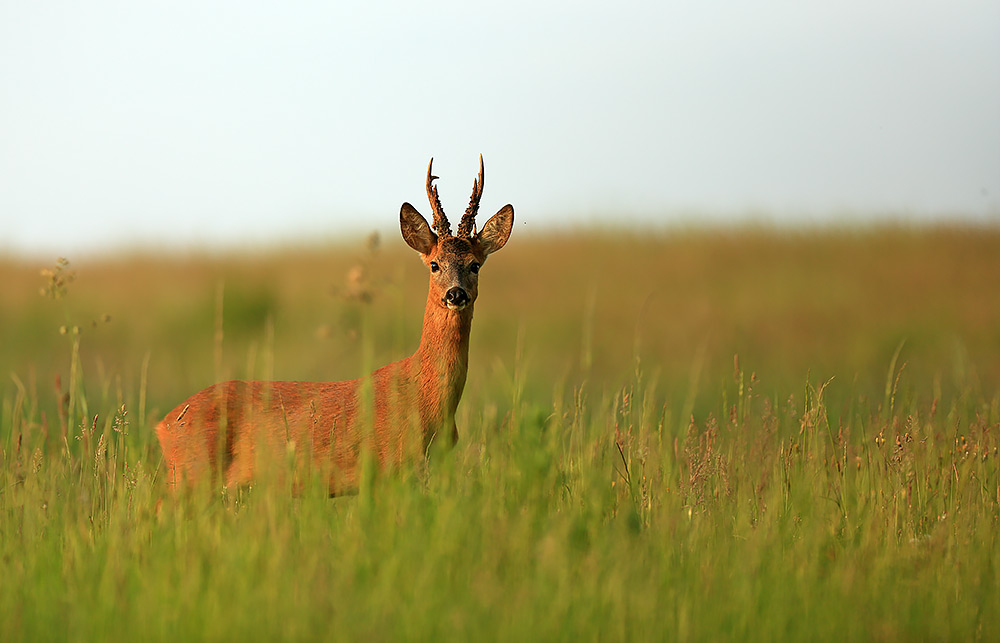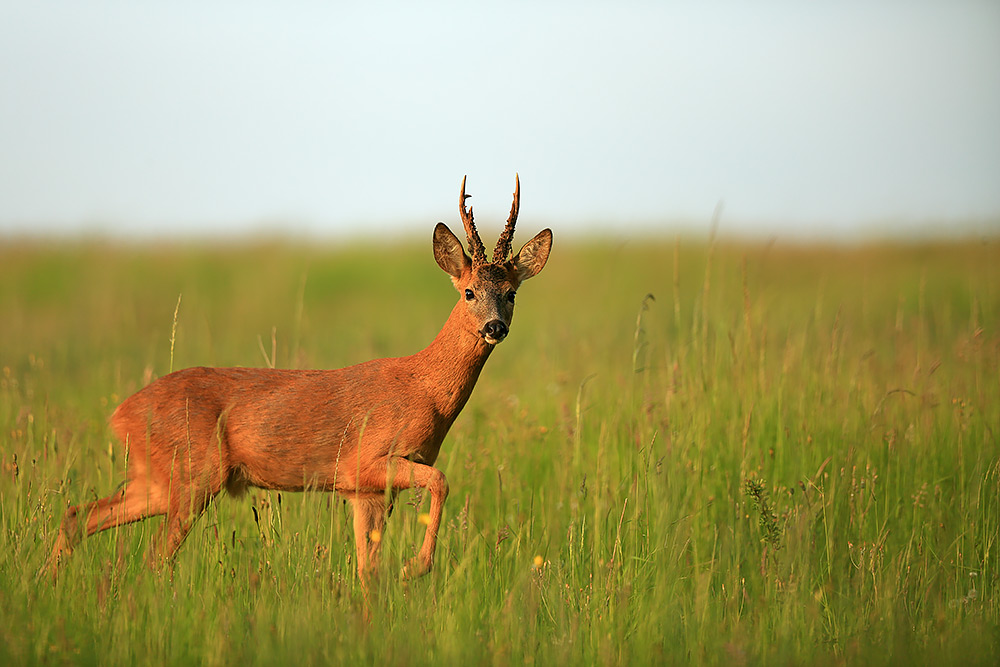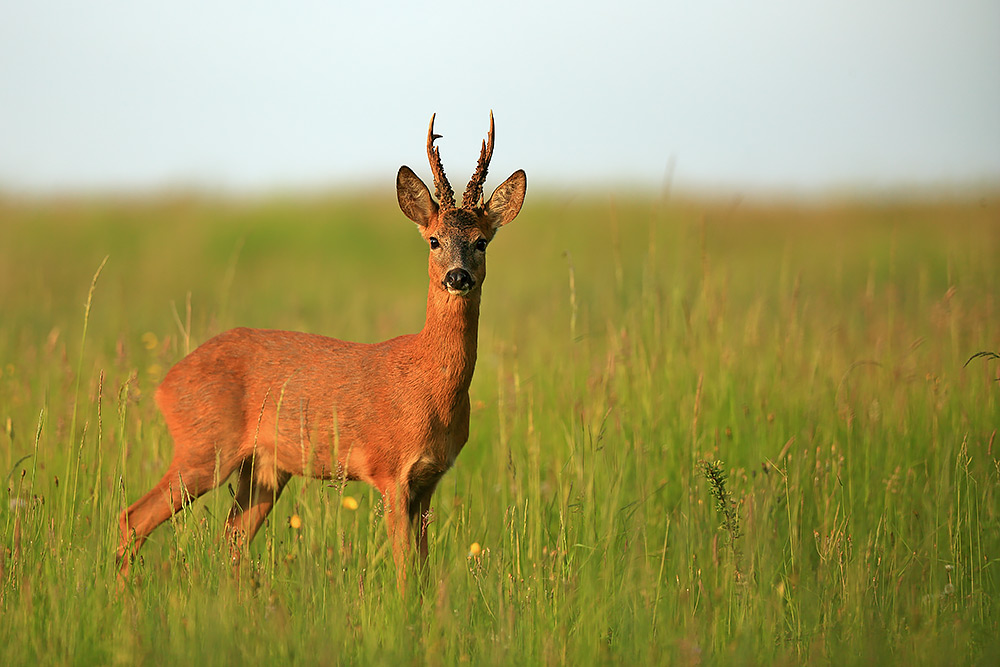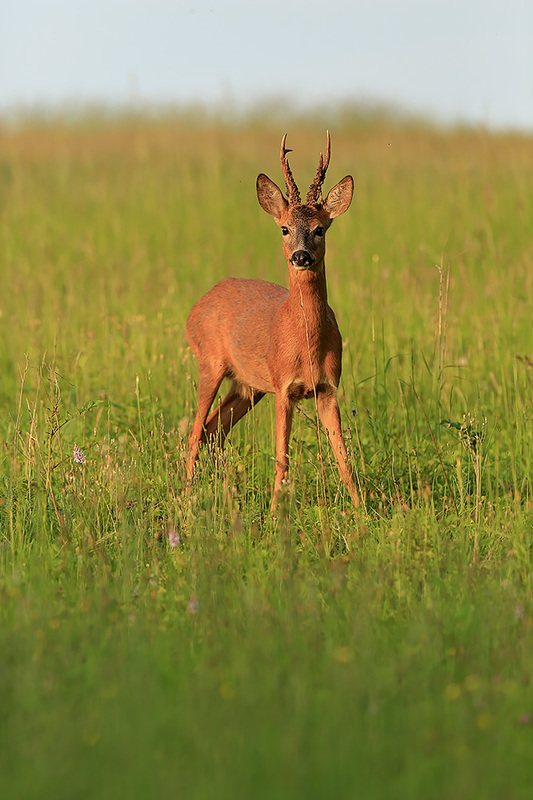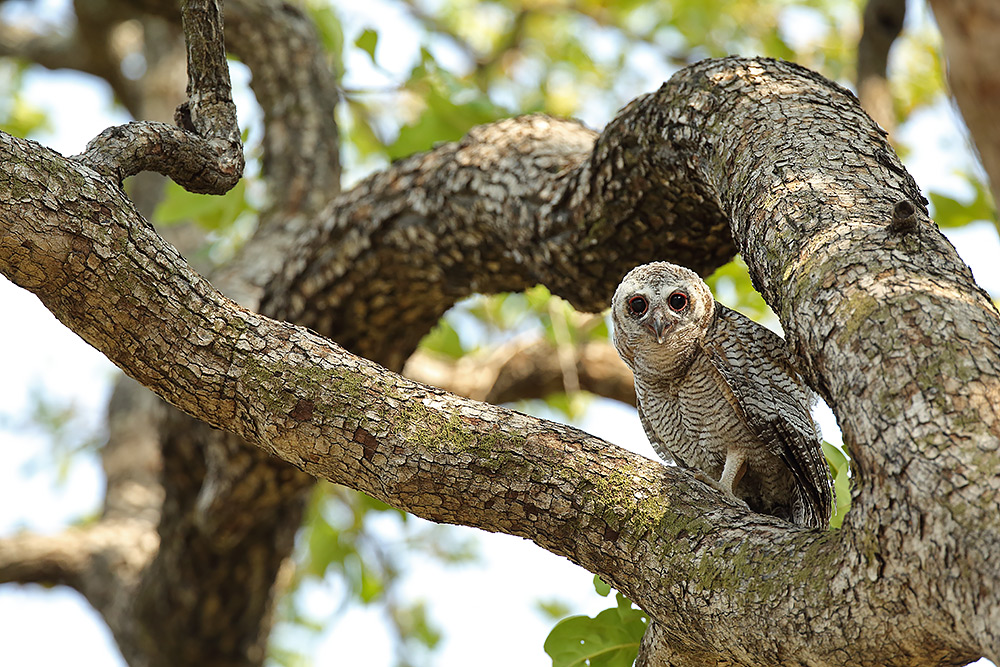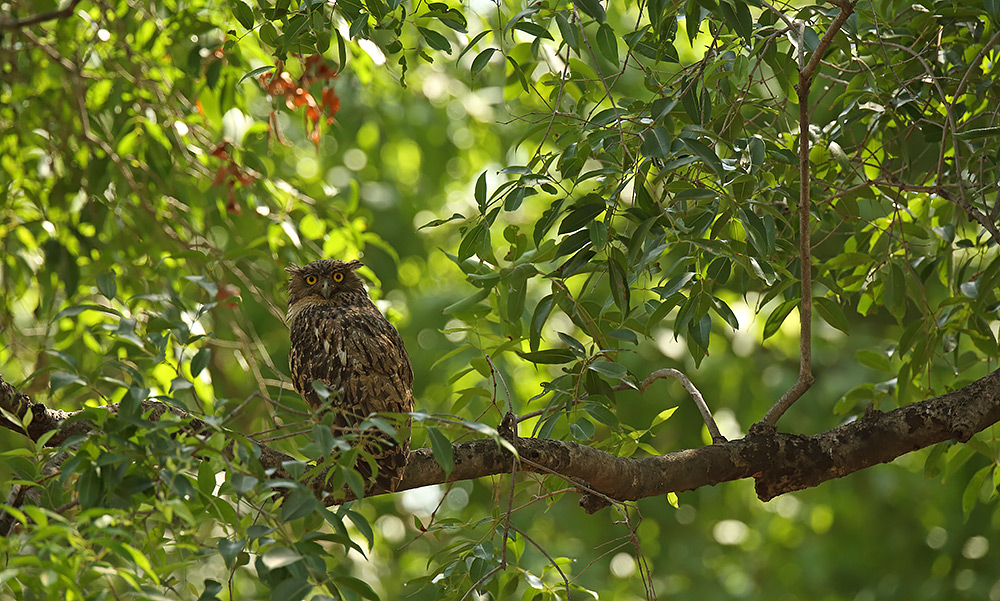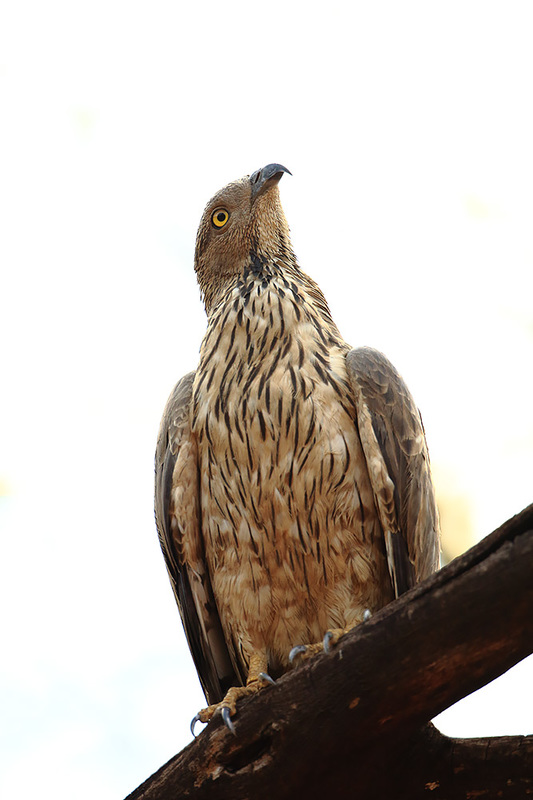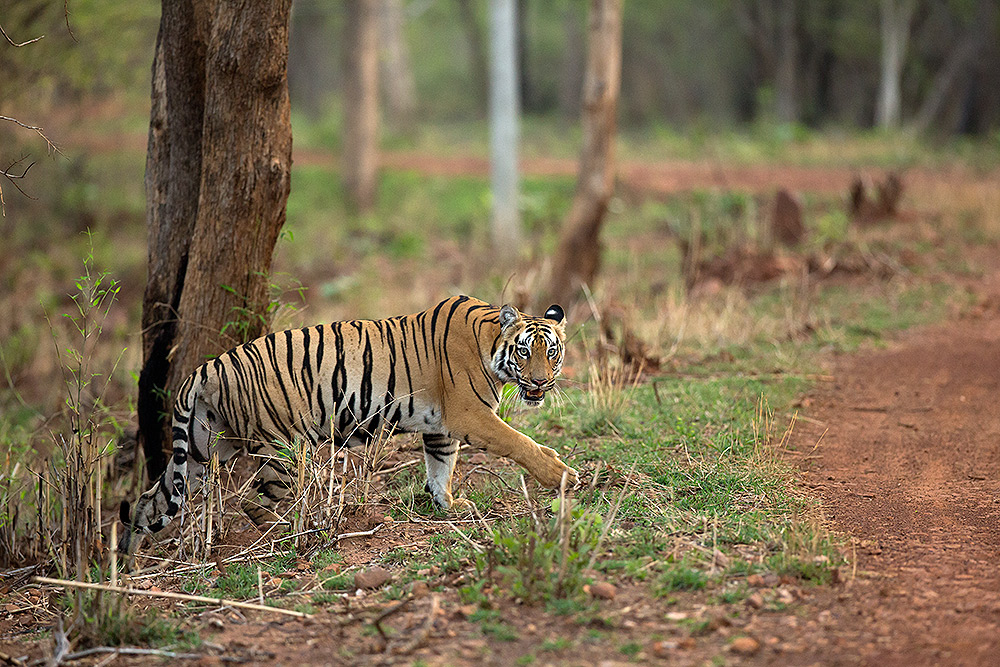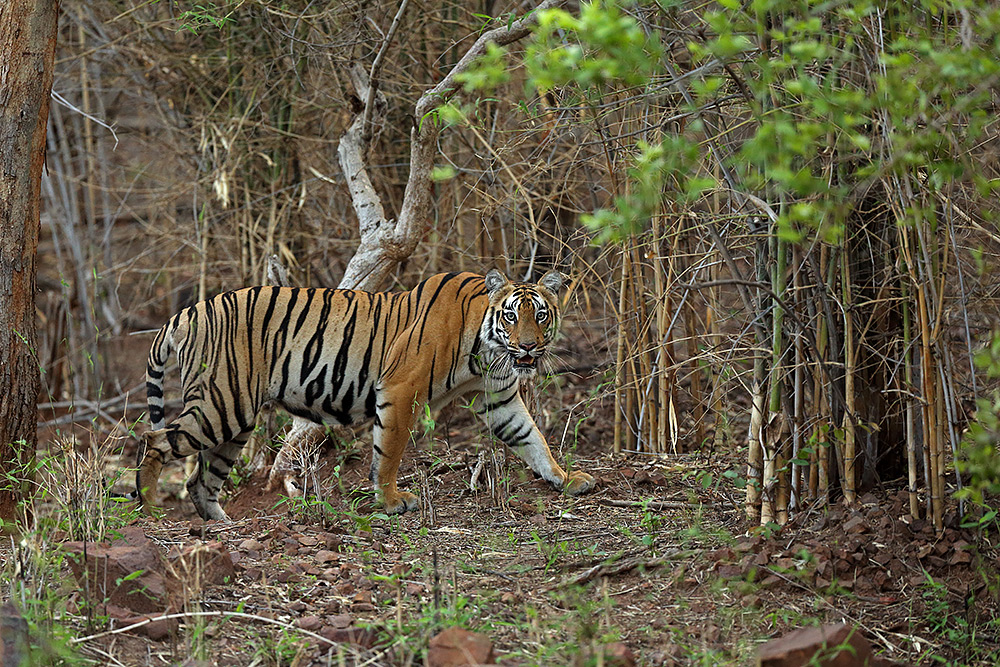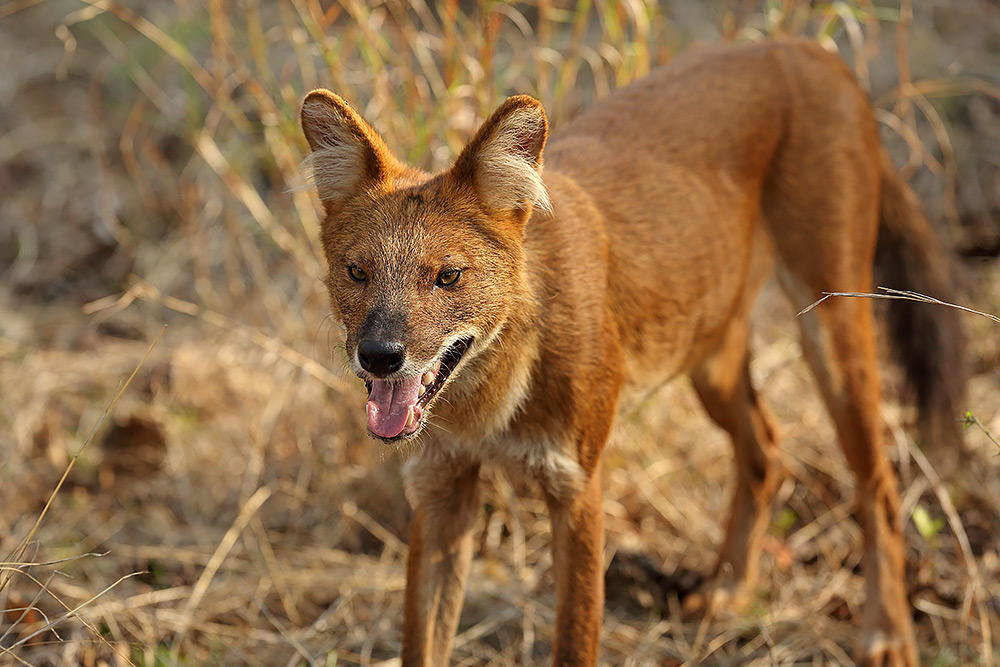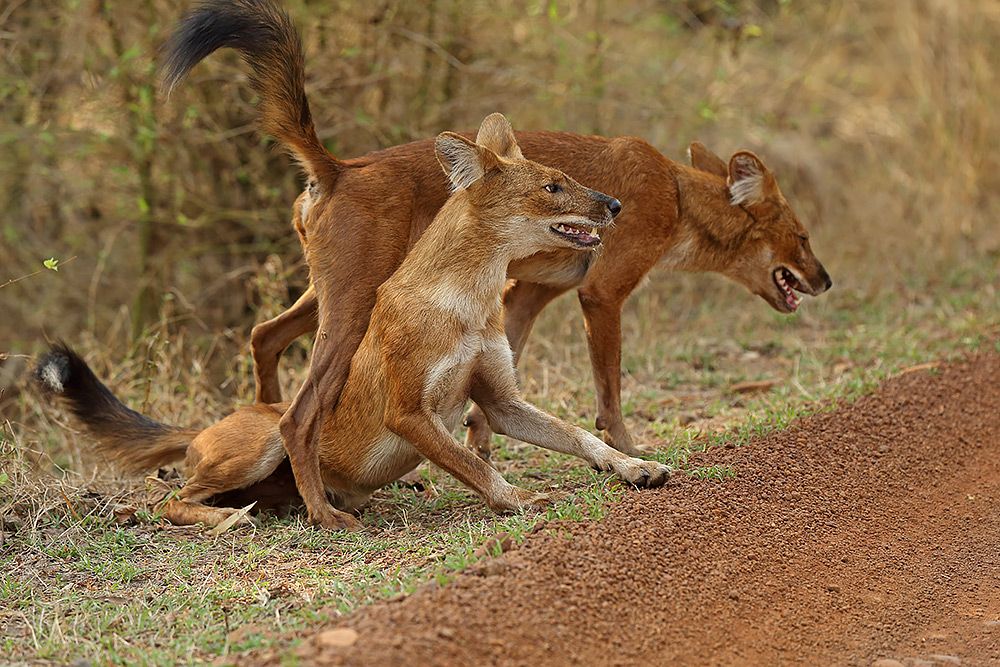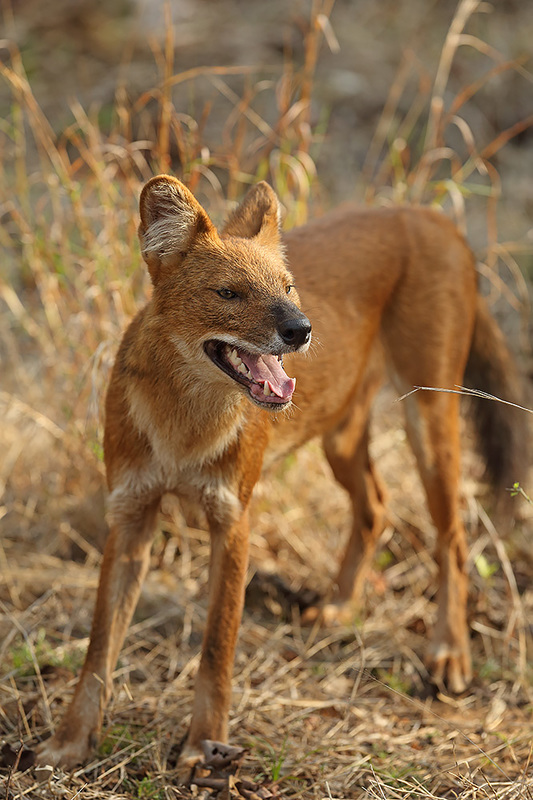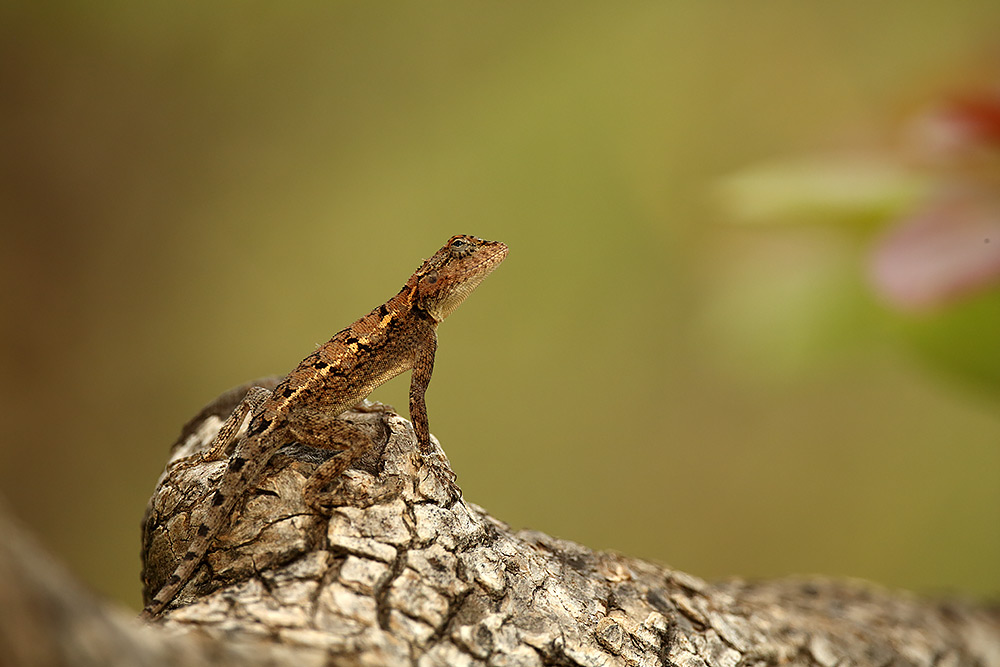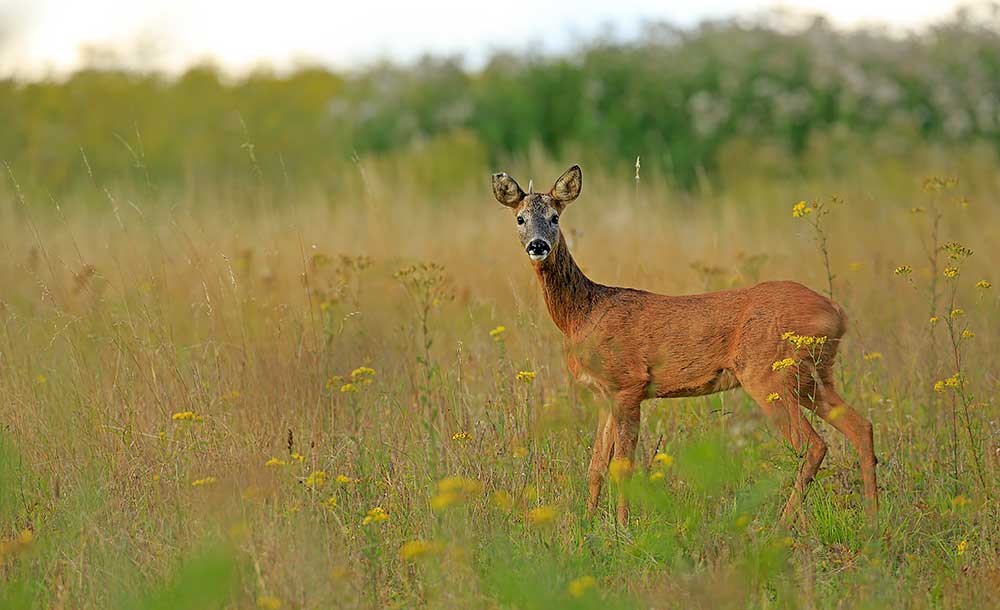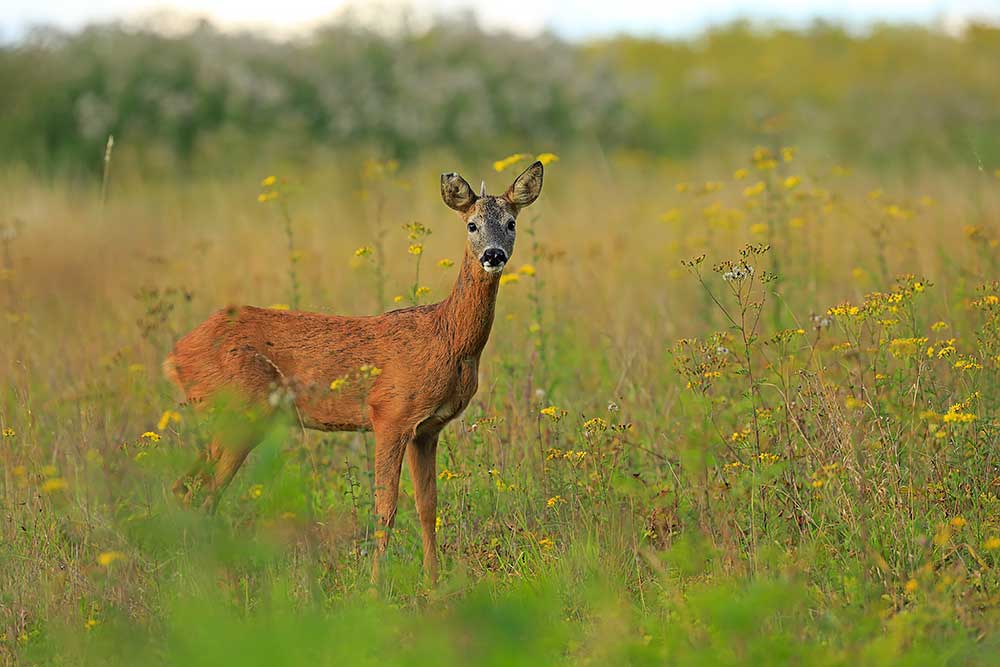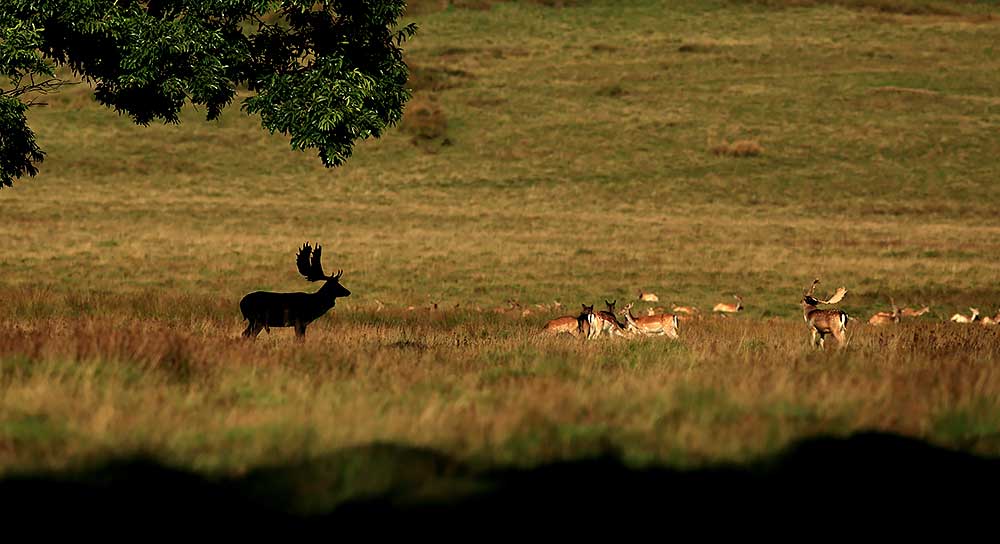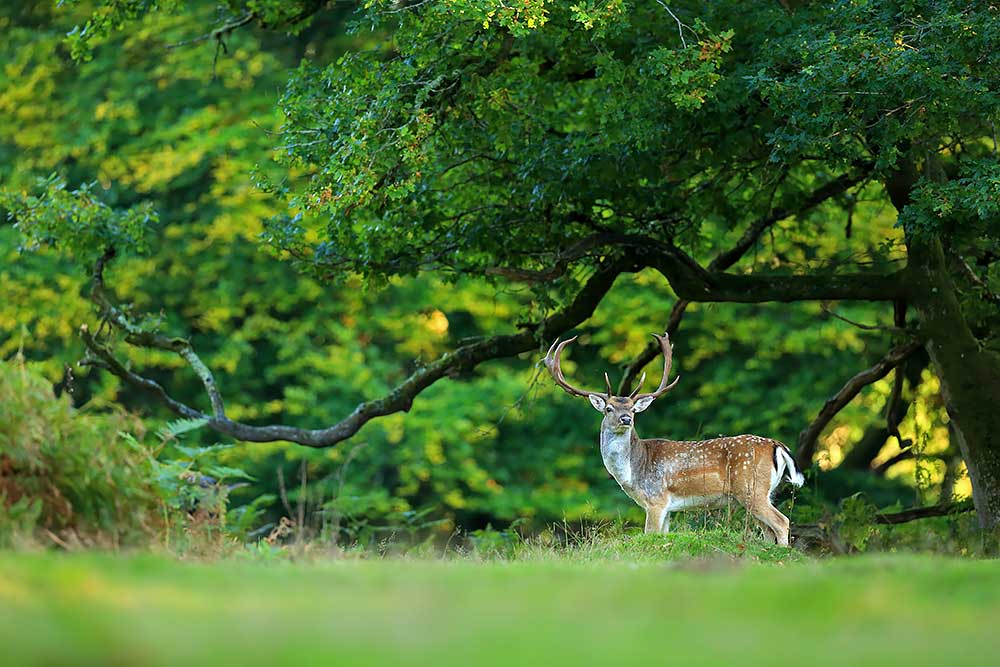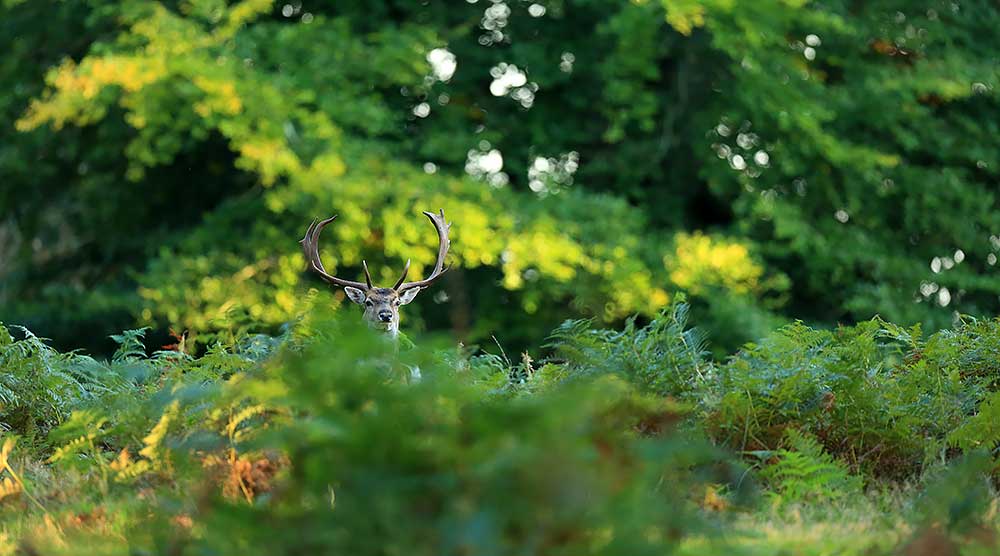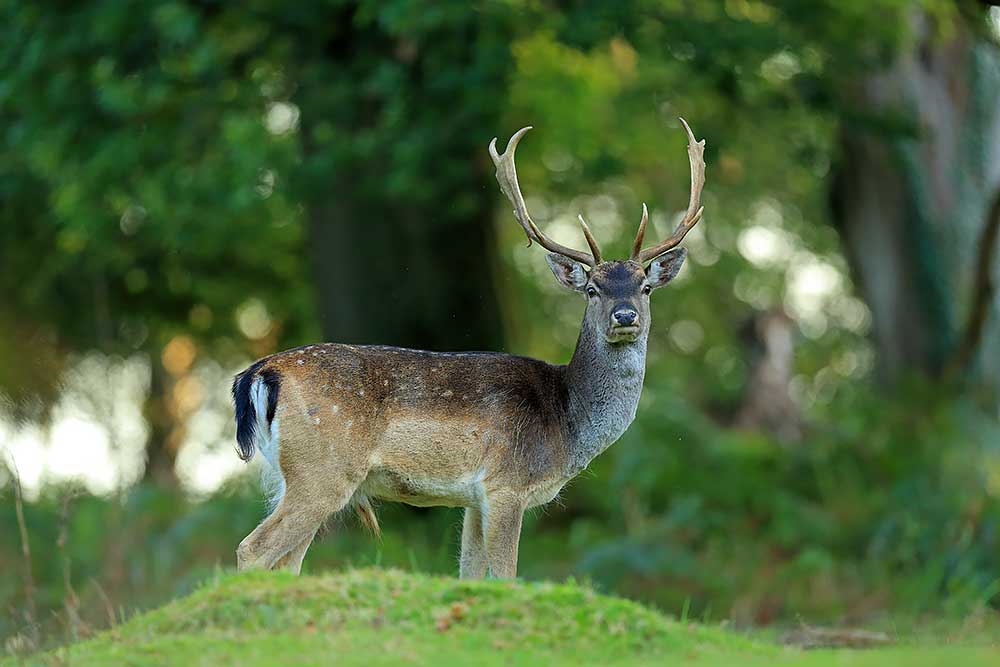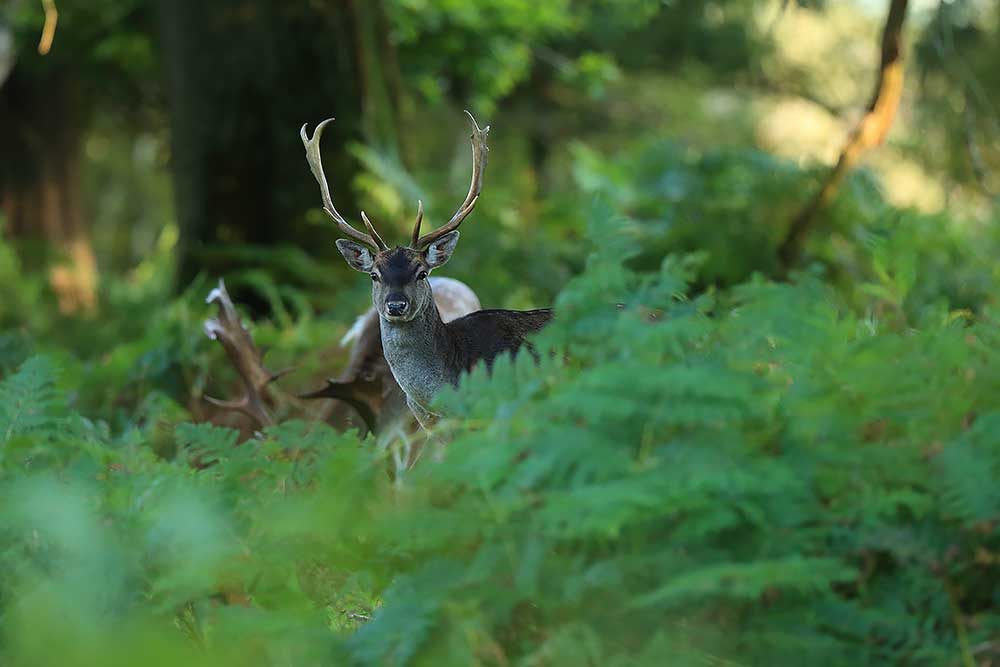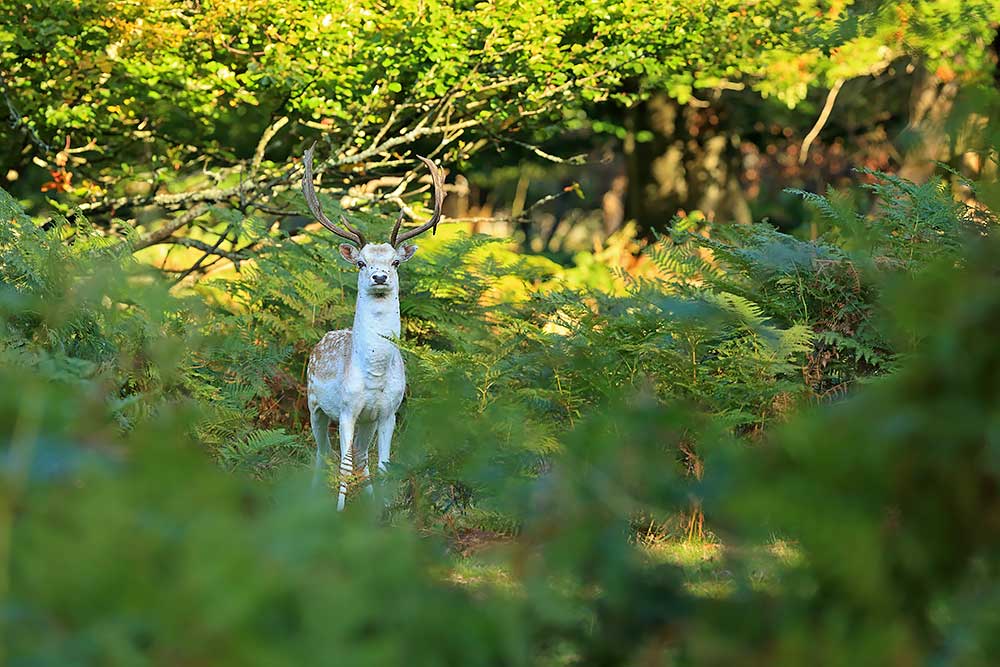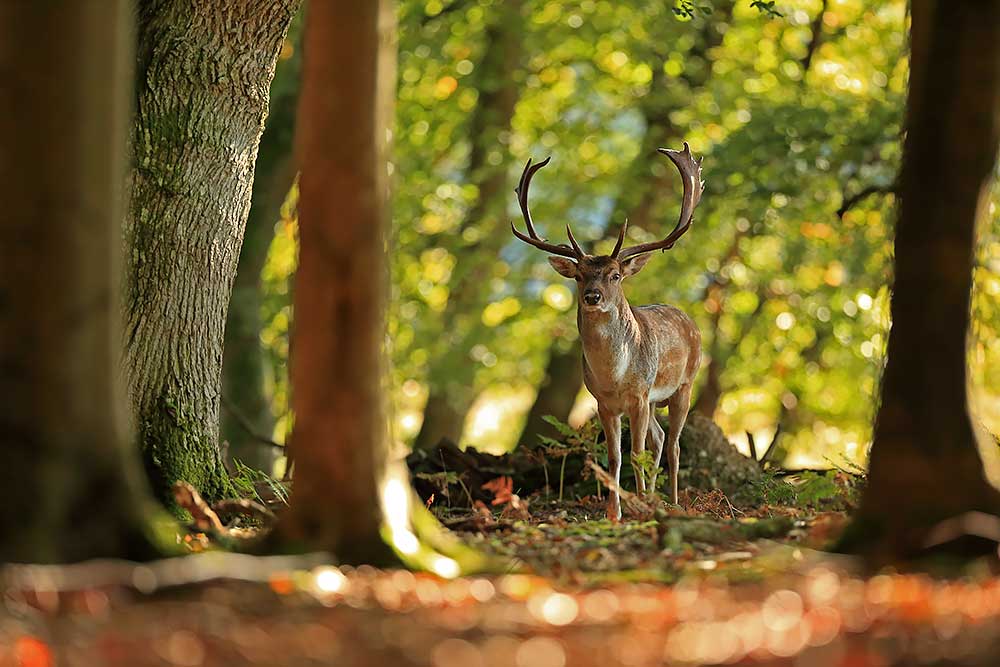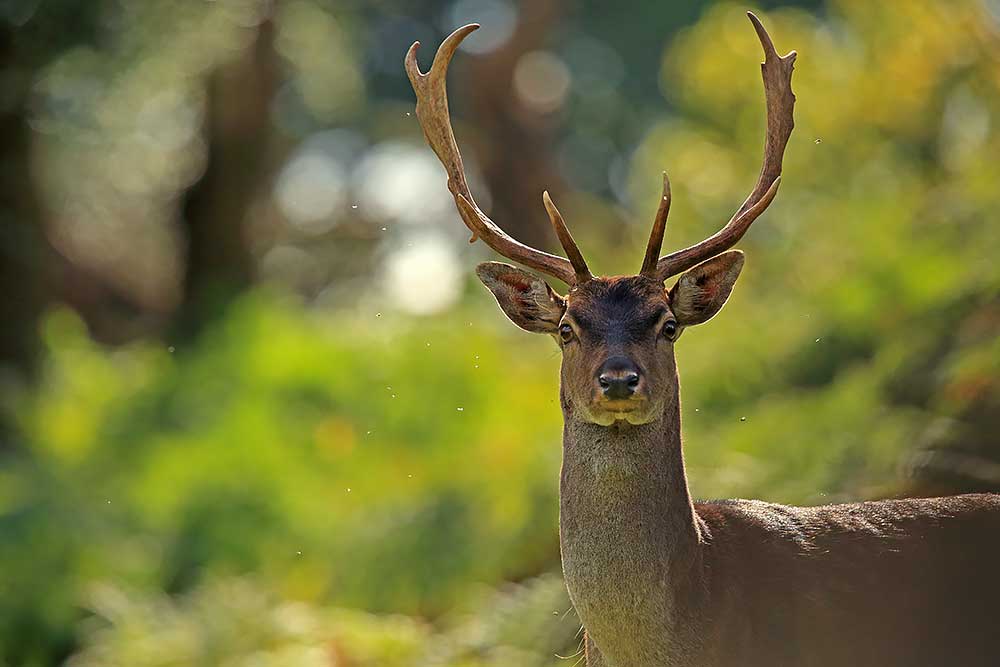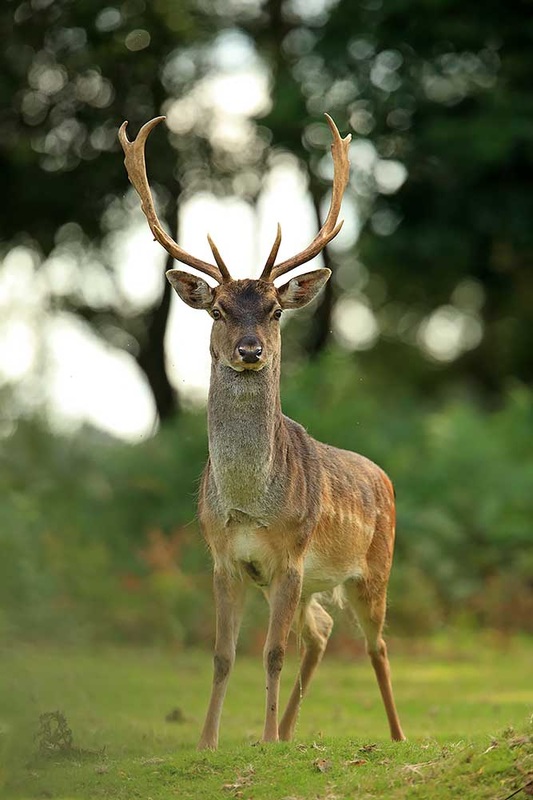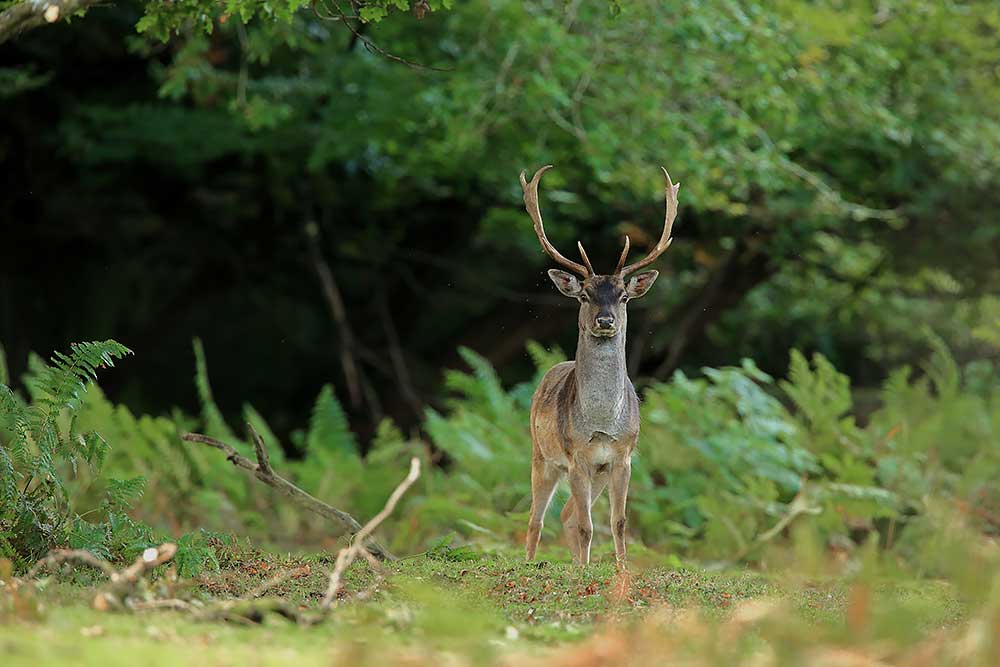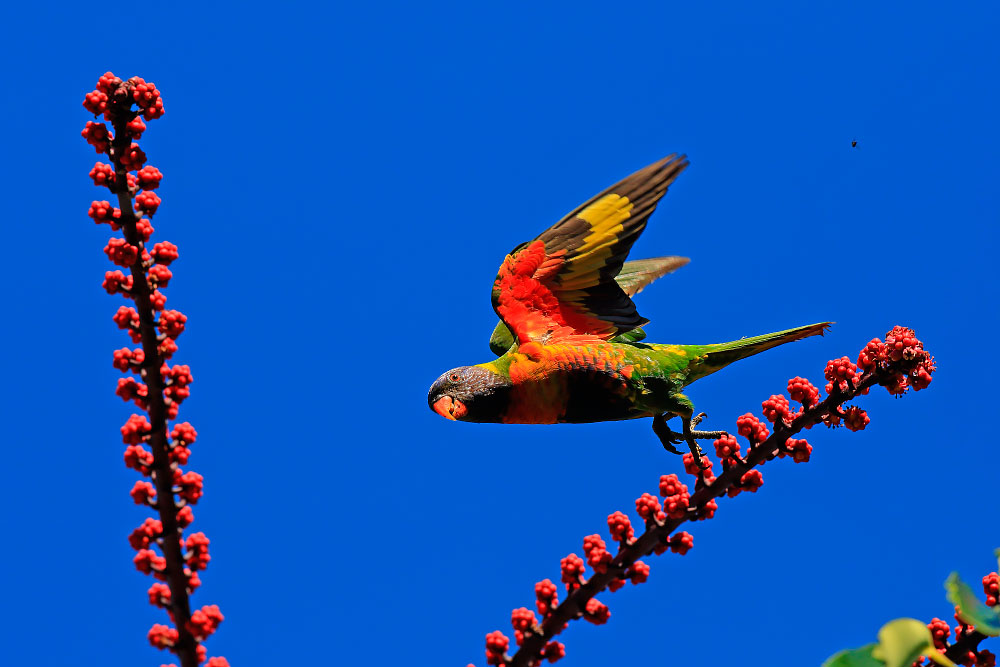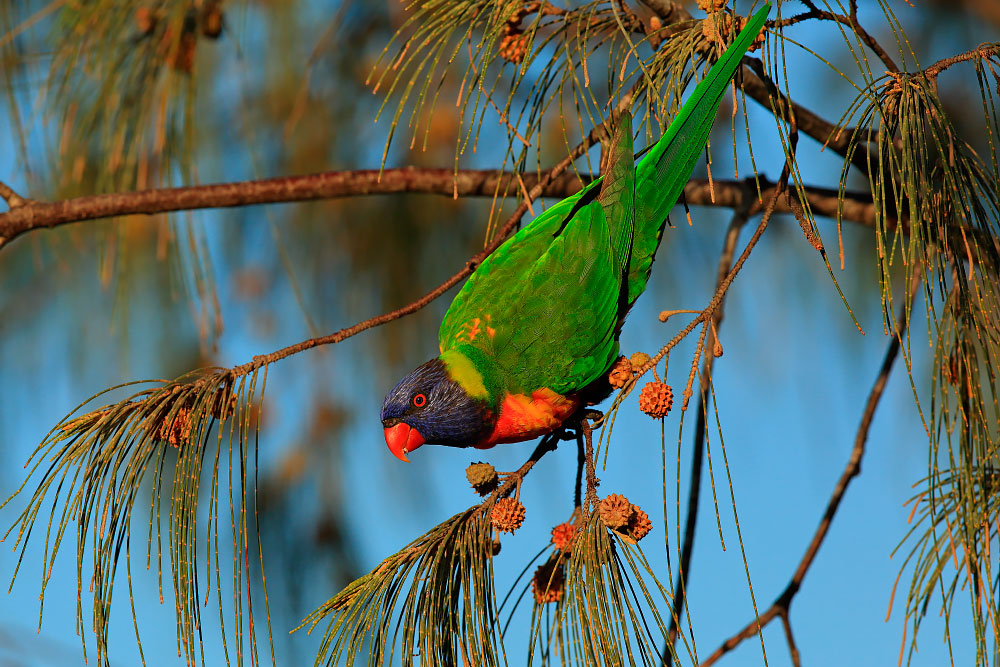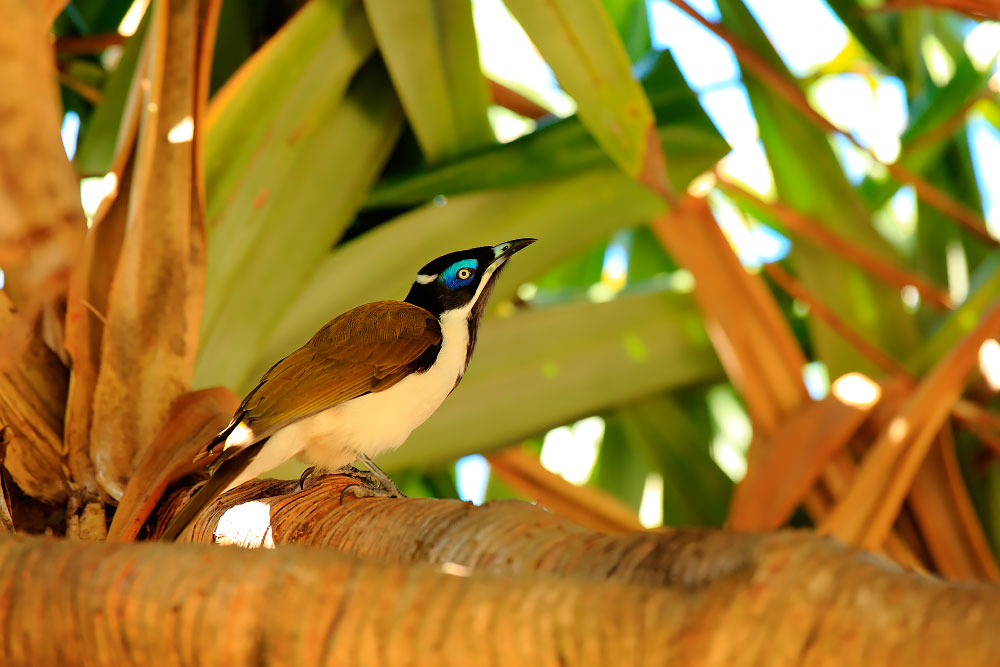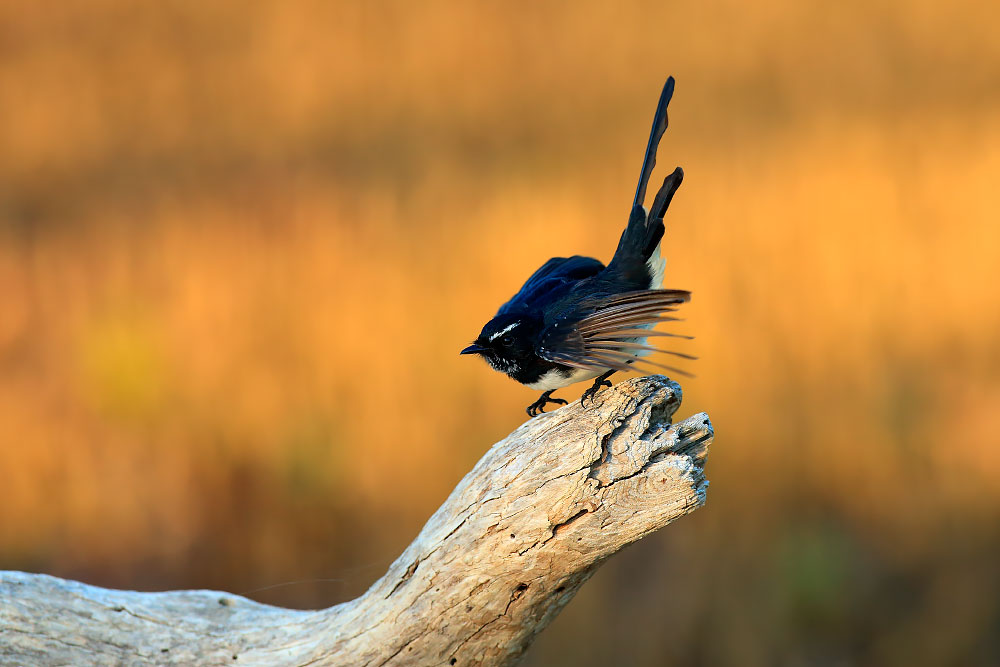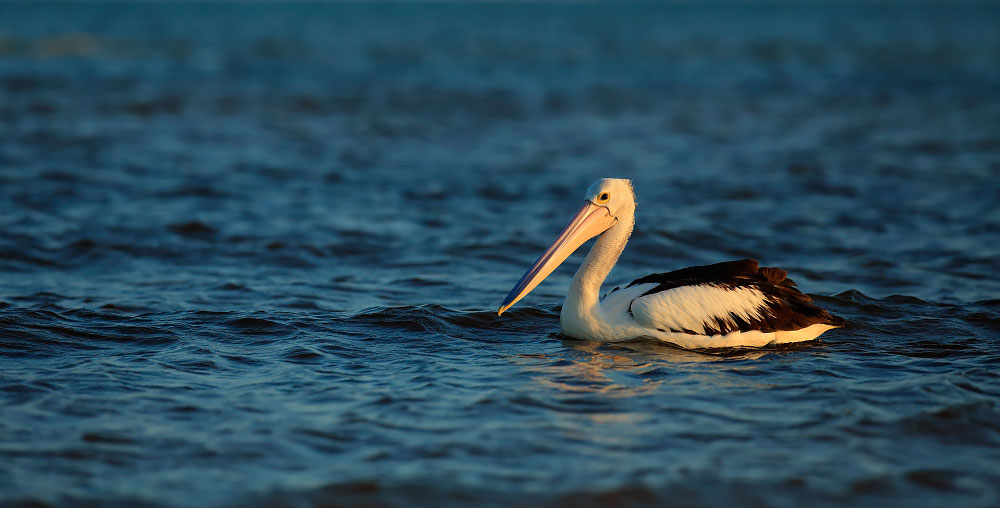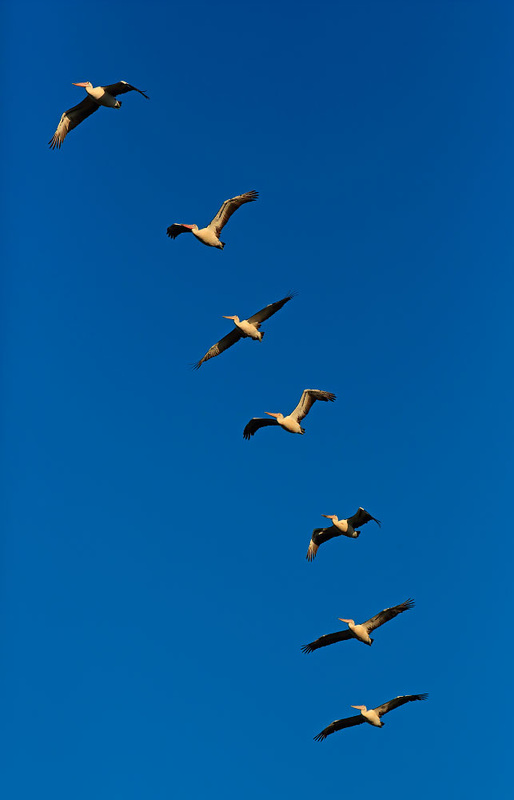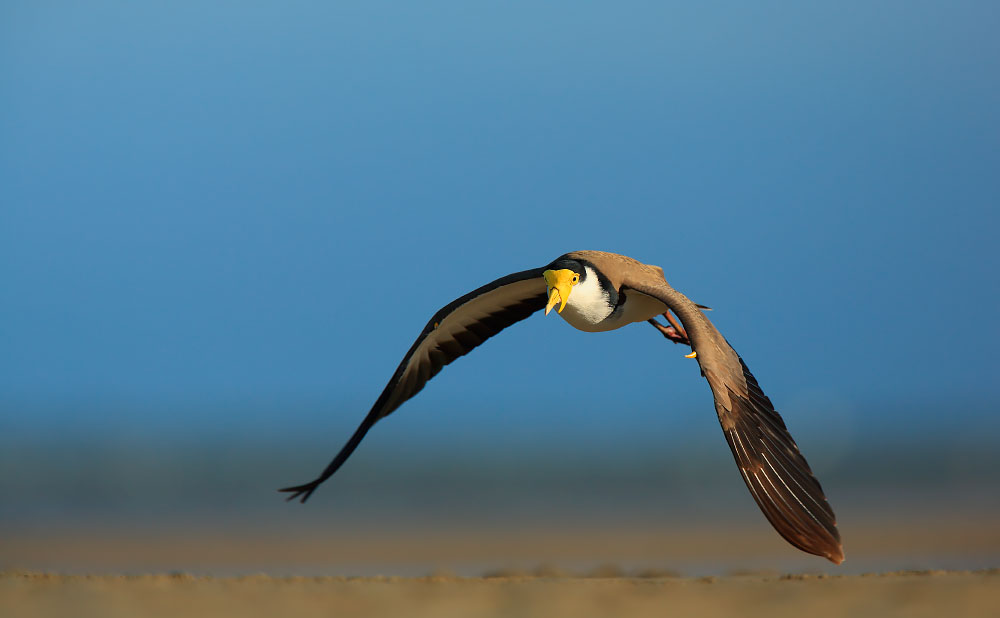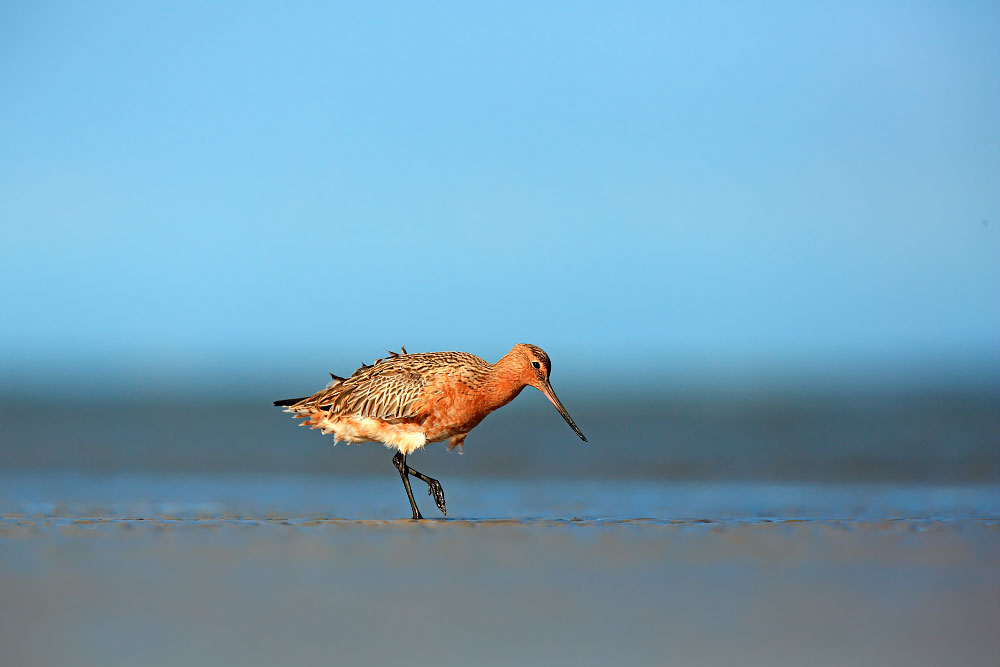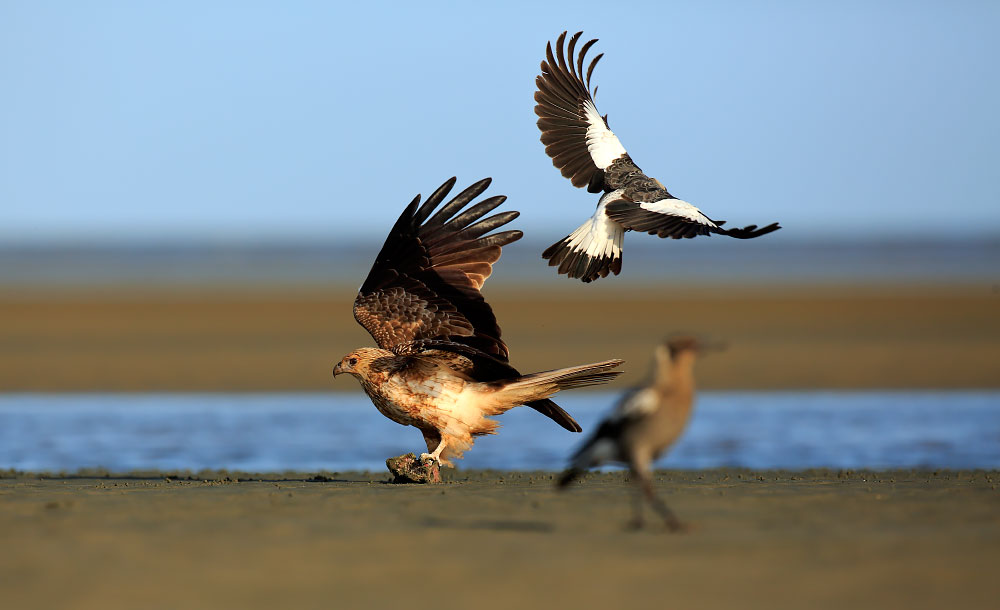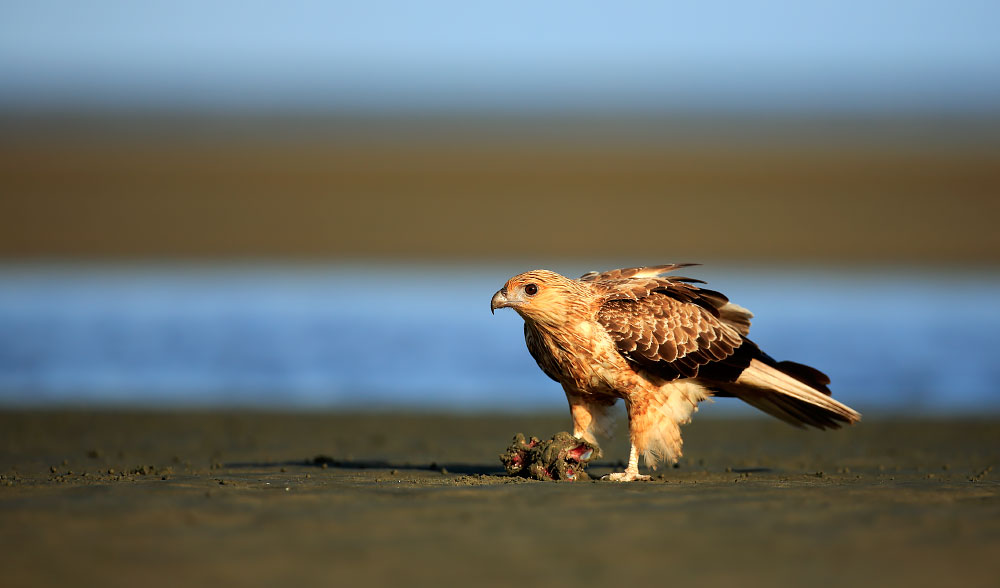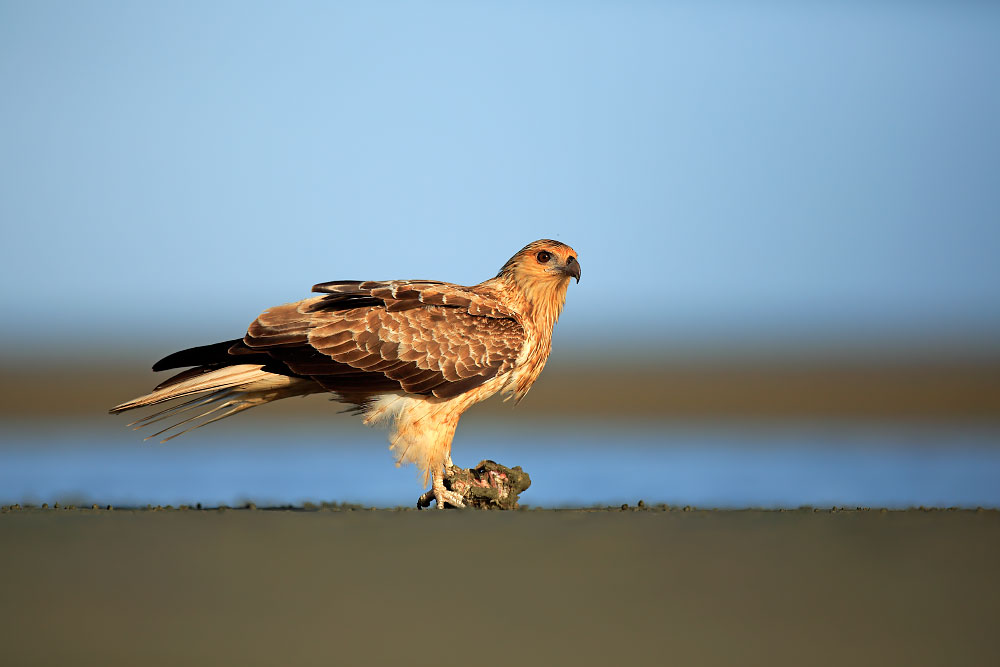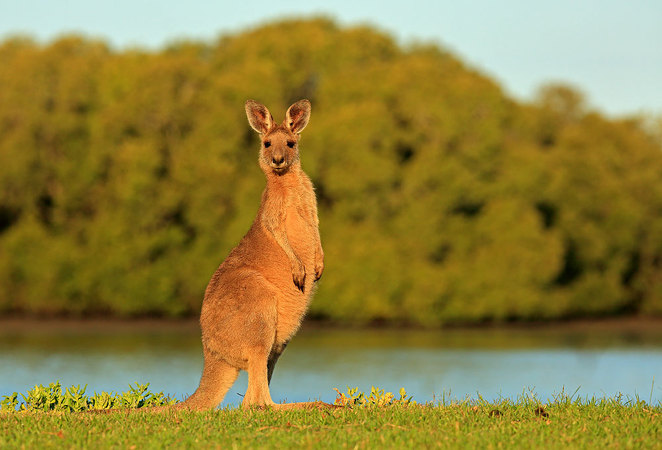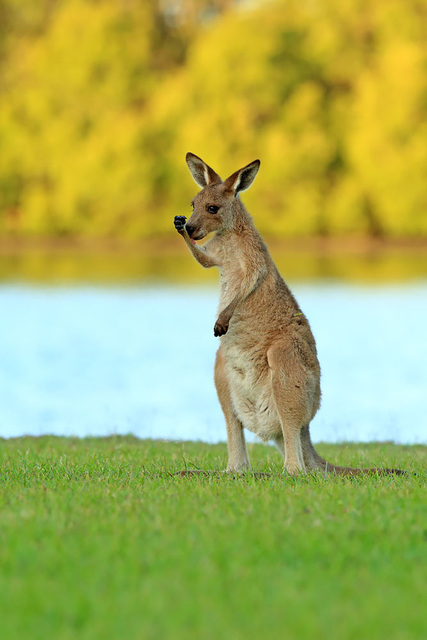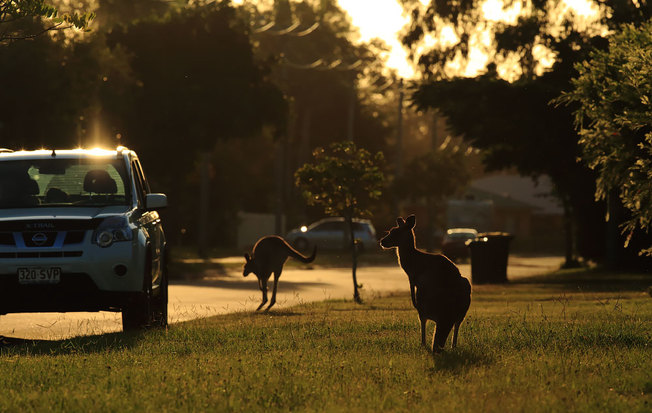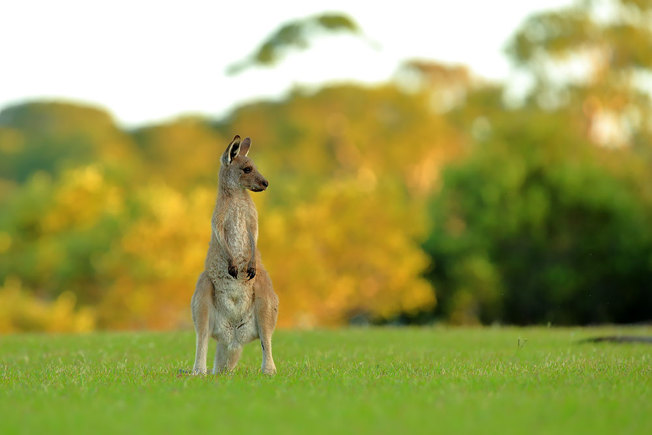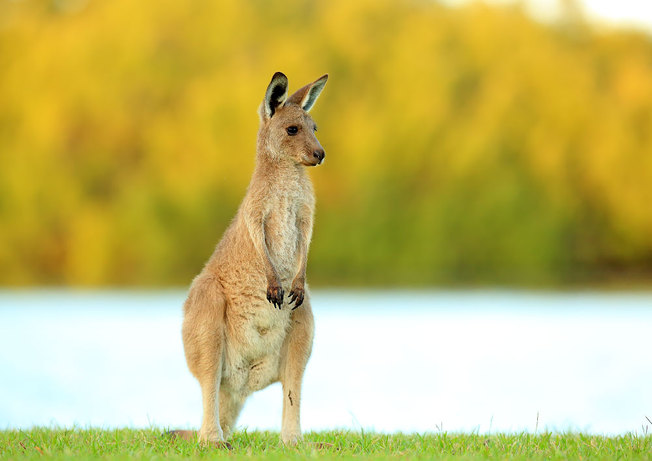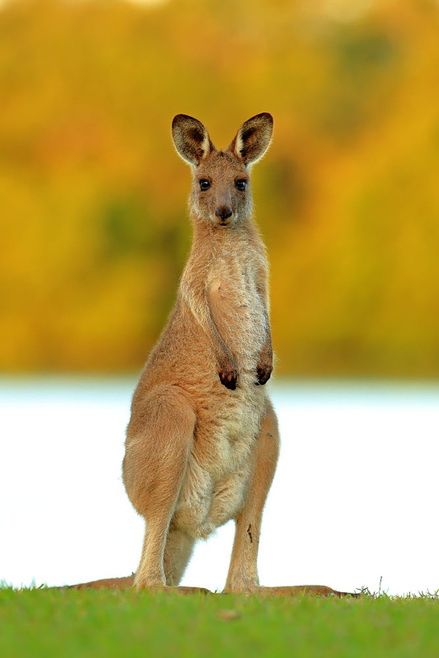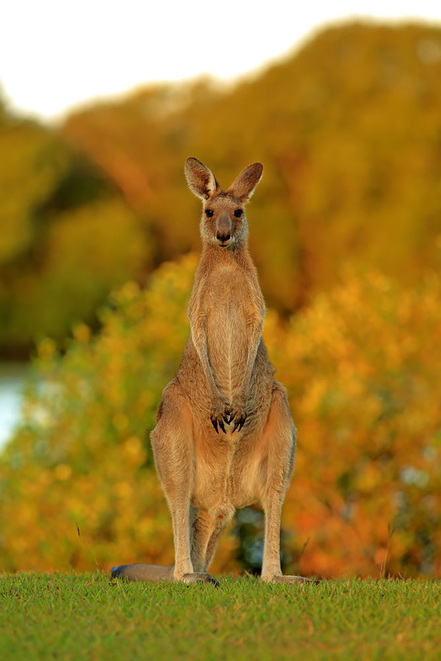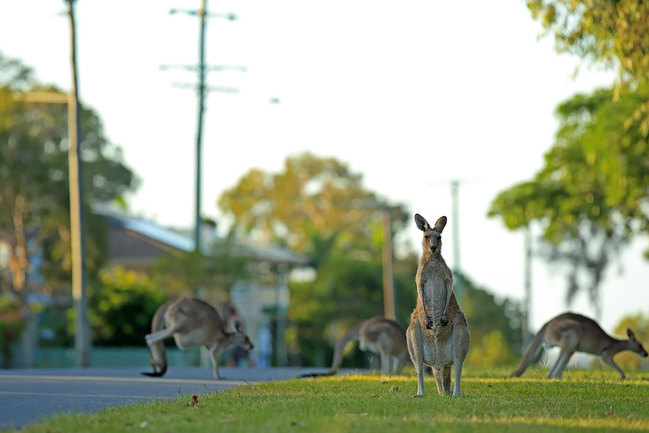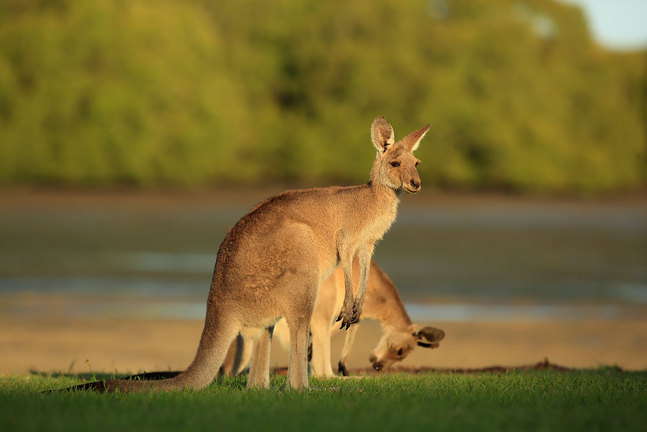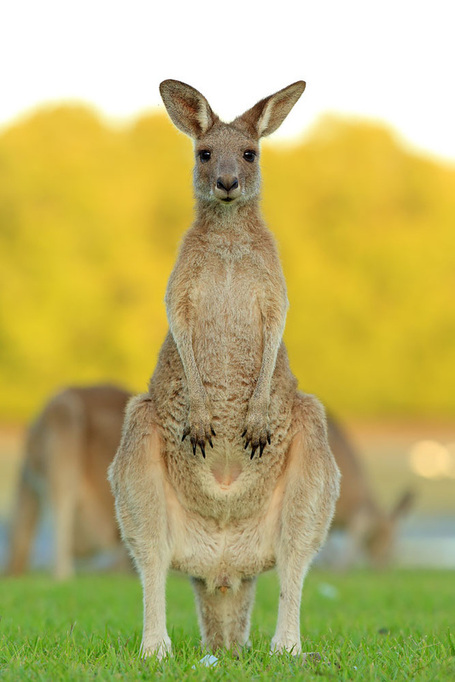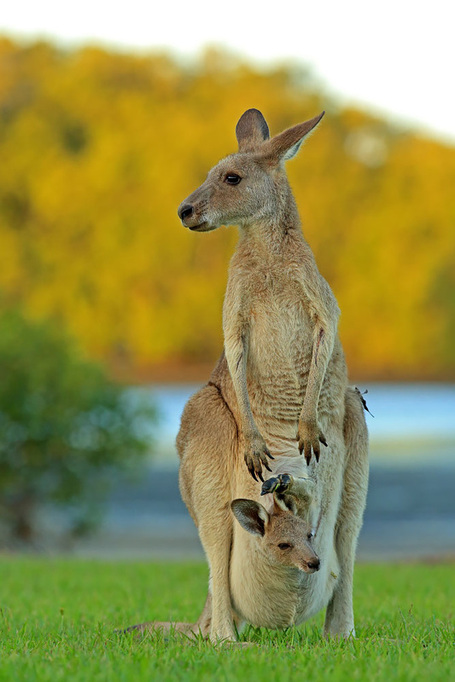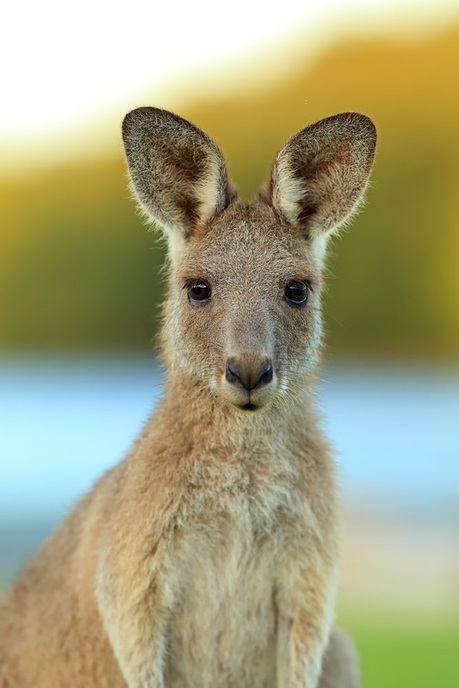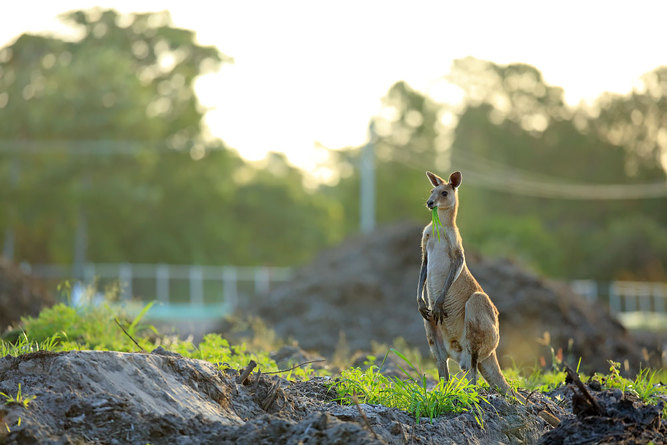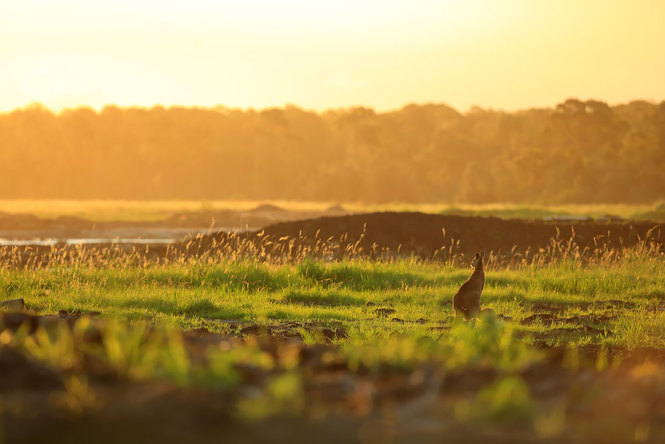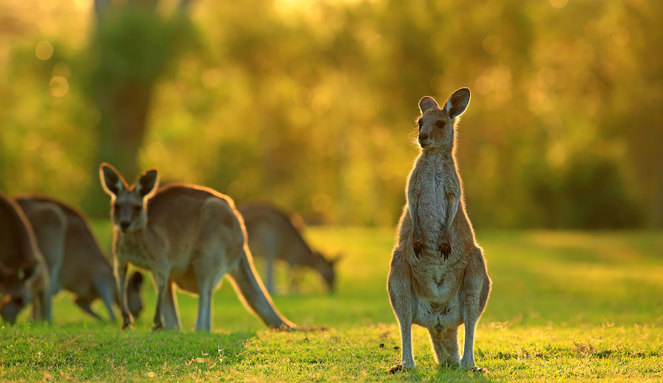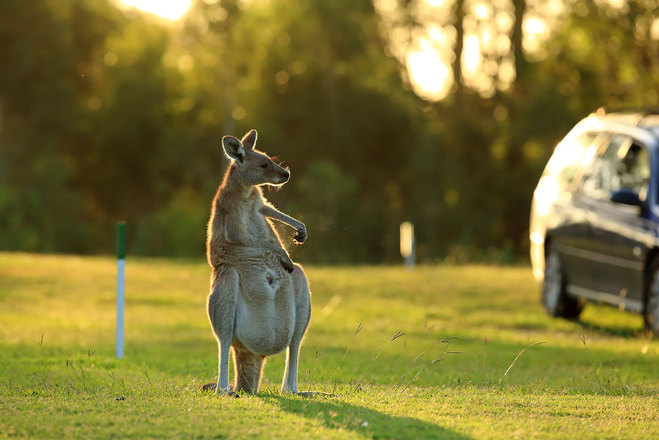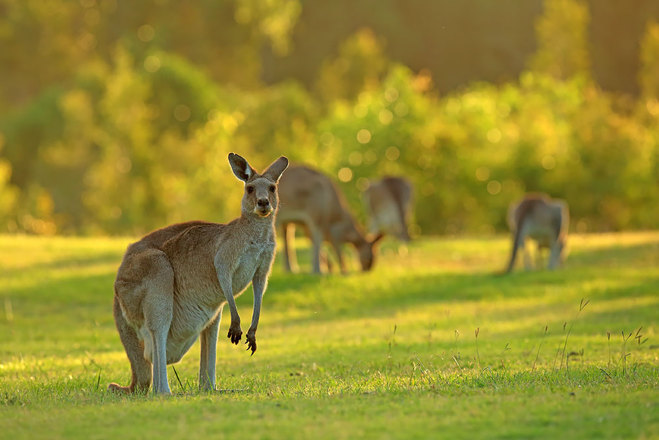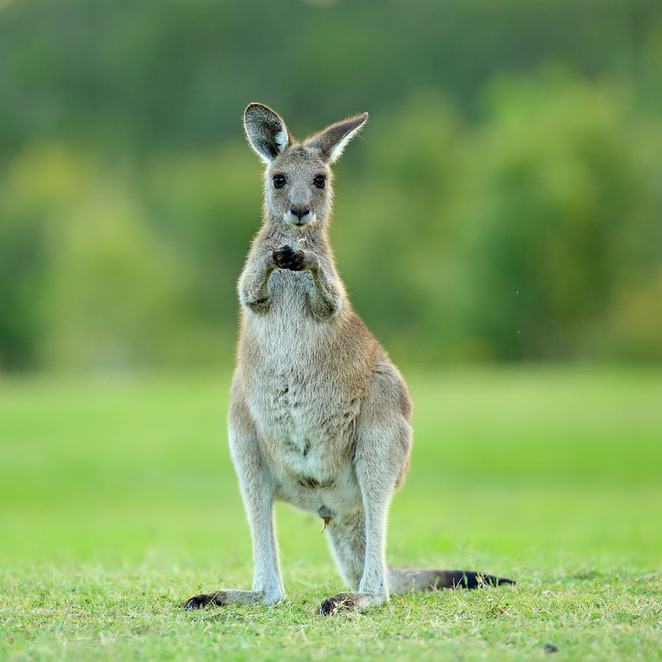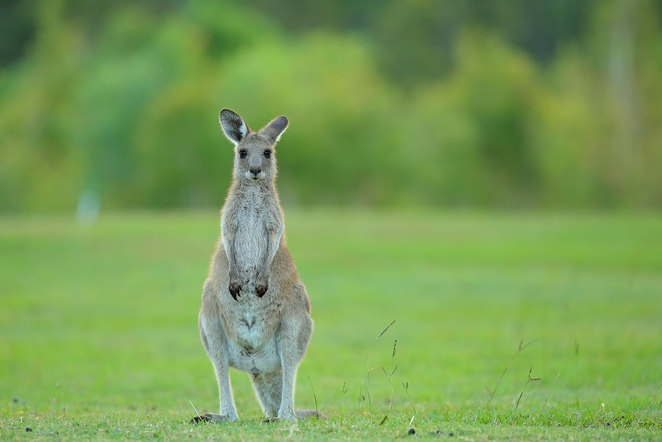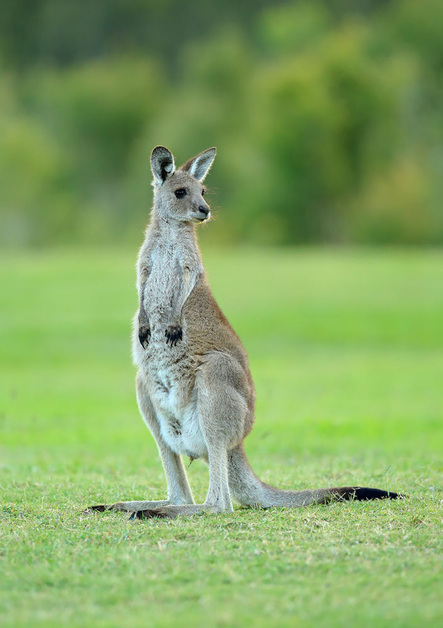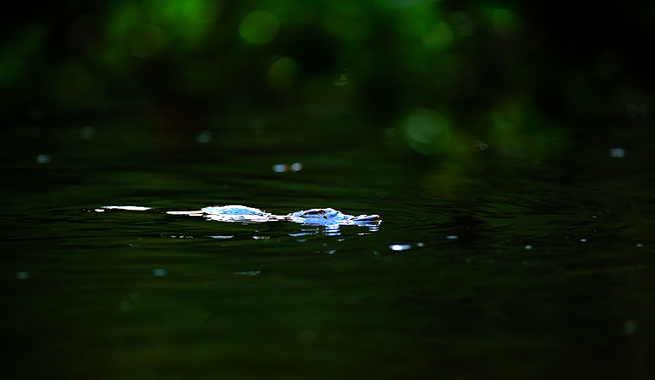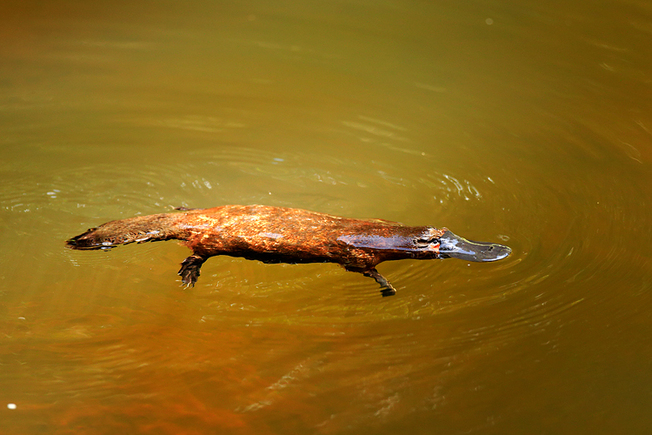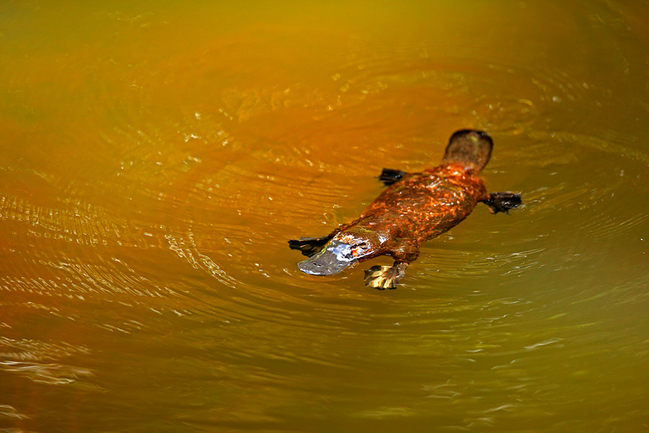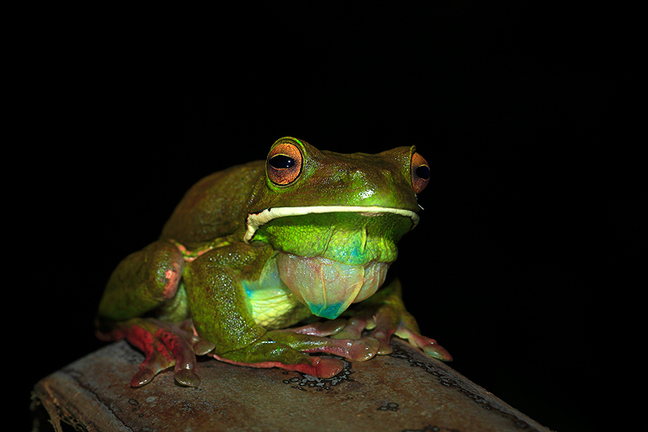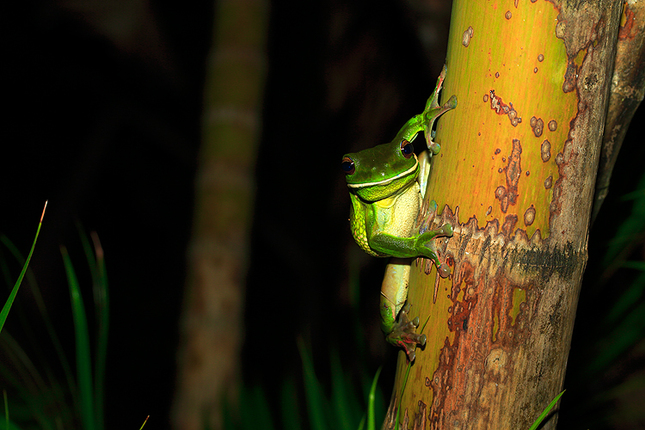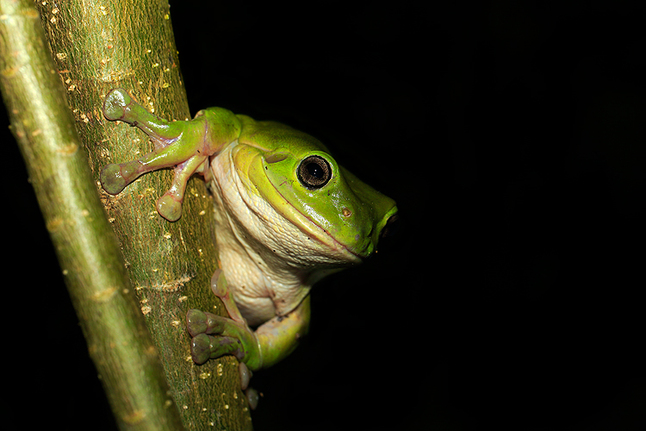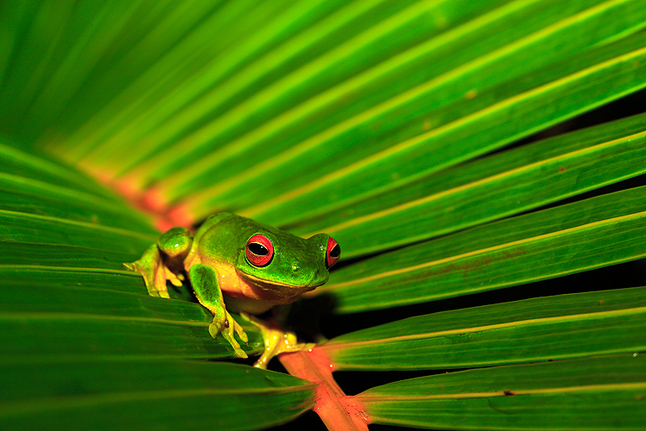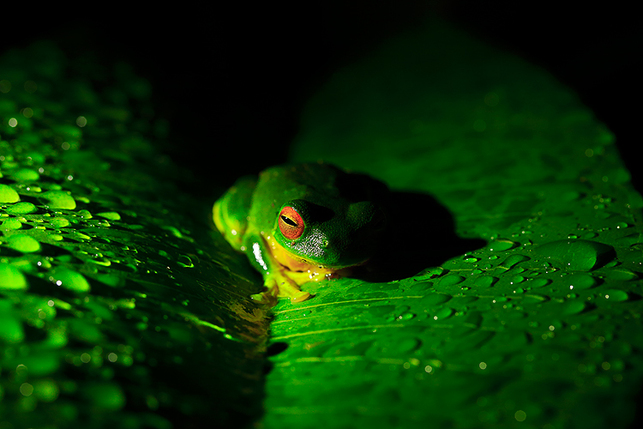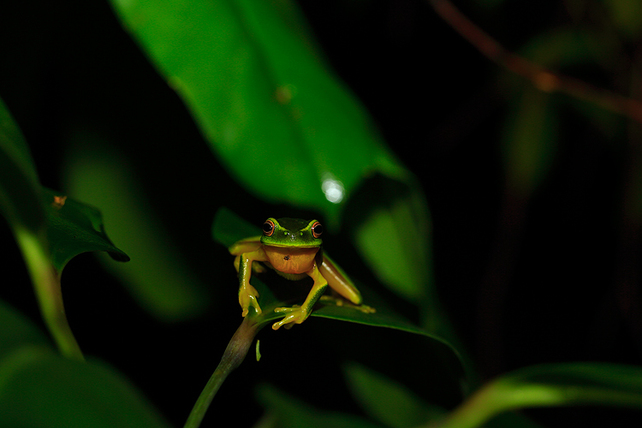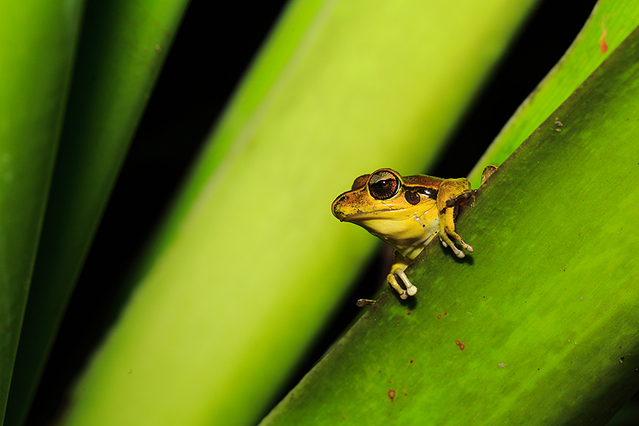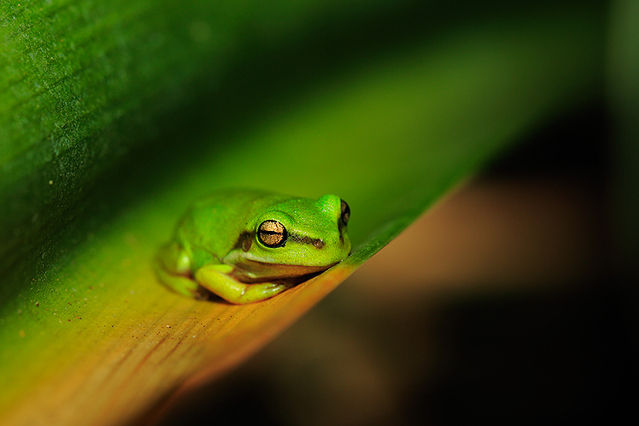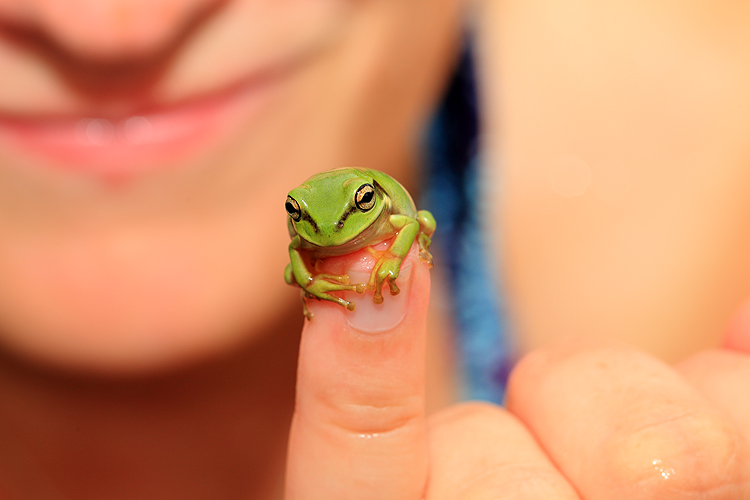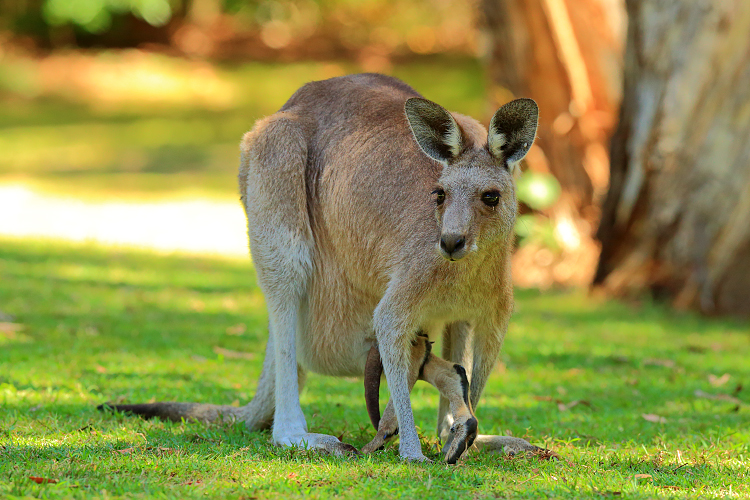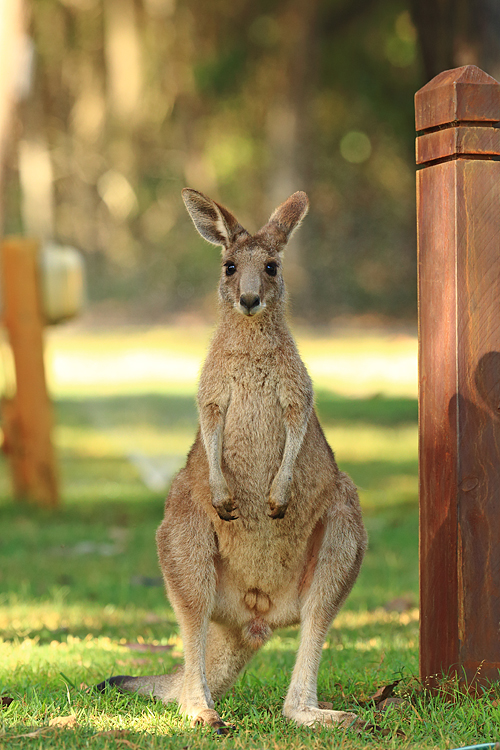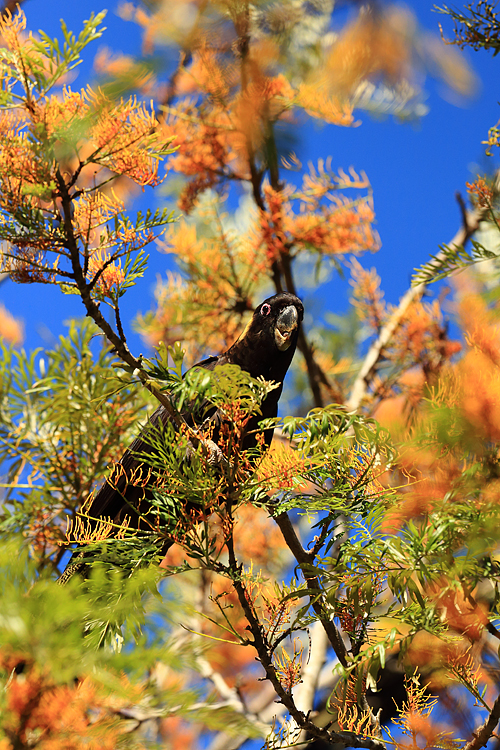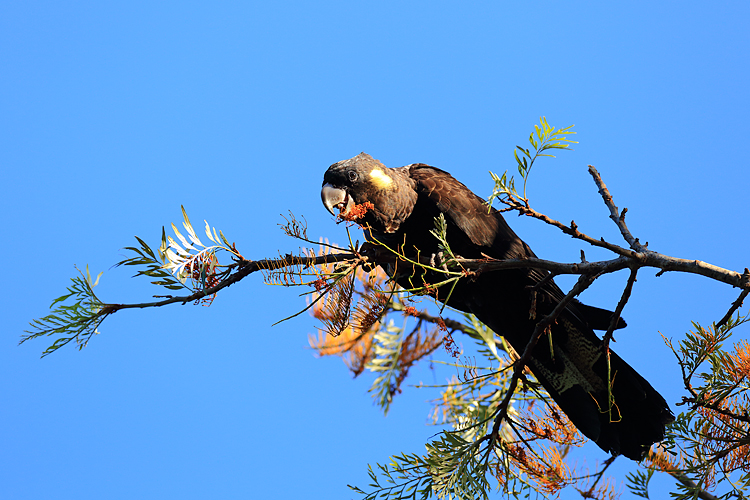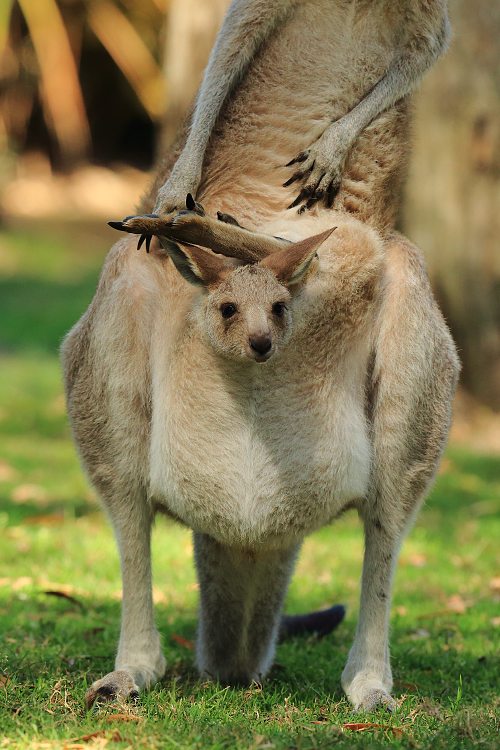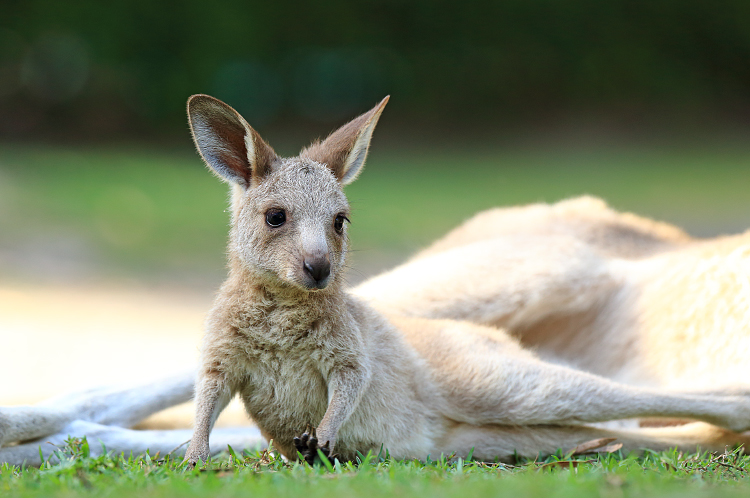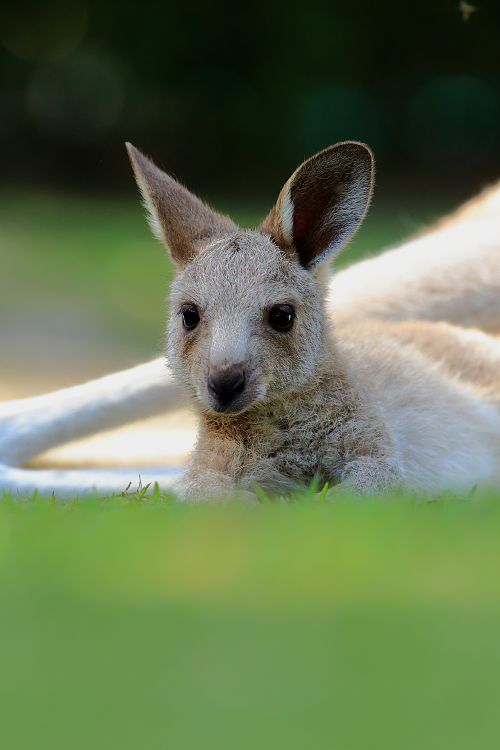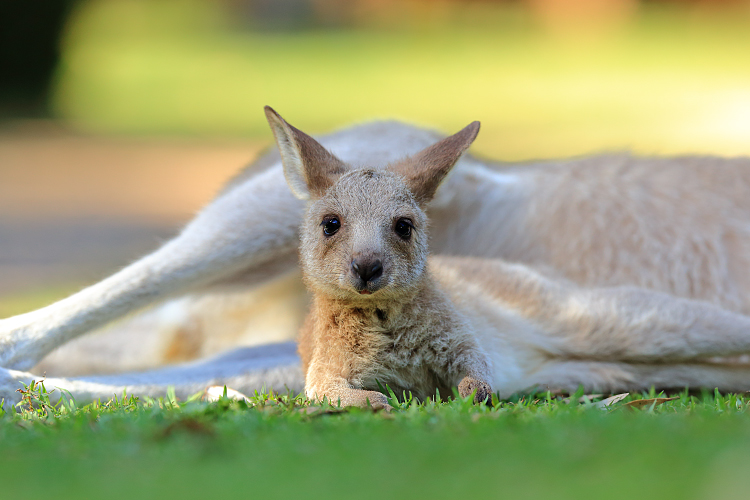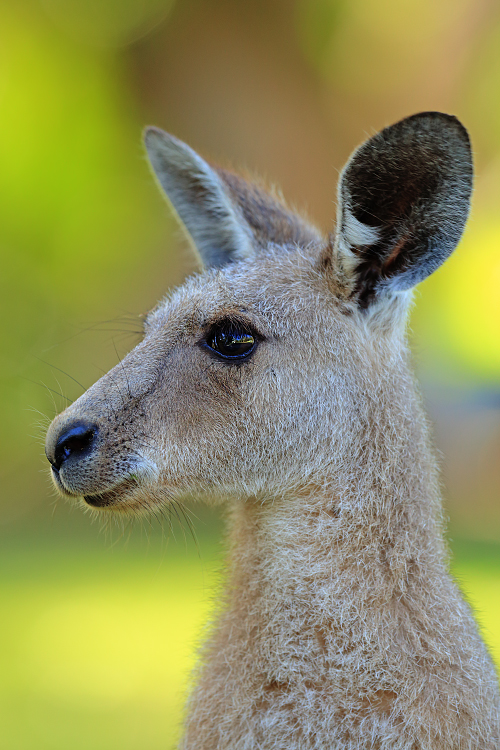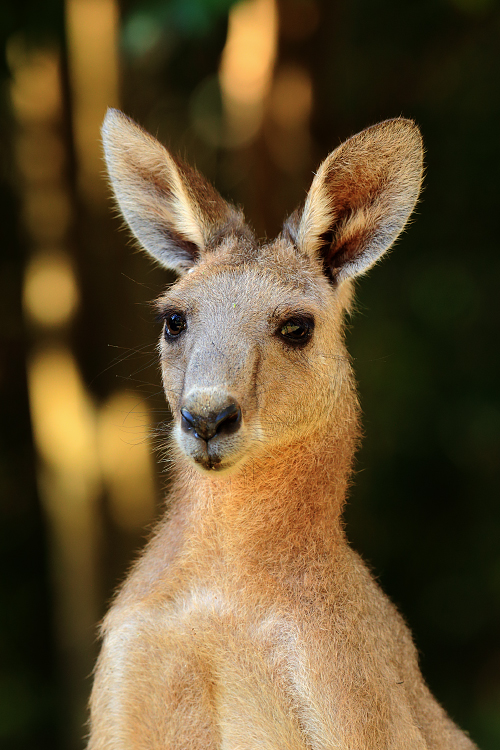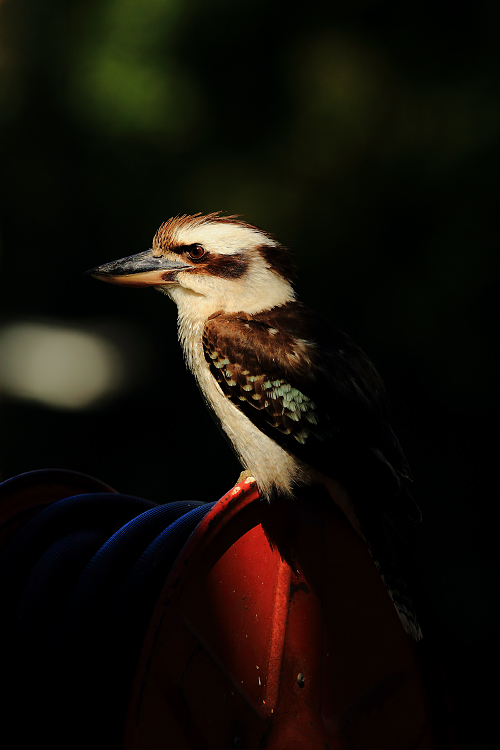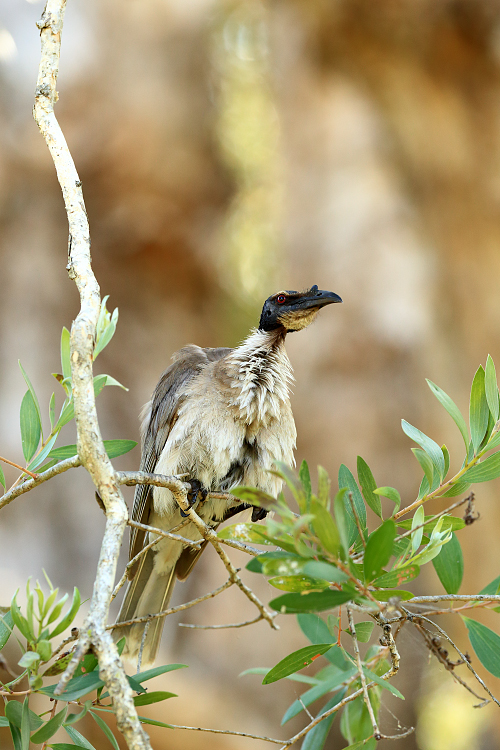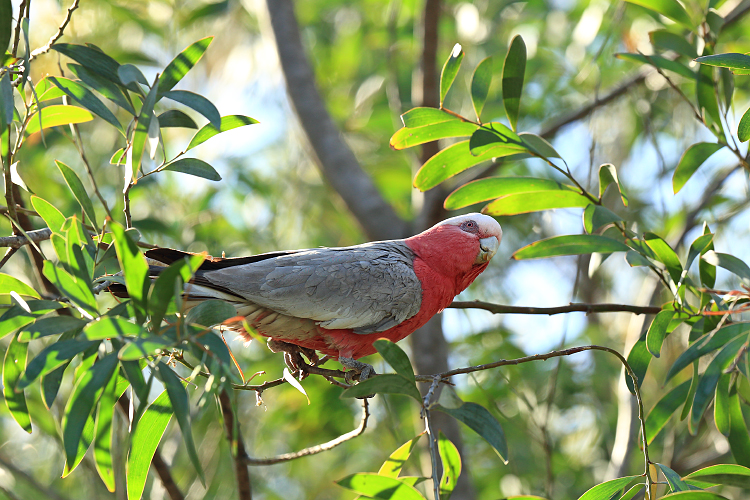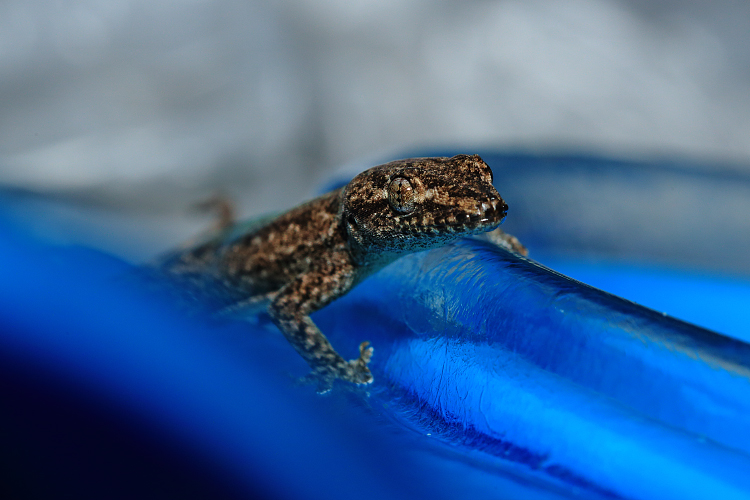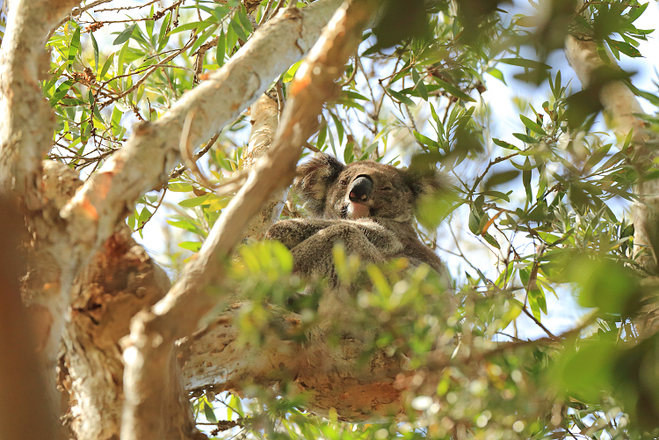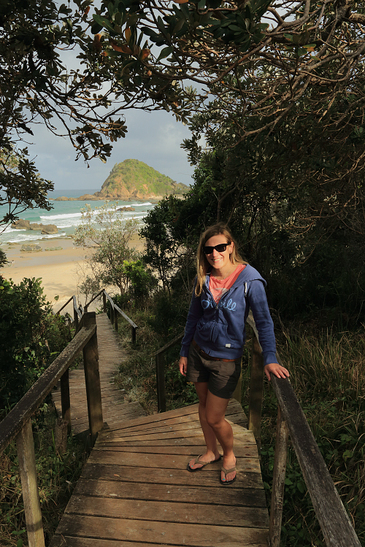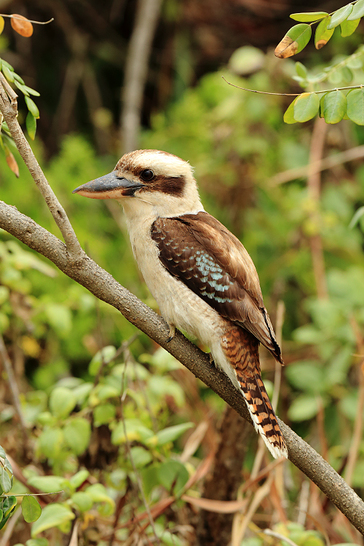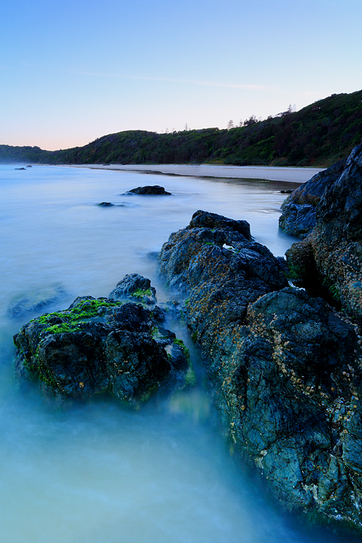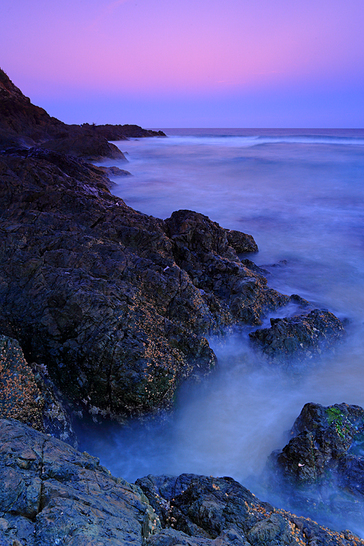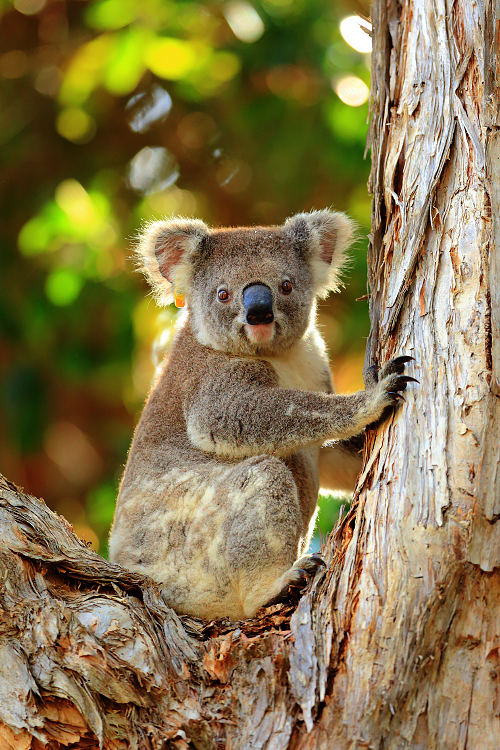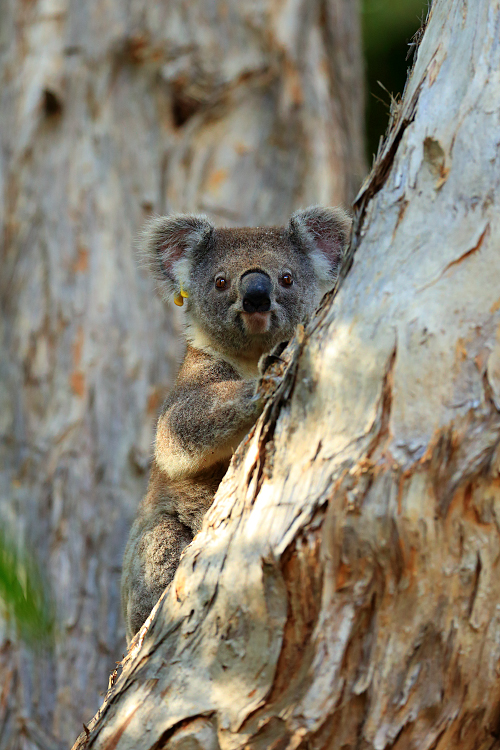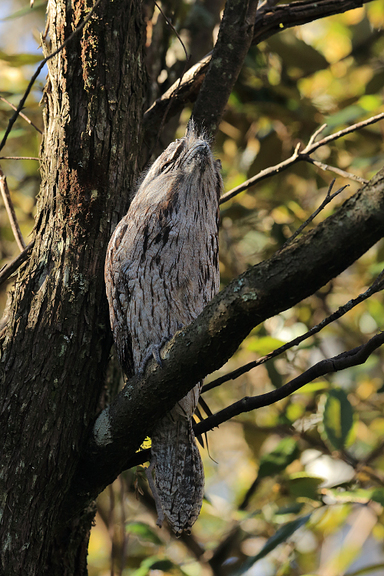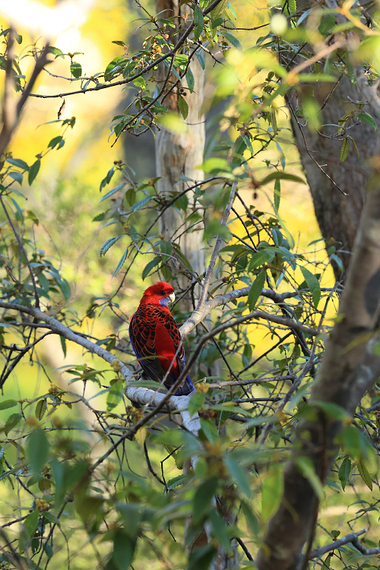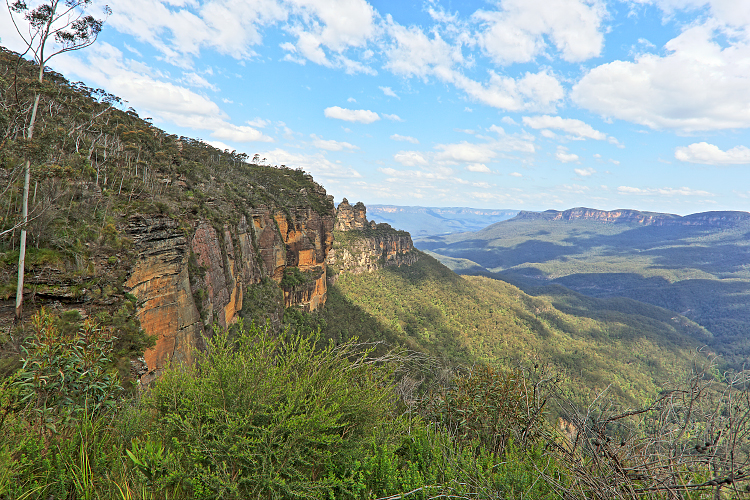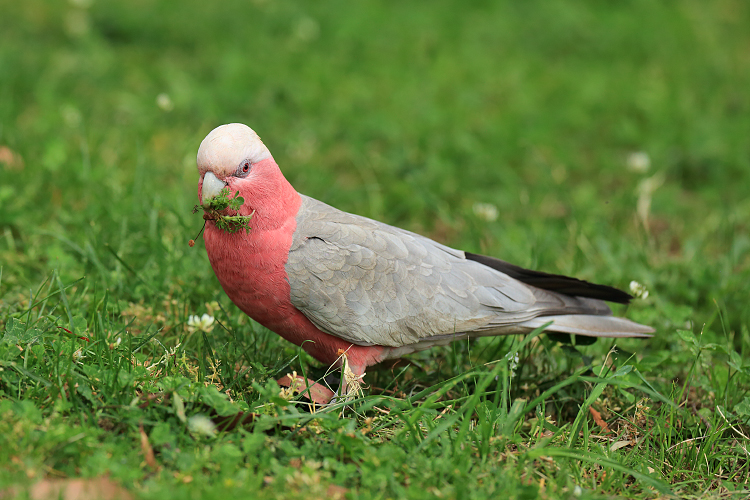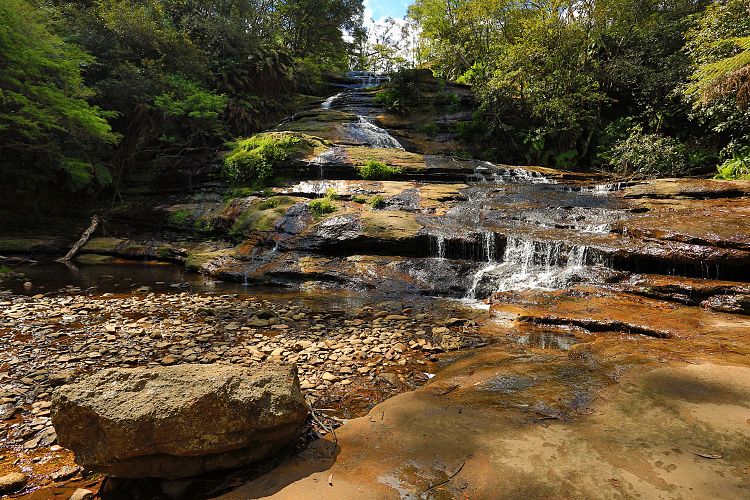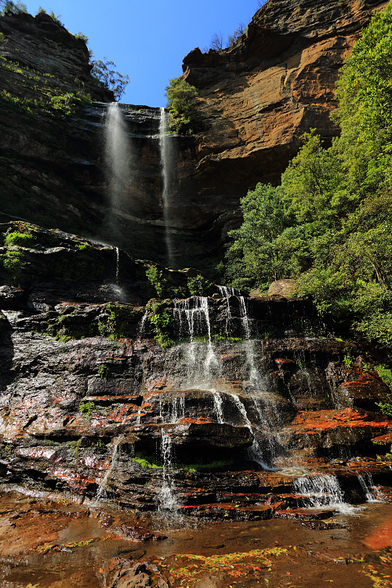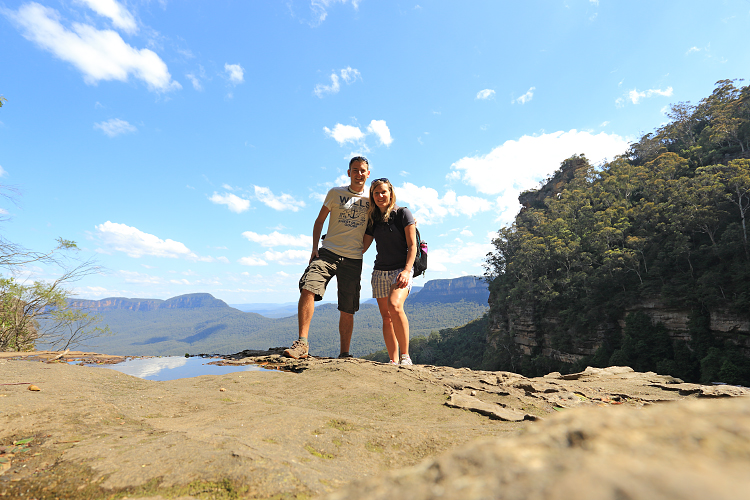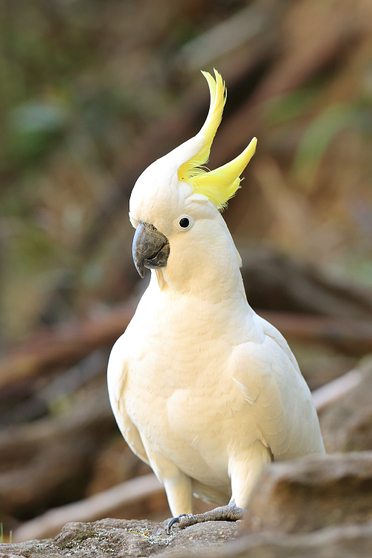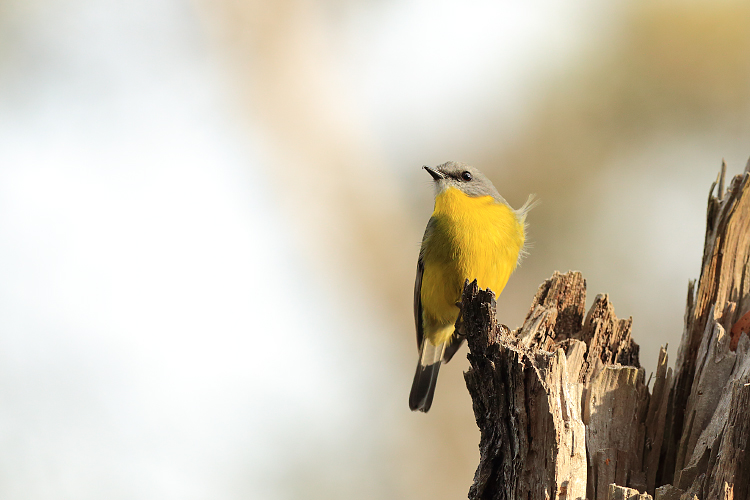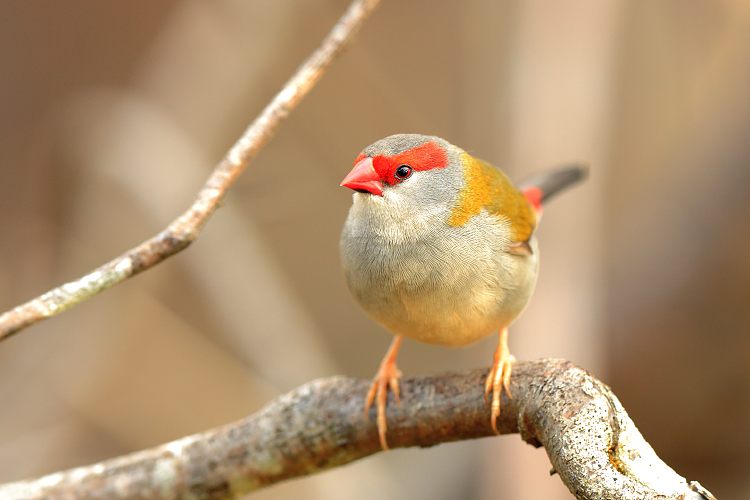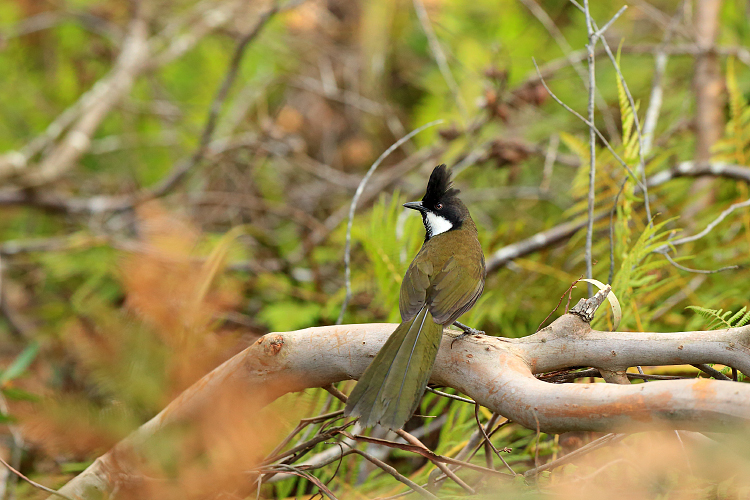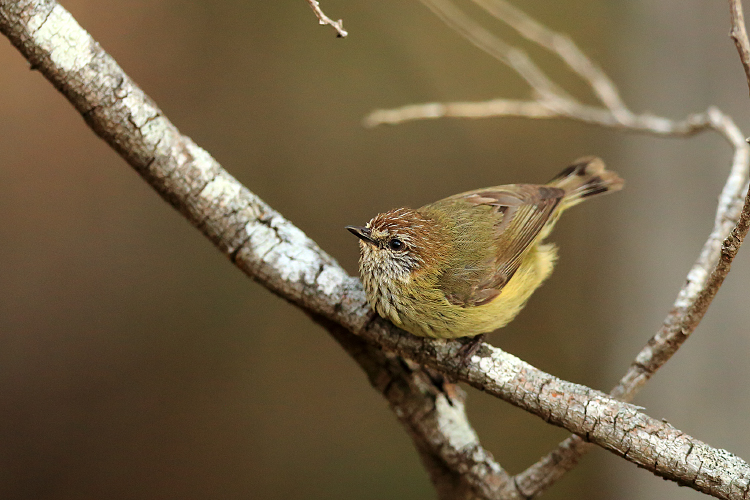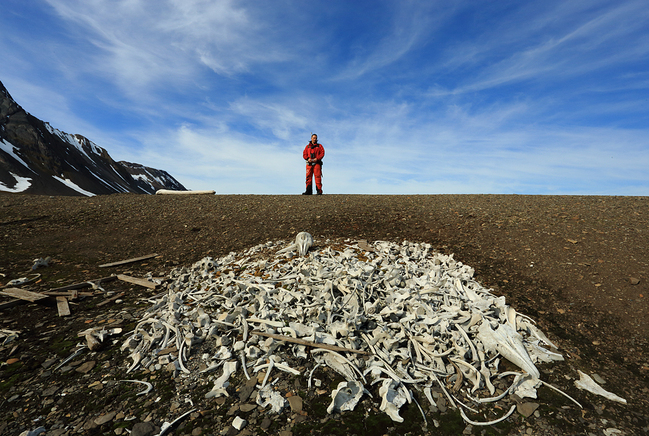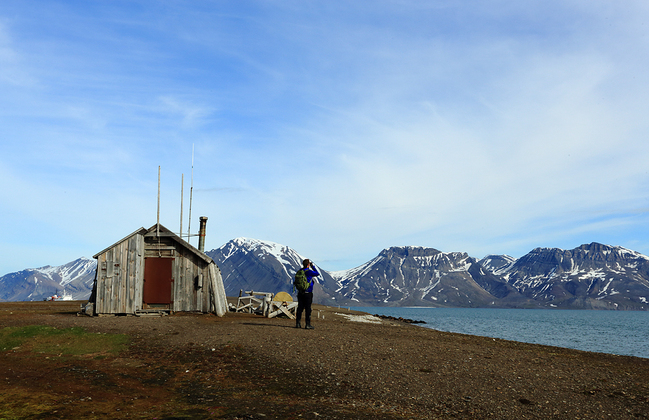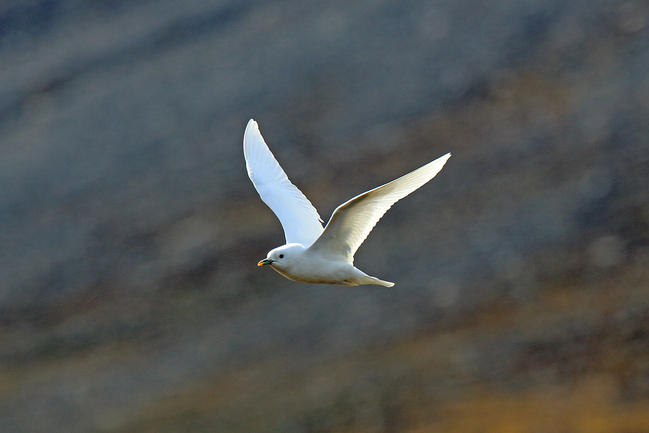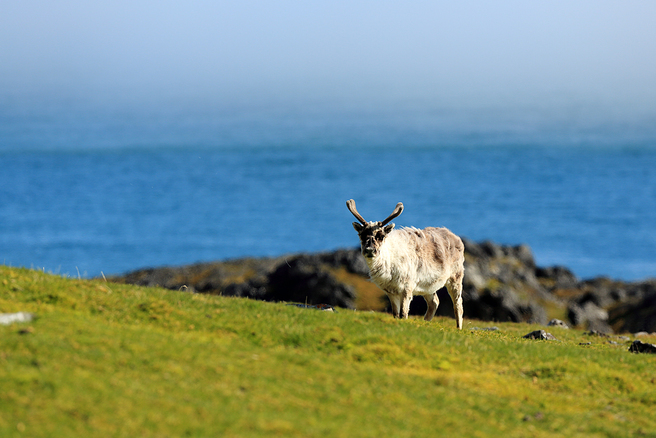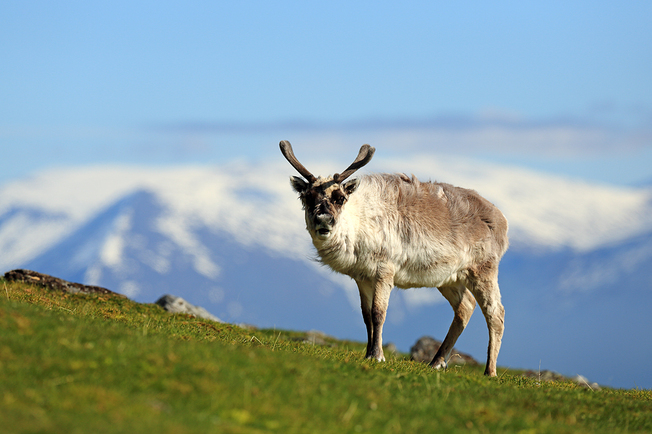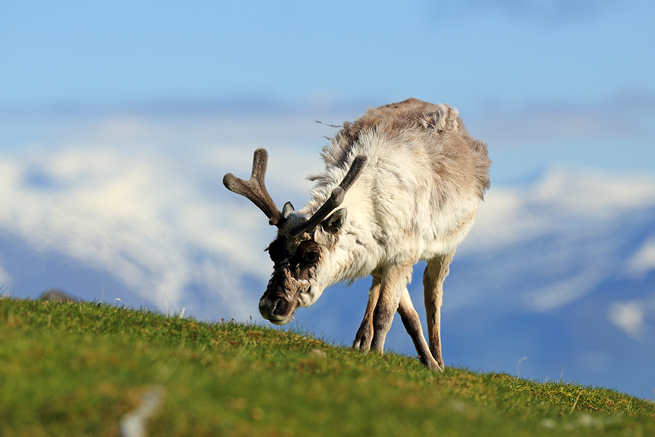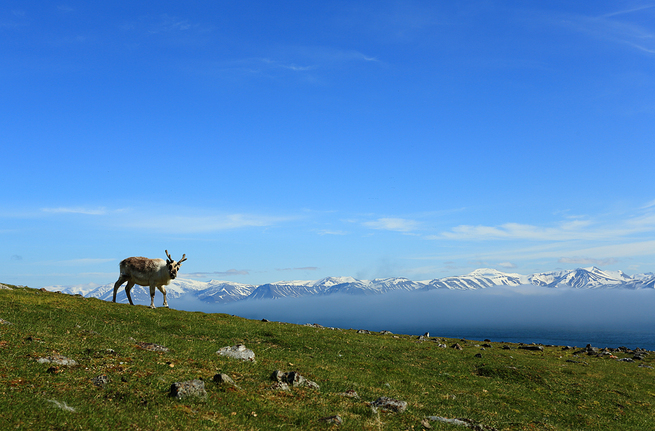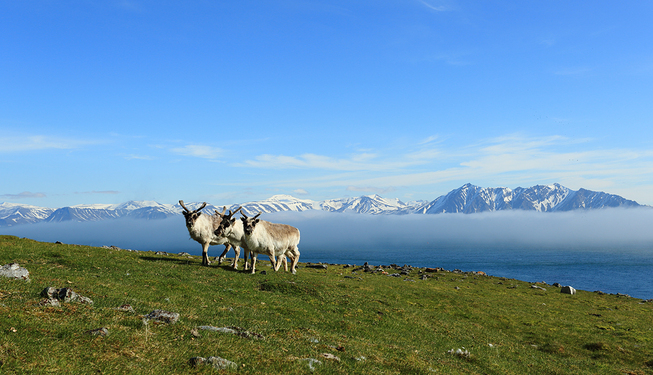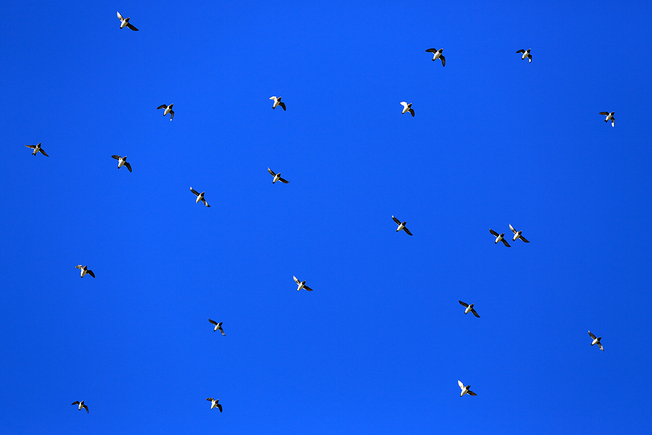|
My second week in Zambia was the first with my Wildlife Worldwide guests and our expert local guide was Jonathan (one of the excellent guiding team at Flatdogs Camp). We had an unbelievable week with numerous leopard sightings, but it was the lions who really stole the show. I had a fantastic group and we were lucky enough to enjoy an all-day game drive with over 30 lions seen, a leopard, countless elephant and some fantastic birds too. Rather than waffle on, I will just share some of the highlights. Enjoy! There are still a few places available in 2021 if you would like to join me in South Luangwa, you can find out more here.
0 Comments
I have been extremely fortunate, leading photography trips to Finland’s remote Boreal forests for a few years now. However, the first night of the trip I led for Wildlife Worldwide earlier this year, was without doubt one of the finest wildlife watching/photography experiences of my life. It all started as we settled into our hides for the first night. Our cameras were still being set up, we hadn’t even sat down when a young wolf appeared on the edge of the treeline. By the time we had all of our gear ready, the wolf had disappeared, but it didn’t take long for our first photographic opportunity. To start with, it was bears galore. Coming to feed on the scraps and carcass that had been left out (this is all done under license and is strictly regulated). As the evening flew by the wolves were joined by a pair of wolves, the alpha male and the new alpha female. I know the male well, having photographed him many times before and I did see the female last year. Below you can see a number of images from across our 4 nights in the hides and the video of what proved to be a moment of a lifetime. As the light started to fade, a lone wolf was wandering across the marshy ground in front of the hides. It was then that another wolf begin to howl in the trees to our left. Incredibly the whole packed joined in, pups and all, and finally the lone wolf joined in too. As I write this I have goosebumps thinking back to it, a tingling sensation down my spine, for it was the most astonishing noise I have ever heard. To be so close to such an incredible evocative noise was a moment I will long cherish and to get it on camera is even more special. Be sure to join me as I lead another Finland’s Boreal Predators photography tour for Wildlife Worldwide in 2020.
If you ask me where I feel most at home, there is only one answer and that’s ‘Africa’. So, why Africa I hear you ask? Well, quite simply, it is home to some of the world’s finest wildlife, wonderful people and stunning landscapes. Well recently I went to Mana Pools National Park in Zimbabwe, while leading for Wildlife Worldwide, and I can honestly say that my life has changed forever. That is the second time I have said that after a trip to Africa in the last year and I stick by it. Mana Pools has become synonymous with the African wild dog (or painted wolf) as per the BBC’s fantastic Dynasties series. In fact, I spent 8 days in the park following the star of the show Blacktip and her pack. It is possible to go on walking safaris in Mana Pools, which is just like many other parks (particularly in Zambia), but here the wildlife can be very approachable and the wild dogs are especially habituated to people on foot. On top of that there are few elephants that are particularly special and allow a wonderfully close approach. Anyway, I won’t rattle on too much more. Here are the highlights from the first couple of days … The first encounter with the dogs was definitely one of the most frantic. Just as I approached the dogs with my group, the whole pack got up and started to try their luck hunting a herd of impala. All hell broke loose and we somehow ended up right in the middle of it. At one point we were surrounded by around 10 dogs as they tried to panic the impala into a mistake. The next morning we found the dogs in almost the same spot as where we left them, and they allowed even closer approaches. When you struggle to fit your subject in the frame it is always a good day ... After a fantastic morning in Mana Pools the evening proved to be even better. We found the pack fairly close to where we left them, they were enjoying an afternoon siesta. Not long after we arrived, the dogs started to wake and start their bond renewal routine. African wild dogs are one of the world's most social species and the level of their communication skills are far beyond our understanding. We watched the whole pack greet one another and play in wondrous orange light.
Mana Pools is one of those places that gets under your skin and I hope that this overview of my time there inspires you to go for yourself. Join me in 2019 and discover the next chapter of Tait's & Blacktip's Dynasty - Mana Pools: Wild Dogs & Elephants Photography. Towards the beginning of June I was fortunate enough to lead a small group of photographers to the island of Skomer. This rocky outcrop, which sits just off the Marloes Peninsula, is one of the UK’s seabird strongholds and supports around 6,000 pairs of breeding Atlantic Puffins. These charming little birds are what most visitors come to see on Skomer Island and it certainly doesn’t disappoint. It has to be one of the UK’s finest wildlife experiences – quite simply it is hard not to smile when you see your first Puffin. Only about the size of a pint glass, these small birds are one of the world’s great ocean wanderers, their tenacity and dedication to their chicks is truly inspiring. They provide the perfect focus for this short photography break. I spent 3 nights on Skomer, having only planned on staying for 2. It turns out that my clients (and me) were experiencing some of the worst low pressure systems for many a year, we were stranded on the high cliffs of the island for an extra 24 hours. Although it was a little inconvenient it provided further opportunities to enjoy the island’s varied birdlife including 300,000 pairs of Manx Shearwater (only possible to see in the dead of night), thousands of gulls (Greater and Lesser Black-backed as well as Herring), Guillemot, Razorbill, Kittiwake, Short-eared owl and the list goes on. I thought I should give you a little taster of what this exciting trip is all about, so here are some of my favourite images from the trip. After arriving on the island around 1pm on the first day and then having a hearty lunch, we set out to photograph the Puffins at 'The Wick'. The Wick is famed for its large colony of Puffins, all along the top of a dramatic coastal inlet on the southern side of Skomer. As the afternoon went on the skies cleared and provided us with some spectacular light for photography (see below). The second day started quietly, as most of the Puffins had already left their cliff top burrows, they spend as much time as they can catching fish for the pufflings (yes that really is the name of the chicks). The light was already pretty bright, but the group managed to get a few images of a Raven and of course a few Puffins here and there. I was lucky enough to capture one image as a bird flew in across the water in the blustery conditions, capturing it all in a muddle in mid air. The afternoon proved to be another puffin bonanza, and many of the group tried their hand at bird in flight photography. This is known to be one of the hardest skills sets any wildlife photographer can learn, but photographing a bird this small in gusting winds is near impossible. However, a few of us got lucky and their persistence paid off. But there were also opportunities to photograph an obliging Oystercatcher and the Rabbits were about as tame as you can get! Having stayed on the island of Skomer for an extra evening, strong winds and poor visibility meant that no boats would be crossing over from the mainland. So after a morning of horrific weather, not even good for capturing images of Puffin in the rain, we headed out for one final time to add to our portfolios. For the most part, I kept my camera off, going around the group and making sure they were all getting what they wanted. So even with some of Britain's finest summer weather (by that I mean gale force winds and torrential rain), we managed to spend plenty of time with the 'clowns of the sea'. I hope to be hosting more Skomer photography trips in 2018, all in partnership with Wildlife Worldwide.
Since the start of spring I have been out trying to photograph my local population of Roe Deer. I have heaps of practice with this lovely species but they can still be a tricky subject to photograph. They have truly incredible hearing and a superb sense of smell ... you only have to make the slightest mistake and the opportunity will have passed. Recently I haven't had much luck as my valley has been having a swirling wind pattern. This means I have been unable to keep down wind of the deer and they smell me coming from a long way off. Finally the long, warm evenings have given me the perfect opportunity to get out and about to search for the local buck. I know the field that he likes to rest during the day but the challenge is to get close enough and stay down wind. After a few attempts I finally succeeded and had one of the best, and particularly close, encounters with this magnificent Roe Deer Buck. It was a truly wonderful encounter and what made it all the better, was that the buck wasn't at all startled and when I was done, I was able to slip off and leave him in peace.
I will be turning a couple of these images into high-quality prints which will be available in my online store. Please let me know if you have a favourite. There is one animal that elicits an emotional response like no other in the natural world. Which creature could it be? For me, and many others I know of, the Tiger has an aura, a spirit that seems to soar above those creatures around it. Don't be fooled though, this isn't the only draw to India ... it is just a case of trying to find a wild corner of this vast country to explore its natural delights. I have recently returned from a trip to India searching for Tigers and some of the stars of the Jungle Book. I had some issues along the way with cameras and park legislation but I won't go into that here. I didn't have the best trip from a photographic point of view but there were a few stand out moments which I thought I would share with you. The week started off pretty slowly and I didn't really have any sightings of any of Tadoba's standout species. However I did seem to have some better luck on the bird of prey front ... as you can see above. The my luck changed and I had an incredible encounter with a very handsome young male Tiger. Only moments after driving through the park gates we heard a sound that is comparable with that of a Lion in Africa. We heard the territorial call of the Tiger and we knew that it was heading back into the park, having spent the night patrolling the park boundary. We drove up into the park proper and stopped at the top of the hill and listened. The deep call sounded again from the forest, it was coming closer. We moved further down the road and waited for a moment that will live long in my memory, an intimate moment with one of the most striking individual cats I have ever seen. I was also really lucky with a particularly close encounter with a pack of Dhole (Indian Wild Dog), but the photography opportunities were tricky as the dogs being rather unsettled. Only moments before these images they had failed to hunt a Barking Deer, they weren't particularly keen to oblige and pose for photographs. I will be writing another post about the last few days I spent in Tadoba and going on to describe a few of my concerns too. Although I saw plenty of wildlife, I was rather shocked at some of the tourism practices within the park and the way this could directly affect the wildlife.
For now though I will leave you with a shot of this cute little fellow ... As I am sure many of you are well aware, I am now back at home in the UK ... it all seems pretty surreal to be back in the real world! Not to fear, I hope to be travelling again soon and taking plenty of exciting images for you all. Whilst I have been looking for work, I have of course been out and about with the camera. I thought I would head out and see any of the locals, who are they I hear you ask? No more wombats, kangaroos or even a Platypus, not in this neck of the woods anyway! Nothing too exciting you might think, well if you like deer then it is exciting enough. Roe Deer are always close by to my Hampshire home and so I went to one of my favourite spots to see if I could find any of my old subjects. I didn't manage any shots of my trusty local doe but I did find a handsome young male ... Sadly, the weather hasn't been overly cooperative since my return. In fact, it has been pretty terrible and it really hasn't given me the opportunity to make the most of the longer evenings. In the last week I have changed my subject choice slightly, I am still photographing deer but I have to travel slightly further afield to the New Forest and Petworth Park. The Fallow Deer is actually an introduced species to the UK, thought to have been brought over from mainland Europe by the Normans. I personally think they are a welcome addition, a beautiful and rather majestic deer that loves the woodland habitats across the New Forest and elsewhere in the UK. The image above is the only one taken in Petworth Park, sadly due to the area being popular with dog walkers the deer are constantly disturbed and rarely left in peace. I decided that I didn't want to add any further stress upon the large deer population and I haven't returned since. All of the following images are taken of wild Fallow Deer which are in know way tame or habituated to people. I have spent around 16 hours collecting this mini-portfolio and I am looking to spend more time photographing the rut later in the year. It is incredibly hard to get close to these amazing creatures, I have to be constantly paying attention to the wind direction, always ensuring that my scent is being blown away from the deer. As well as this I have to be aware of my silhouette, if you walk through the forest the deer will simply run, you must make sure that you move slowly and keep a low profile at all times. With a bit of luck, practice, behavioural knowledge and a lot of patience you can also get some lovely portraits. Finally, here is my favourite image so far, I just love the composition as it shows the animal in its proper habitat, I even like the fact it is being pestered by a buzz of flies ... I will be continuing to build a portfolio of images of both Fallow and Roe Deer over the coming months so keep an eye on the blog for any developments.
Photographing birds is a speciality within the field of wildlife photography and it is a discipline which I am by no means an expert in. I specialise in photographing mammals, and that is what my equipment is focused towards, but every now and then I dabble in photographing our feathered friends. With a 300mm lens photographing any species of bird can be a challenge but sometimes it is important to broaden your horizons and go out of your comfort zone. So in Beachmere, Queensland I did just that. Rainbow Lorikeets are one of the most colourful and common birds throughout Australia, they make superb photography subjects and I did my best to do them justice. Here are just a couple of images from lorikeets around the house we were staying in ... It wasn't just the lorikeets that made great subjects around the area there always Blue-faced Honeyeaters around too. There was also a number of pairs of the superbly named, Willie Wagtail. These charismatic little birds were tricky to photograph due to their small stature and speedy movements. Australian Pelicans are the giants of the sky around Beachmere, with their powerful long wings they cruise overhead or skim across the water before settling and searching for the fish they feed on. They are incredibly accomplished on the water too, more than happy to move silently across the water with their submerged feet paddling away. Wading birds are incredibly common across Moreton Bay, which Beachmere is central to. Eastern Curlews are fabulous but incredibly shy and with a 300mm lens I sadly wasn't able to photograph them. However Masked Lapwings and Bar-tailed Godwit were also common and a little easier to approach. It wasn't until the last day that I cracked the technique to photograph them at so close distances so I only managed a few shots as the tide receded. Lastly, and for me most spectacularly, I had incredibly close encounter. Sitting in the house one day I received a shout from my girlfriend that a large bird flew over her, she had been sunbathing on the beach at the bottom of the garden. I rushed out with my camera to see if I could spot whatever it was that had flown over. At first, it seemed as if the vast mudflats were empty, there was nothing in sight. After a minute or two I decided to head back in to the house, retreating from the blistering Australian sun, but at that moment I noticed a brown shape moving on one of the exposed pieces of mud. Looking through my lens, I instantly realised I had been too hasty and my girlfriend was right. I knew it was a bird of prey but without my binoculars I couldn't tell what. There was only one thing for it, to start crawling through the mud and the shallow pools and get closer.
As I got down to the high tide mark, I noticed that the bird was standing atop of an object but it was too far away to see what it was. I kept on shuffling closer, ever closer until I was within perhaps 25 metres. I thought that the bird must leave the mud as I started to make my way through a pool of water. It continued to feed, seemingly unconcerned by my presence with just the occasional glance in my direction. It seemed to realise I meant it no harm, and with my low profile I can't have looked much like a person. It was now that I could see it in incredibly clarity, the setting sun had turned the bird's plumage a beautiful golden-brown and the eyes positively glowed. It was a magical experience, an encounter with a raptor like no other I had ever had. I spent over an hour watching and photographing, all the while the bird was completely relaxed. It was only when the food item had been stripped clean (seemingly a bone that had been left high and dry with the falling tide) that it flew off down the beach. What was it I hear you ask ... a Whistling Kite of course! Urban kangaroos, possibly my favourite subject to photograph in all of Australia, so far at least. Well, I might have become a little addicted, scratch that ... I am definitely addicted. There is nothing really in the world that compares to the kangaroos and the wallabies of Australasia, with their deer-like head, long muscular tail and their incredibly energy efficient motion. For me though, they are characterful and just utterly beautiful ... i don't needy any excuses to just keep photographing them. All the images above were taken on one glorious evening, I was alone with the kangaroos and the lighting couldn't have been better. I went back the next day and had further luck ... The female with the joey in her pouch was particularly obliging, you just can't describe how wonderful it is to be so close to these animals. Another fantastic evening with these charismatic marsupials and I have a feeling there might be another few to come before I leave the area.
Australia is rightly famed for its unique wildlife, the most iconic of these has got to be the kangaroo. On the Pacific coast, the species of kangaroo you will encounter is the Eastern Grey, this is a large mammal and one that you need to respect. Sadly, more often than not there seems to be some sort of conflict with the growing population and expanding towns and cities. This is certainly the case in the small towns to the north of Brisbane, both the small towns of Beachmere and Toorbul are home to Eastern Grey Kangaroos. Beachmere is undergoing a new phase of development with large swathes of swampy bushland being drained and turned into now housing estates. It seems that there has been little evaluation of the environmental impacts and I came across a group of Kangaroos still trying to forage on a vast construction site. Toorbul is a slightly different proposition to Beachmere, there seems to be little new development here but there is plenty of established housing. Here the kangaroos have made their homes among the parks and gardens of the local community and have little fear of people. It seems to be quite a harmonious situation but perhaps it isn't all as it quite seems. After an hour or so an absolute idiot came towards the small group of kangaroos on a mini motorbike and drove straight at them. All the kangaroos panicked with one poor youngster, who you can see in the portraits towards the bottom of this post, falling over right in front of me and desperately scrabbling to try and avoid the bike. It was horrific to see and really showed me the worst in humanity, the individual paused beforehand and purposefully accelerated towards them, seemingly proud of his vile act. It was then that I decided to leave this group alone so not to stress them out any further than their ordeal with one selfish and bizarre individual. Here is the poor young kangaroo that panicked as the motorcyclist approached, thankfully it was very calm and relaxed beforehand when I was watching it.
So after a frog bonanza in Queensland, we spent 3 weeks travelling back down south towards the northern areas of New South Wales. Along the way we came across a wide range of Australian critters ... and to make a nice change, even a few mammals. Including one that I have wanted to see in the wild for as long as I can remember, the incredibly elusive Platypus. We visited Eungella National Park in tropical Queensland, where we had heard there was a relatively good chance of seeing these unique and intriguing mammals. As you may or not be aware, the Platypus is only one of two monotremes that still exist on earth today. The classification for a monotreme is that they are an egg laying mammal, the other species which features in this unusual family is the Echidna. The Platypus is even more bizarre than just the fact that it lays egss, it also leaks milk through its skin and even has poisonous spurs on its hind legs. Anyway ... here are the results of this little expedition As you can see from the two very different styles of image above, I had two separate sightings. In fact, we had 3 separate sightings of at least 5 individuals. Our first sighting was as the evening light was fading and we were waiting above a beautiful isolated pool, within twenty minutes we saw a splash and a bow wave ripple on the water. It was my first ever moment watching a wild Platypus and something that will remain with me for a very long time, it was magical. We re-positioned ourselves and waited , hoping that we would get an even closer encounter.
On the second day we went back but not until later in the morning. Platypus are primarily crepuscular and it is very unusual to see them during the heat of the day. However, we were in luck, the second two images are both taken at 11 am and was swimming within 5 metres of us. It was such a magical experience and one I will never forget. So we have spent the last few weeks up in the tropical part of Queensland, hot sun, rain and frogs were the recurring theme. Some people hate frogs and some are even afraid of them but I absolutely love them, especially tree frogs, and went out almost every evening in search of some amphibian friends. To say I got lucky would be an an understatement. It was utterly mind blowing! There was the world's largest species of tree frog, the White-lipped Tree Frog that really would fill your entire hand, as well as the tiny little Red-eyed Tree Frog which are indescribably beautiful and rather petite compared to their larger cousins. Anyway, I had an absolutely amazing time with the frogs and the following images were captured over the space of a few weeks. We have already encountered the Green Tree Frog further south near to Byron Bay but they are still amazing subjects and they always look like they are smiling. In my books, any animal that looks as if it is smiling is instantly a favourite. At first glance the Dainty and the Red-eyed Tree Frogs look very similar but their calls are noticeably different. Once you get close enough with a torch you quickly realise they have quite different features and own distinct habits. They are much more aware of you when photographing them and only relax again once you move further away. The Eastern Dwarf Tree Frog really is utterly tiny, at first you think it must be a new born. To give you an idea of its miniature stature, the tadpoles are actually bigger then some of the adult frogs. The image below gives you an idea of just how tiny they are, resting on my girlfriend's finger tip (this individual was being rescued from the swimming pool). I will update you all with some amazing mammal pictures soon, including one that I have always wanted to see, a really weird and unique species. I would also just like to say a massive thank you to Canon Professional Services, Australia! My Canon 5D mkIII had a complete power unit failure and I was stuck without a camera but CPS came to my rescue and lent me a 1DX for the Christmas period. Without this camera I would not have been able to capture any of the images you see above. This just underlines why I use Canon equipment, the service is out of this world.
The last stop on our road trip, from Sydney to Federal (near Byron Bay), Coffs Harbour was probably one of our favourite spots. We actually stayed in the village of Emerald in the caravan/campsite there, it was right next to the beach and it was just lovely and peaceful. Even better for me ... the wildlife was fantastic! As you can imagine, I spent quite a bit of time with the local inhabitants ... they seemed completely at ease as long as you respected their personal space (if only everybody respected the wildlife and didn't try to pet it). As well as the Kangaroos for company we also had some feathered friends too, some particularly noisy and large friends. The Yellow-tailed Black Cockatoo is a monster as far as parrots go and they are pretty vocal. They are inquisitive and love to play at the same time as feeding, they even like to see what you are up to. The next day we were in for a treat, after a lazy morning around the campsite we decided to head down to the beach. We stayed for maybe half an hour before the strong winds and wind driven sand made us a little irritable. We returned to the tent for a calmer spot to relax and enjoy the blazing sun, of course that meant I ended up photographing the Kangaroos and in particular, a gorgeous Joey who had remained hidden in its mother's pouch since the previous day. As you can see below, it let me get pretty close but that was after sitting with them for a couple of hours and letting them know I wasn't a threat. A really wonderful experience with a truly beautiful animal, mammals are my passion and to be allowed so close to such a charismatic character is truly a privilege. As well as some close encounters with some large males the local bird life was also pretty obliging. After this, our last stop, it was time to finish our journey by heading northwards and on to Federal. As we packed up the car for the final time before settling in Byron Bay (where we are staying for 5 weeks), I noticed a little stow away which I thought was particularly photogenic.
After our couple of nights in Port Stephens, it was time once more to move northwards along the eastern coast of Australia. Our next stop on this journey was Port Macquarie. Here we decided to stay close to Flynns Beach and make the most of the gorgeous coastline. We arrived around lunch time and set up our tent under the shade of the gum trees, after which Vic was reading her book and happened to look up and see this little fella ... In the afternoon we went for a little walk and enjoyed the wonderful beaches and seascapes. The next day the Koala seemed to be a little elusive and we were struggling to spot it, eventually (with the help of a campsite member of staff) we spotted it high in a gum tree. We were luck to also have a regular influx of Rainbow Lorikeets. We then headed down to the coast to enjoy the colours and scenery at sunset. After a wonderful evening, watching the world go by and photographing the rocky shore at the edge of the beach, we headed back to camp for the evening knowing that tomorrow we would be moving on again. This time to Coffs Harbour.
There was one last wildlife encounter before we left though and this time it was a really intimate experience with the Koala who climbed down the tree next to us and headed back up another tree. With a leap to a third tree it settled itself down and posed for a few images. Sadly, the leap was impossible to photography ... imagine a leaping Koala shot! Having spent just over a week in Sydney and sorting out the admin side of a working holiday visa (bank account, car, campsites etc.) we headed into the Blue Mountains, to the west of Sydney. These vast wooded hills rise up to over 1,000 metres (3,000 ft to the British readers) and are home to an amazing number of spectacular viewpoints and some stunning wildlife too. We decided to stay in a village called Blackheath, close to the rural town of Katoomba, for two nights as we explored a little of the region before moving up the eastern coast and on to our next destination, Port Stephens. The campsite was right next to the bush and we were surrounded by plenty of native flora and fauna, primarily birds and a few frogs which we never managed to see. Anyway ... on to some pictures! These first two images were taken right next to the campsite and I have to say I was happy to find the Frogmouth ... they aren't the easiest of birds to spot! So after doing some of the typical touristy stuff I had to get the long lens out again ... I can't resist when there is wildlife that is completely new to me! So a lot of birdlife was all around but the mammals were proving to be elusive, amazing how it is the same world over! Next stop on our road trip north is Port Stephens ... let's see what that brings us in the way of wildlife and landscapes!
Our last full day on our circumnavigation of this remarkable Arctic island was to be a beautiful one. The Sun shone down on us and a mist rolled in across the stunning glacial scenery. The fjord was called Bellsund at it was home to some amazing cultural history as well as the natural history. Below is a stark reminder as to why the islands were colonised in the first place ... sadly the Arctic was a superb hunting ground for whales and other blubber rich mammals. Belugas, the white whales, were killed in their thousands as were the now critically endangered Bowhead. Below you can see the carnage that the Europeans brought to this wild landscape. We also had a fantastic sighting of an Ivory Gull as it flew right past the group as we explored this old whaling outpost. After our morning landing we headed over to Ingeborgfjellet (as we were eating our lunch) and arrived to a beautiful big blue sky. We were hoping to find another colony of Little Auks as well as Reindeer. It was incredibly warm in the sun and I actually stripped down to my t-shirt ... it really was particularly mild. We never managed to get particularly close to the Little Auks but I had an amazing encounter with a small herd of Reindeer. So close I had to get the wide-angled lens out of my bag and make the most of the photographic opportunities. So another amazing day with what the Svalbard Archipelago has to offer. It is so incredibly hard to really do this amazing place justice with photography. The landscapes are utterly awe inspiring, the wildlife is remarkable and the freezing temperatures just help add to the feeling of a true wilderness ... and this really is wilderness, there is no escaping that.
Sadly this was my last full day in the Arctic Circle, the next day the M/V Ortelius docked in Longyearben and we flew back to Oslo, before flying back to Heathrow and heading back to the day job. Sub-Saharan Africa has always been that special place for me and nothing has ever quite compared ... until now! Perhaps, at long last, I have found another wilderness where I feel I could just keep on returning. |
AuthorBret Charman Archives
July 2024
Categories
All
|

